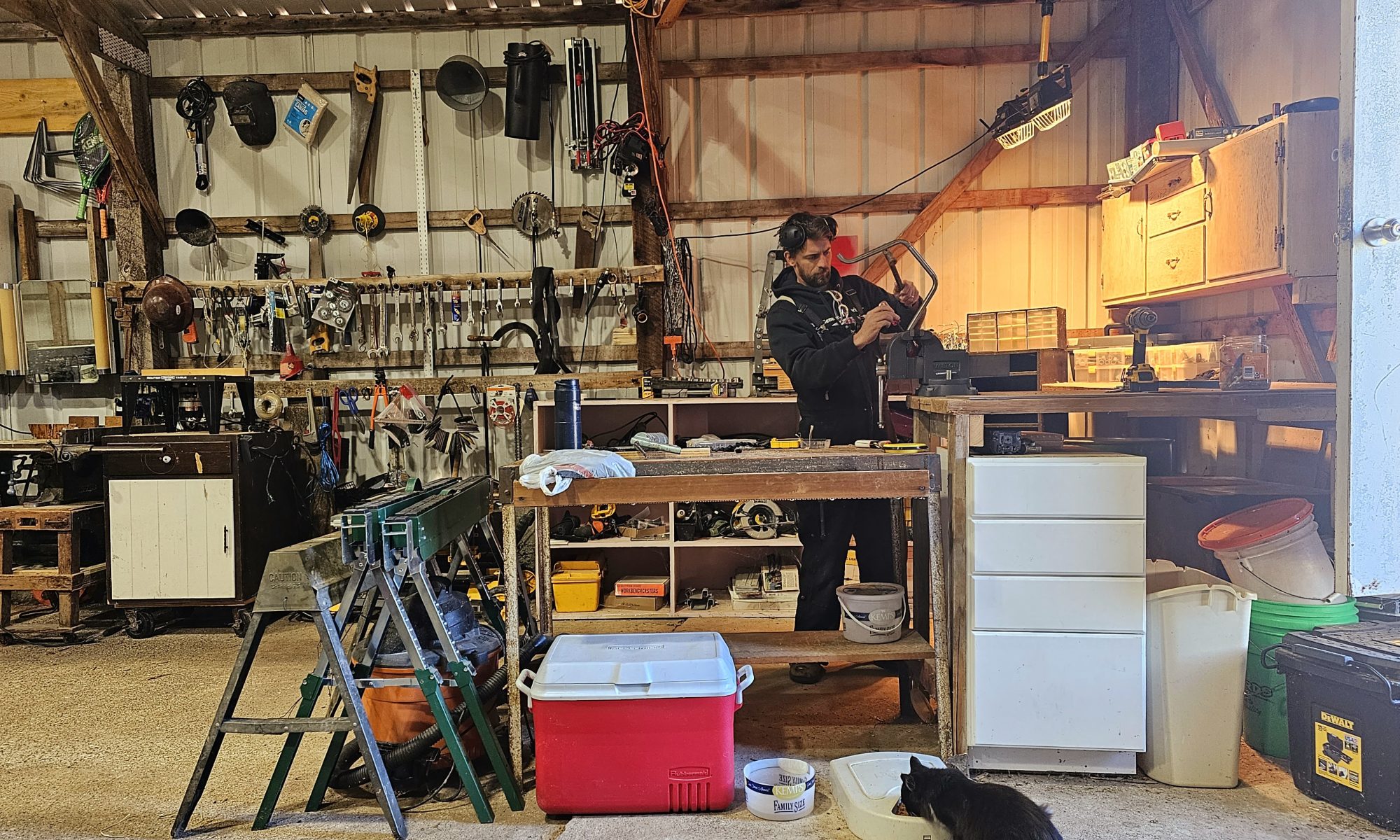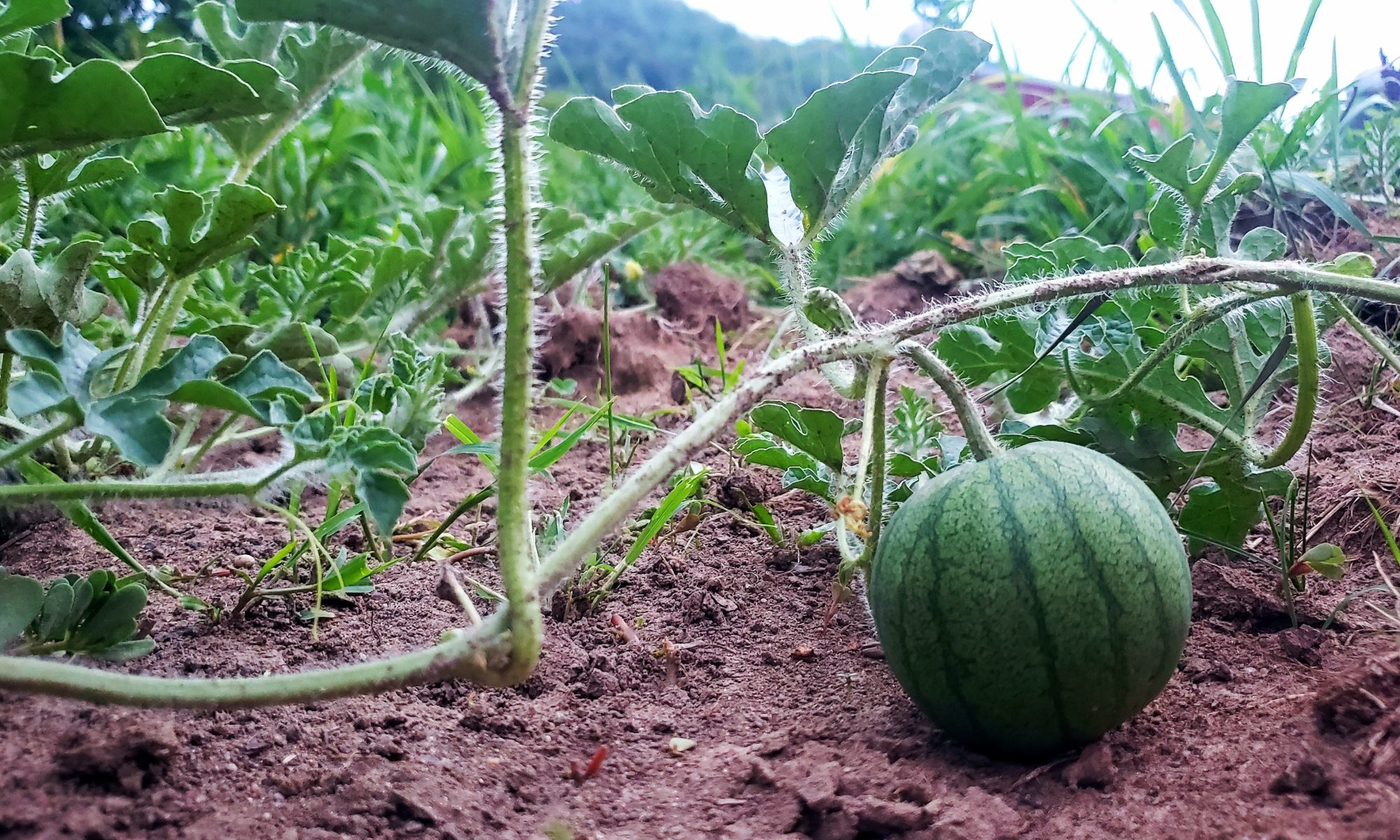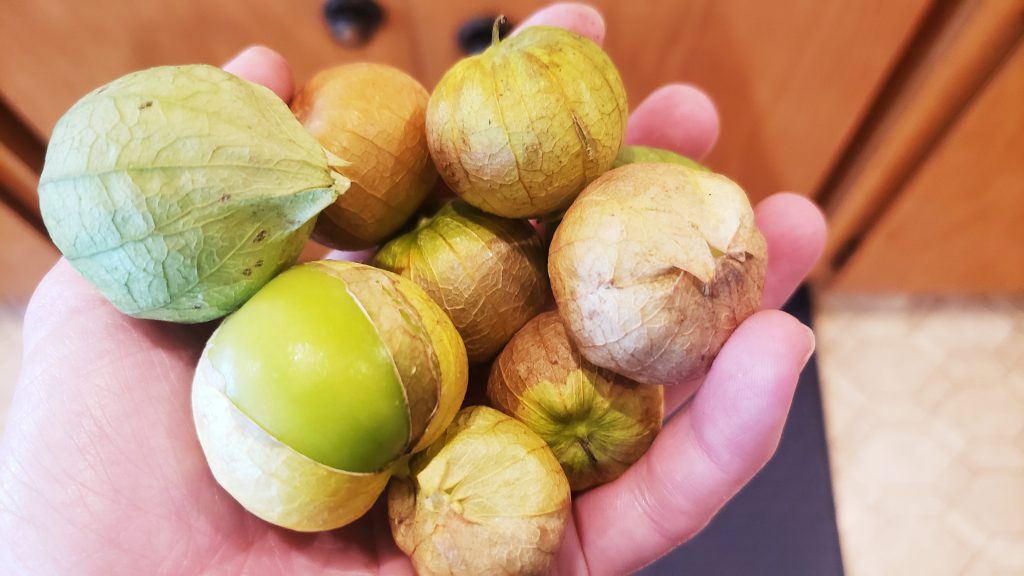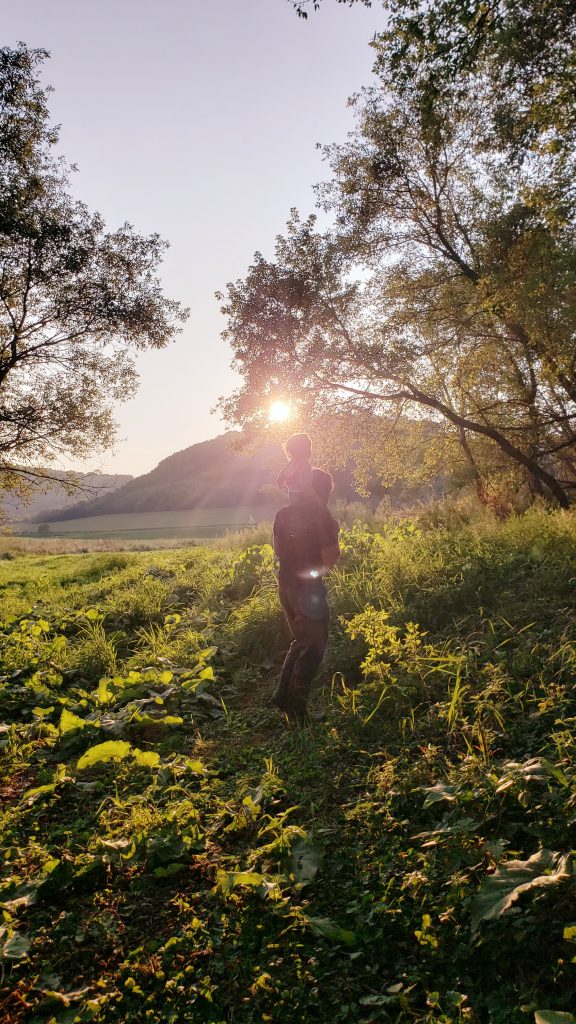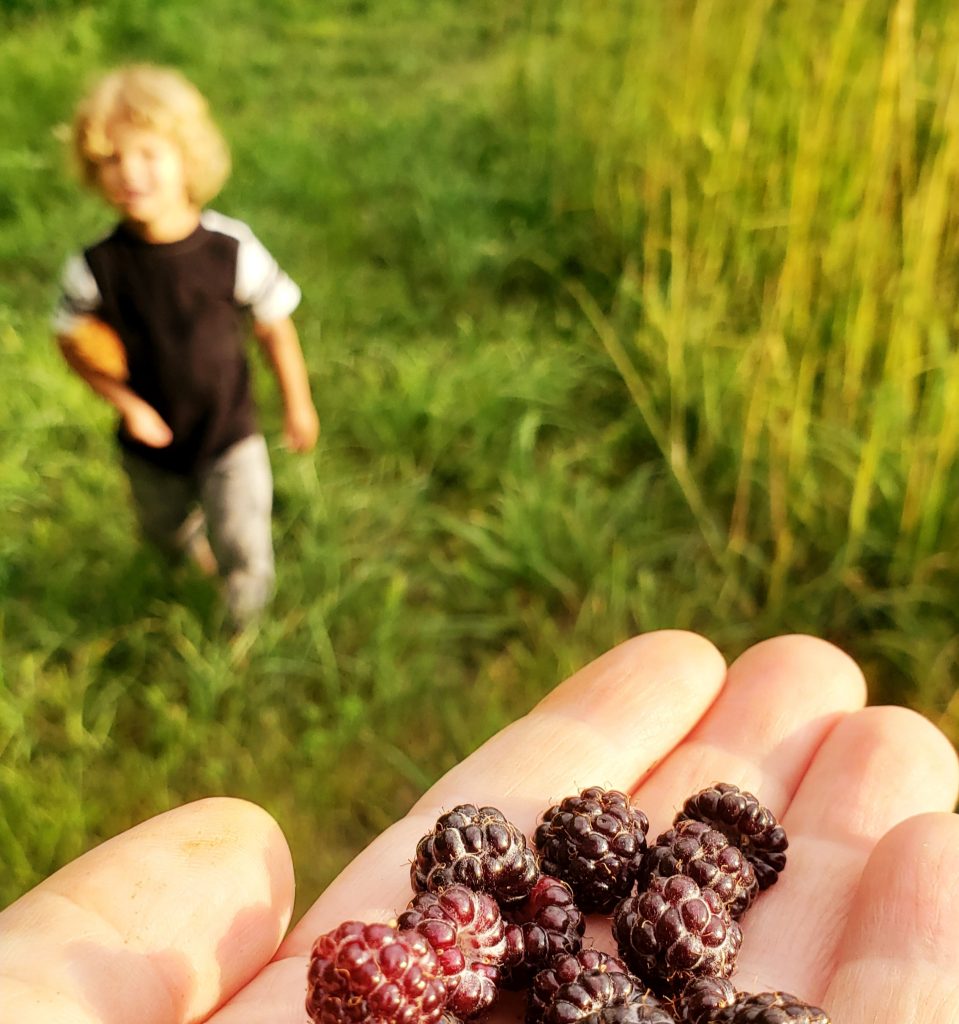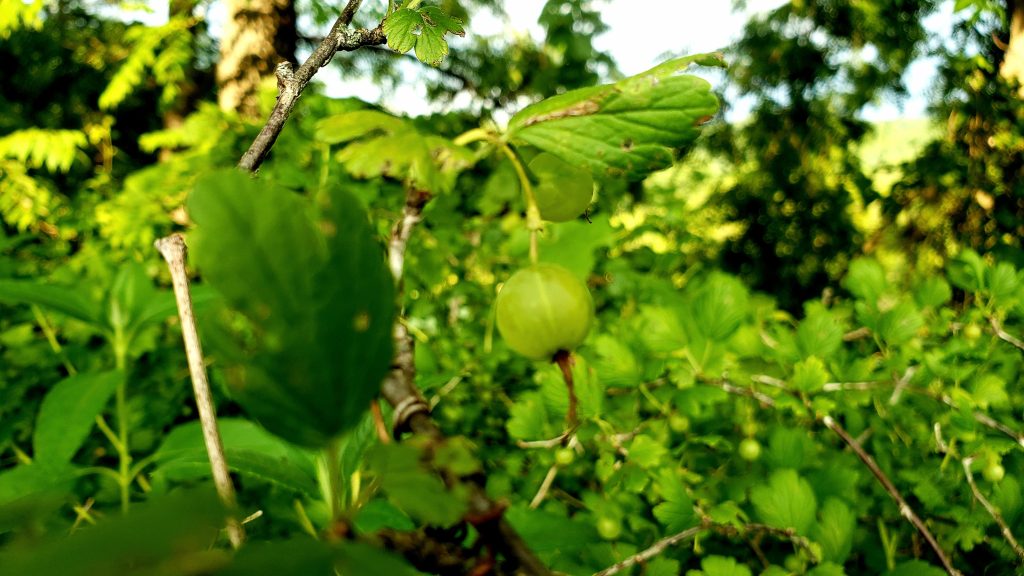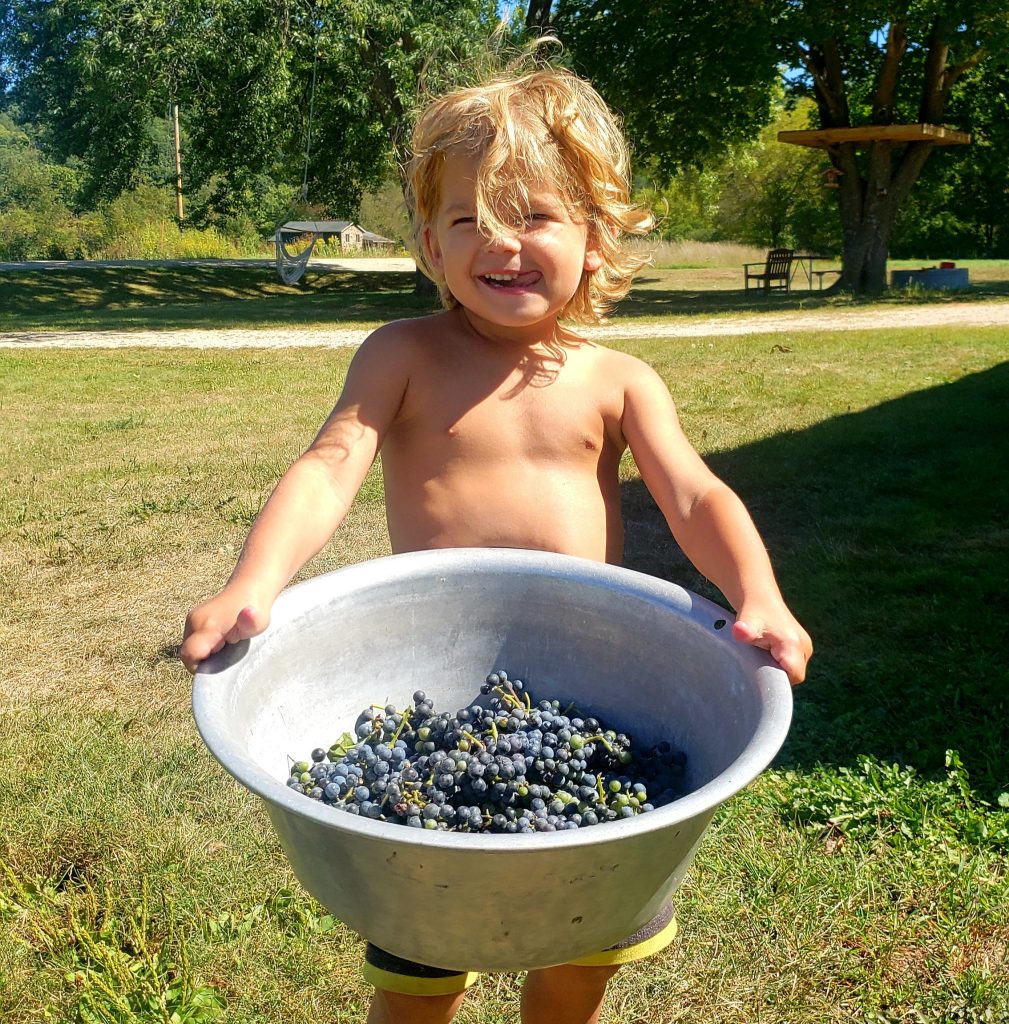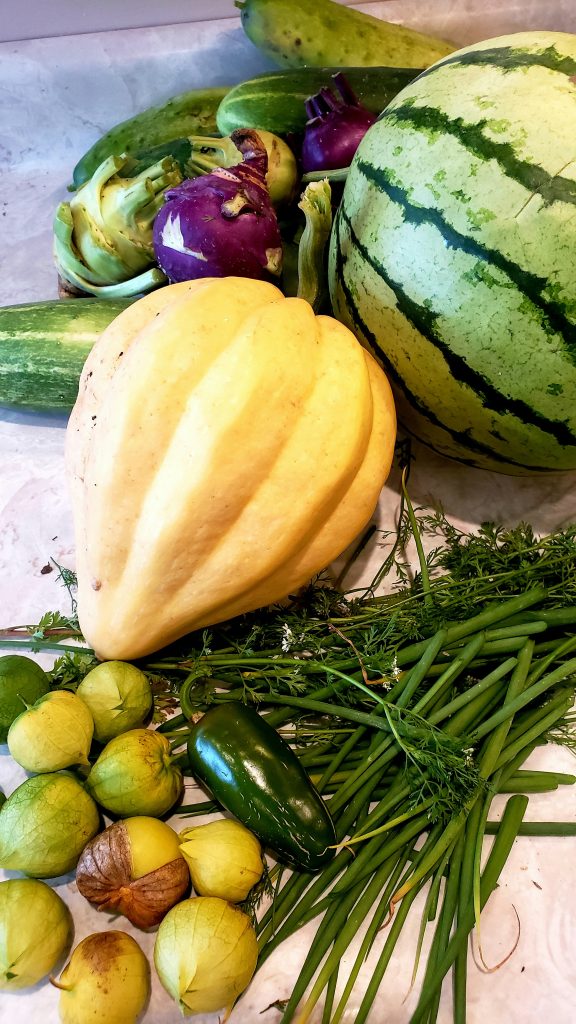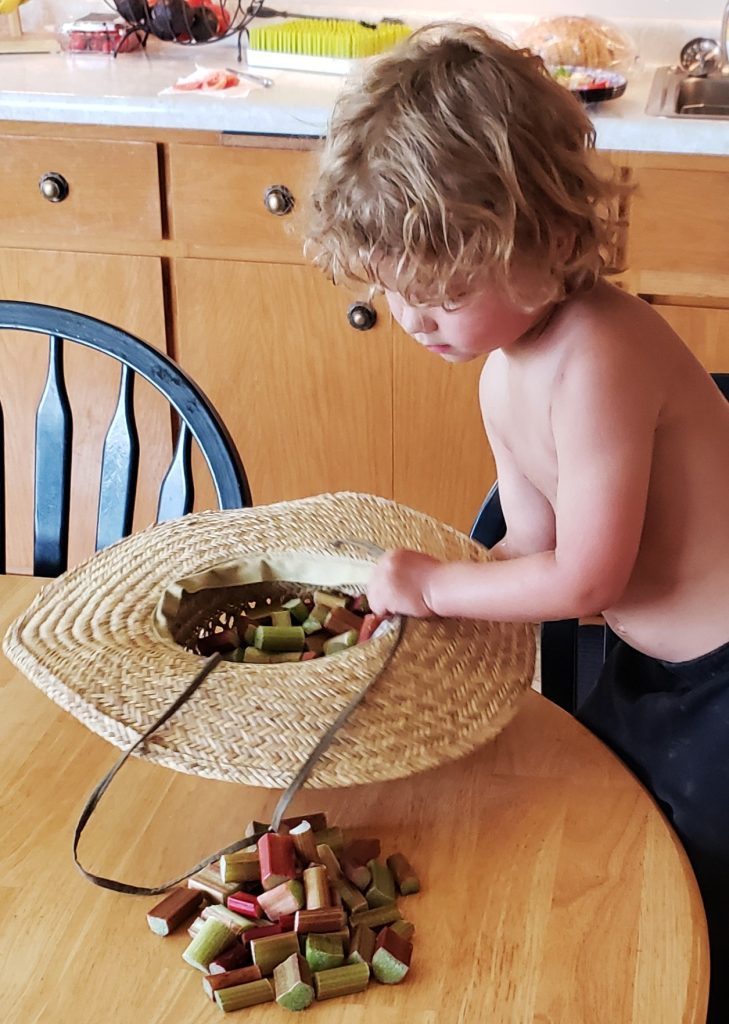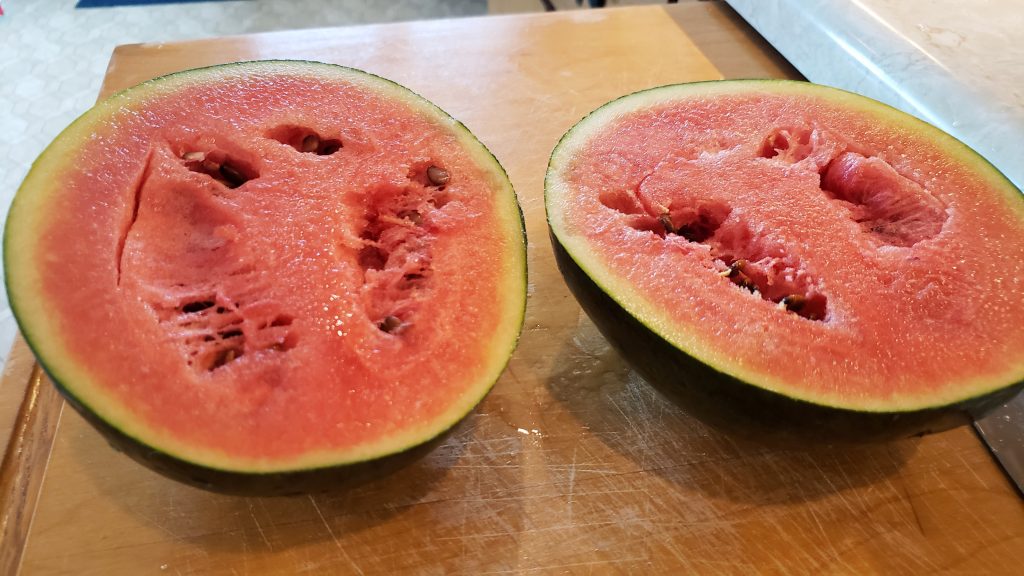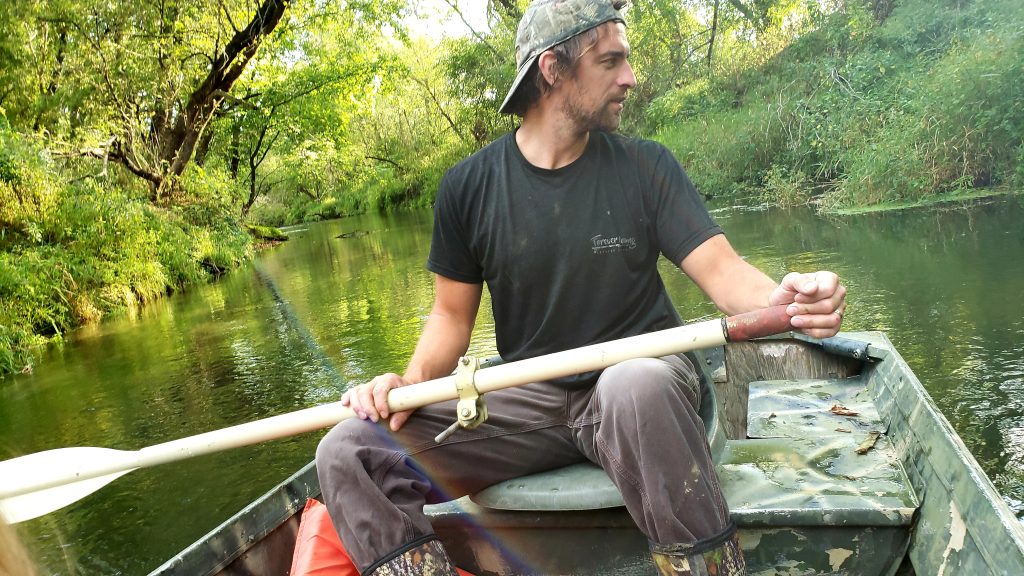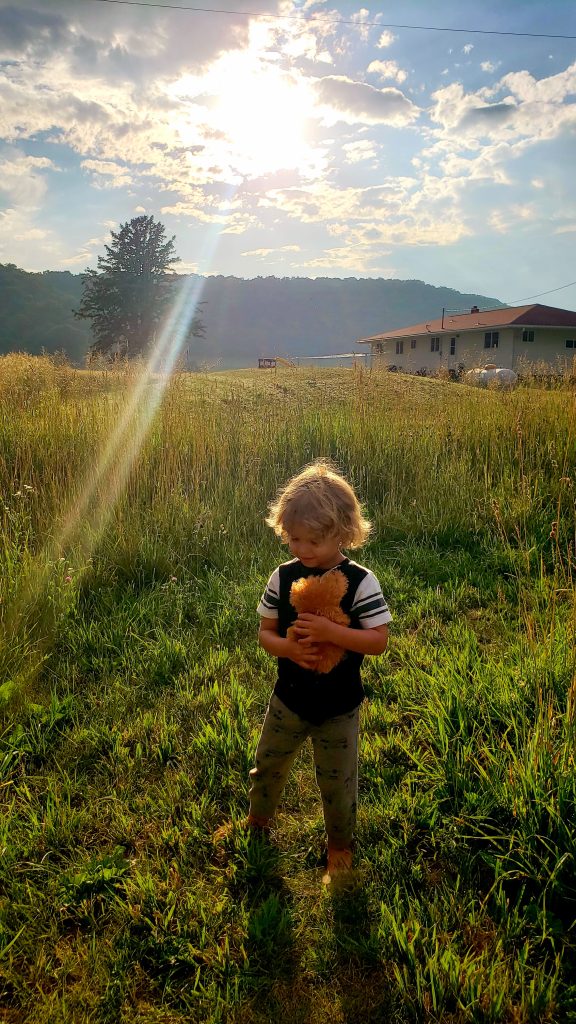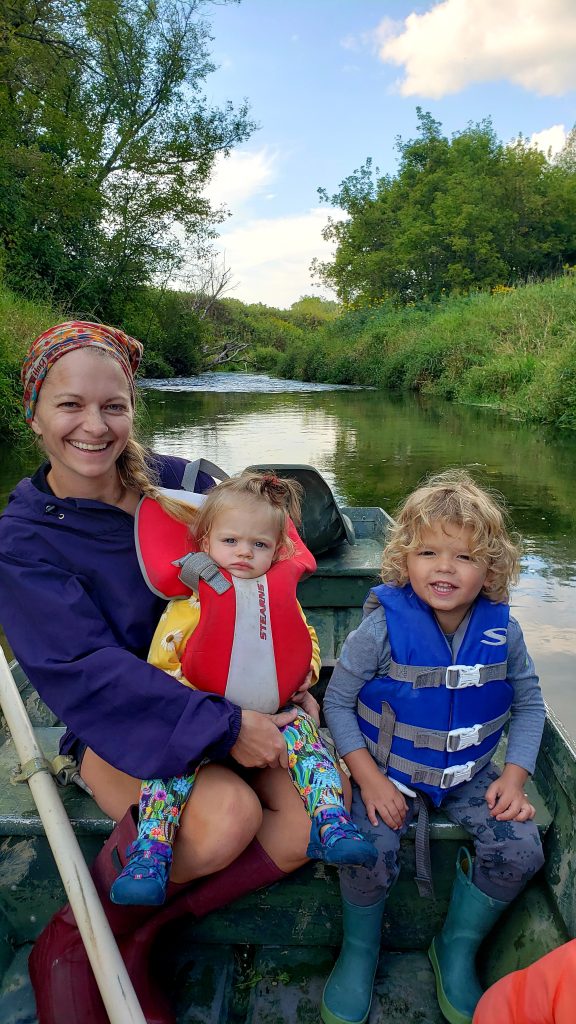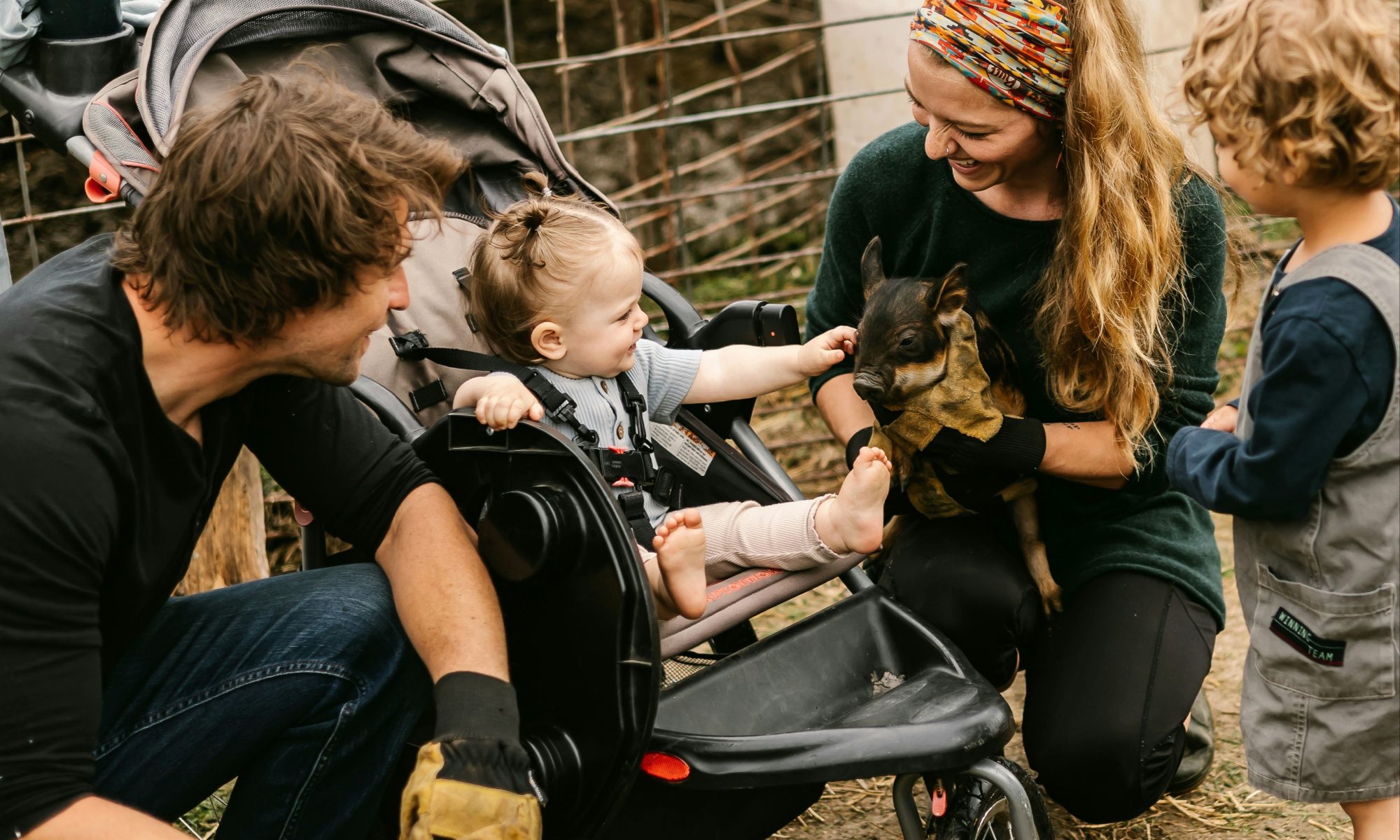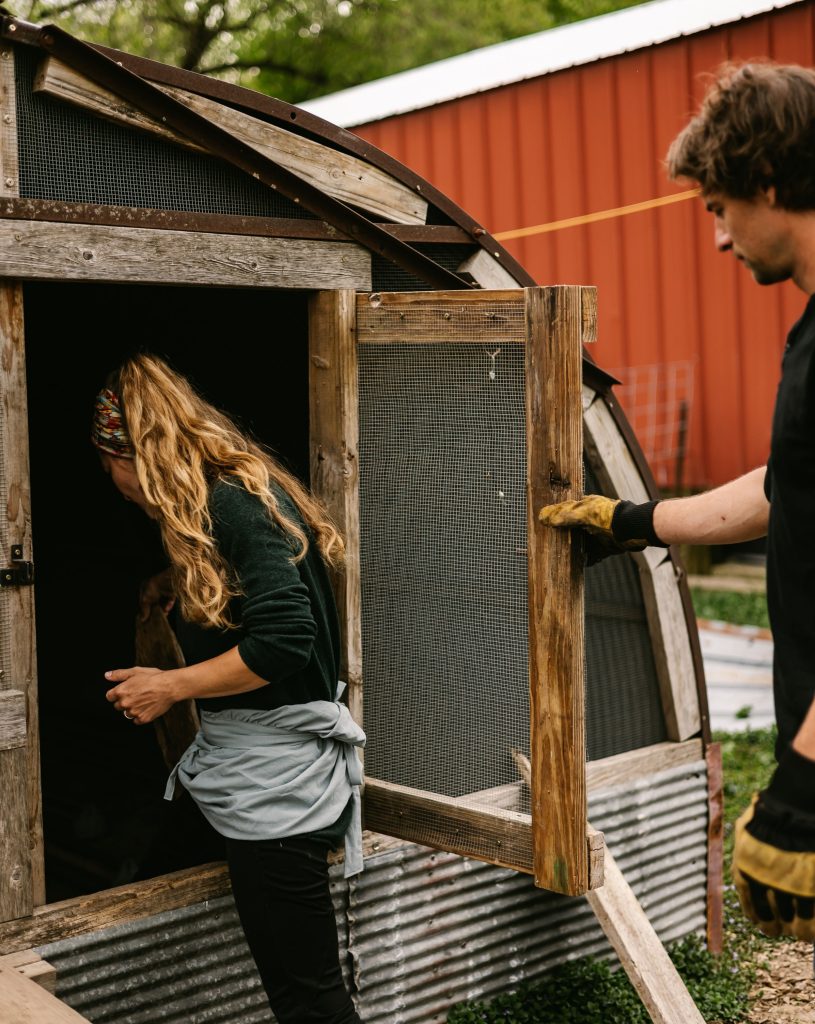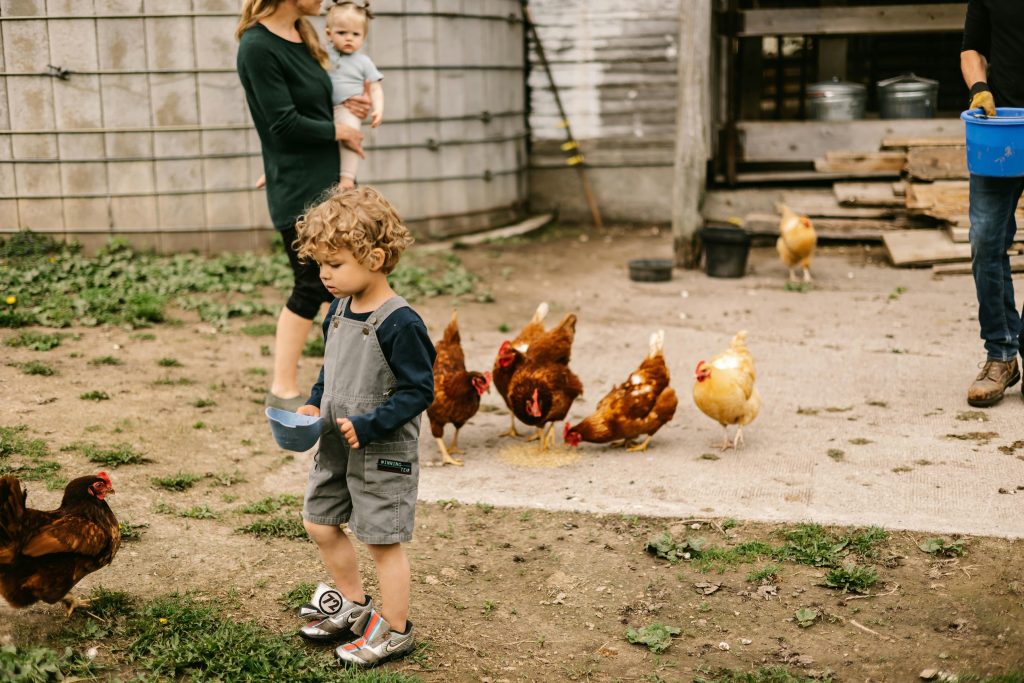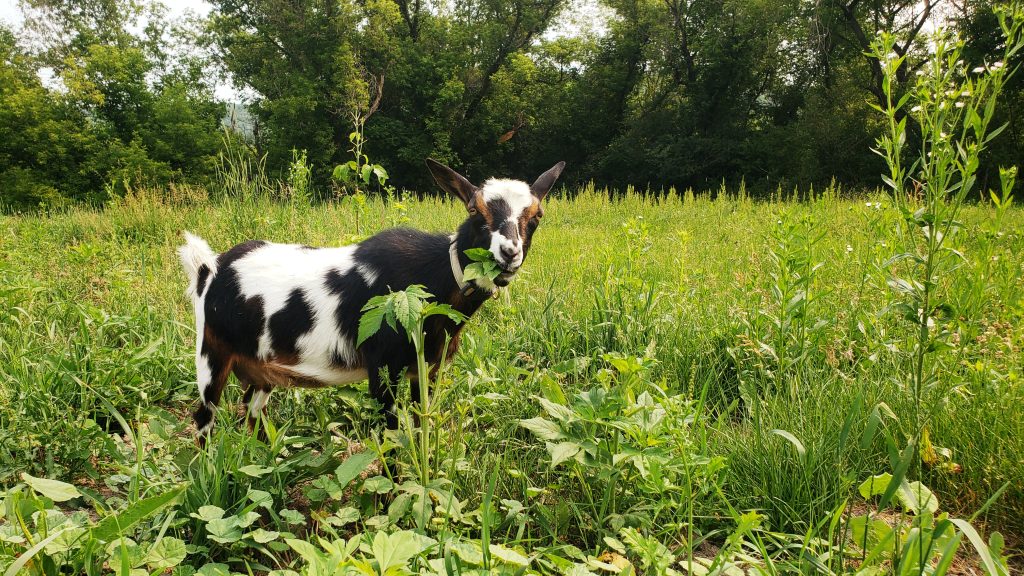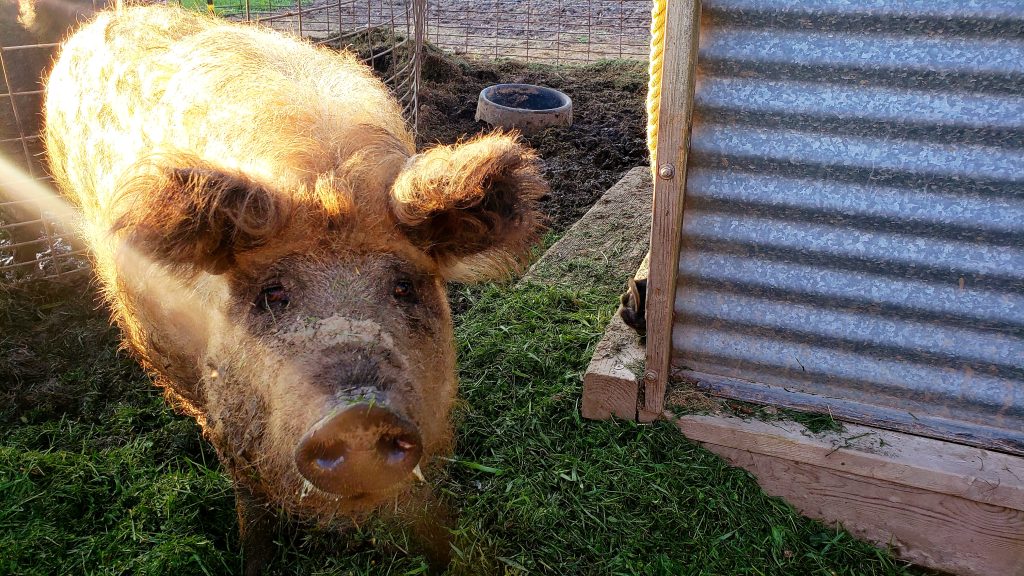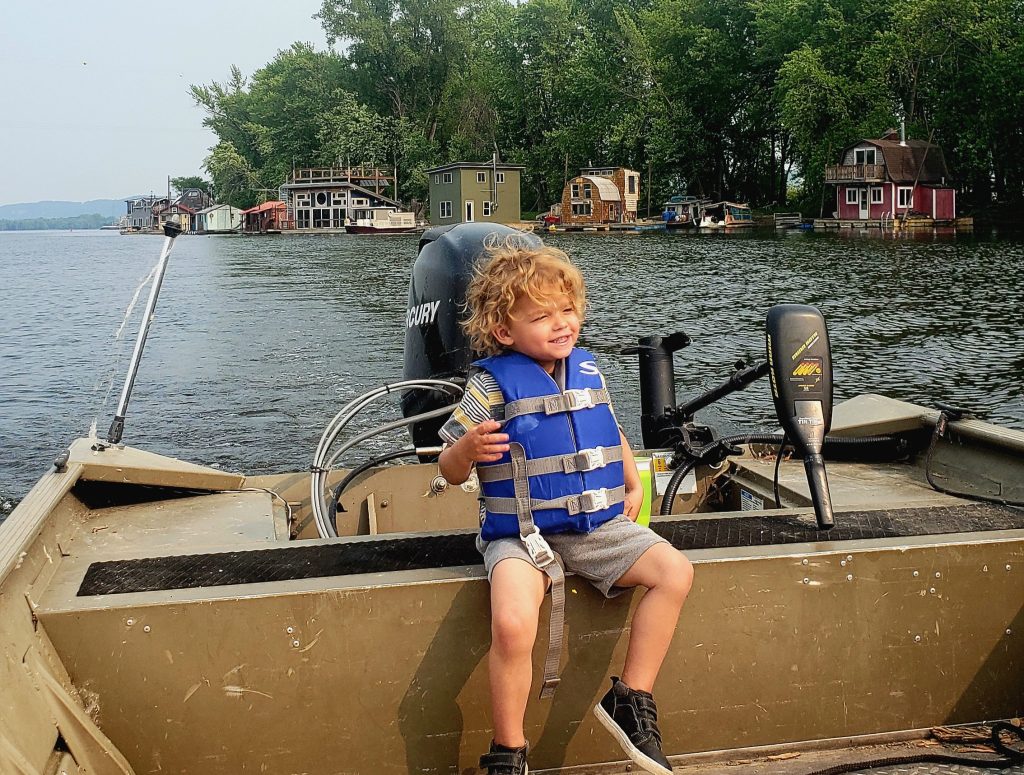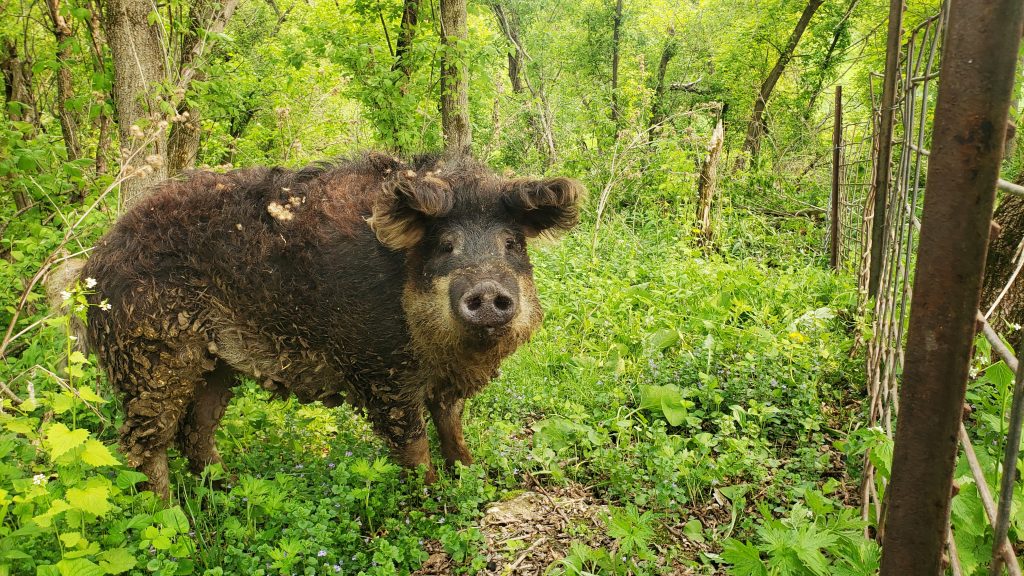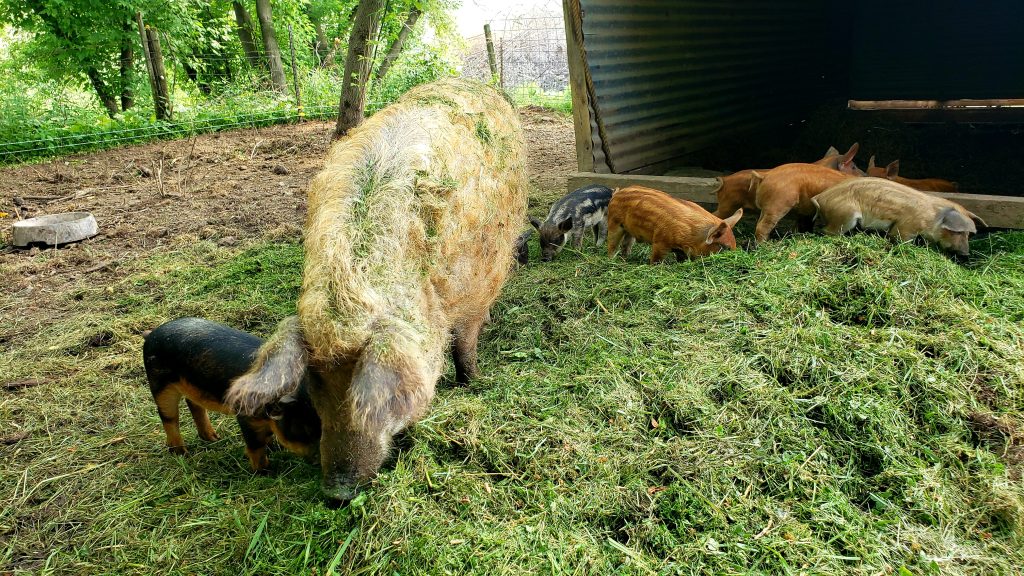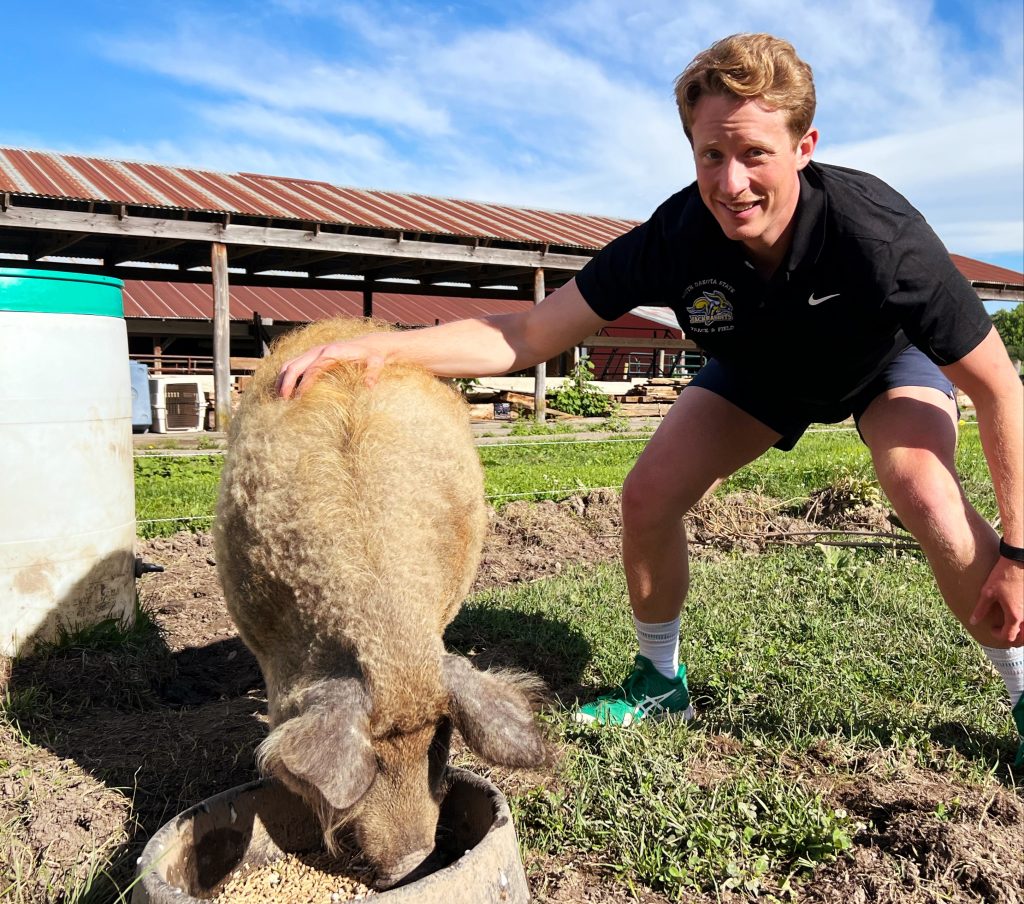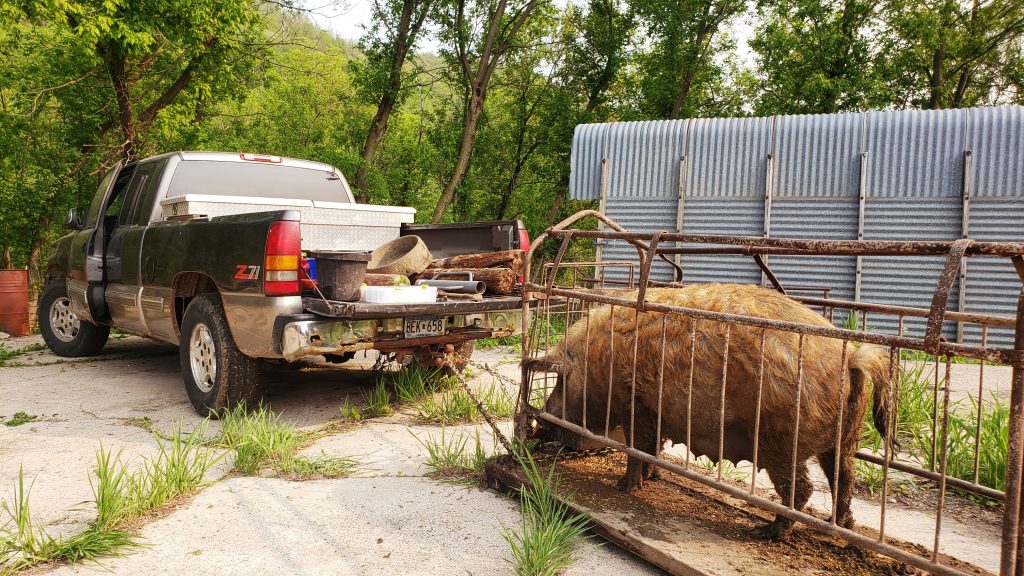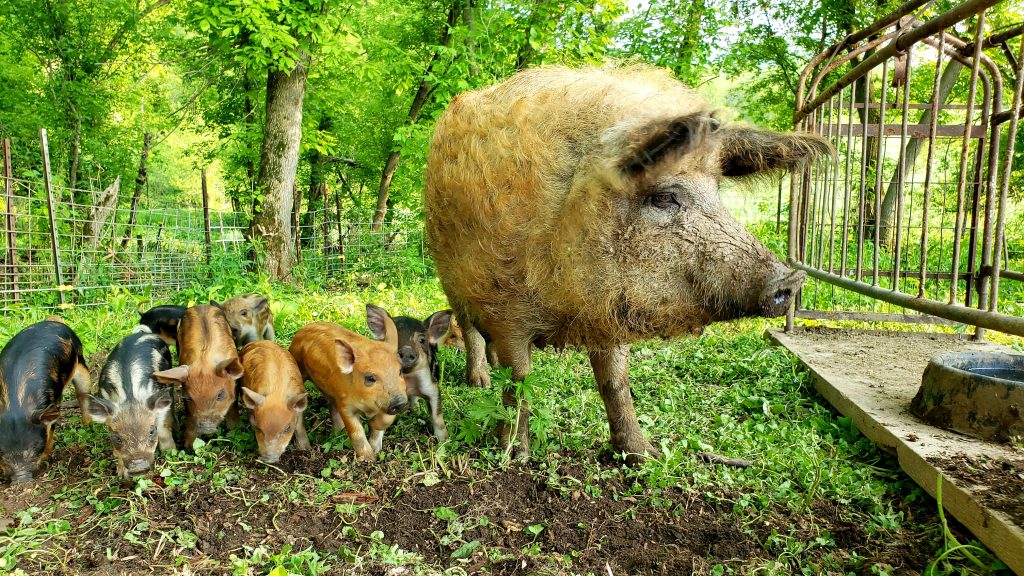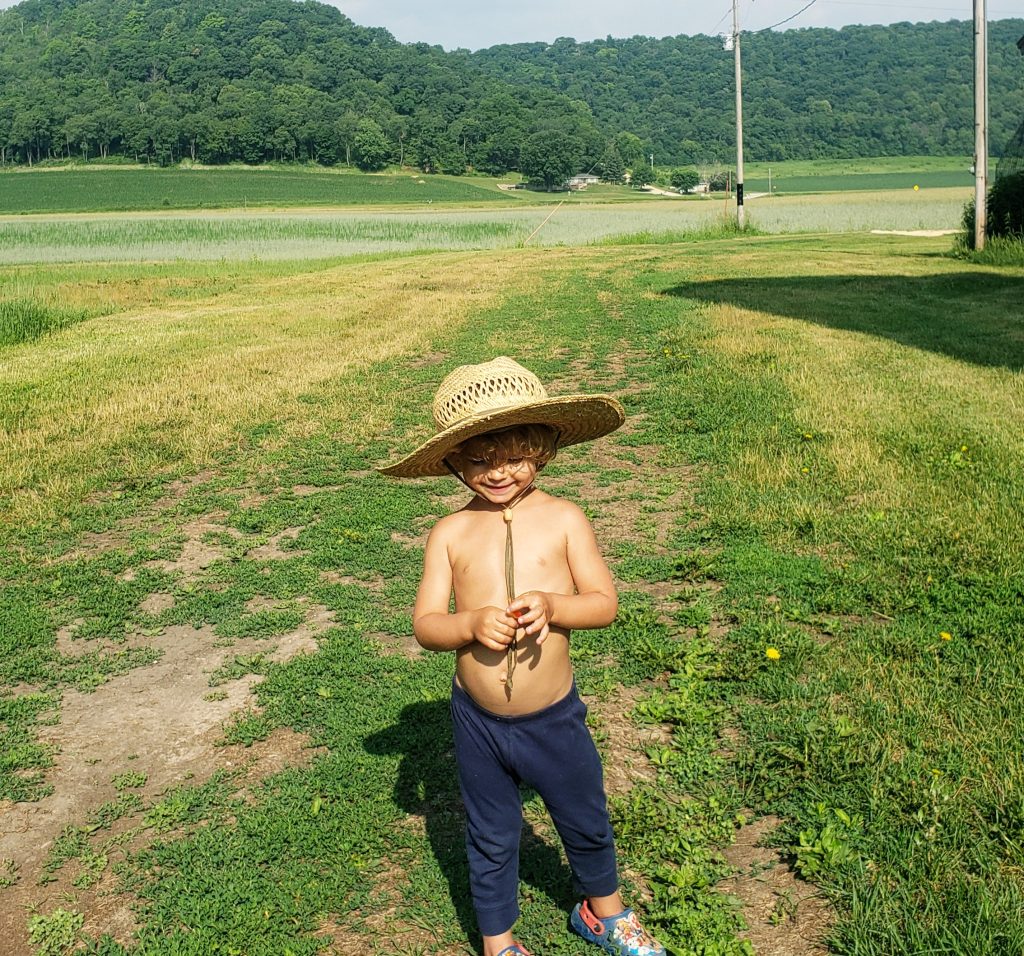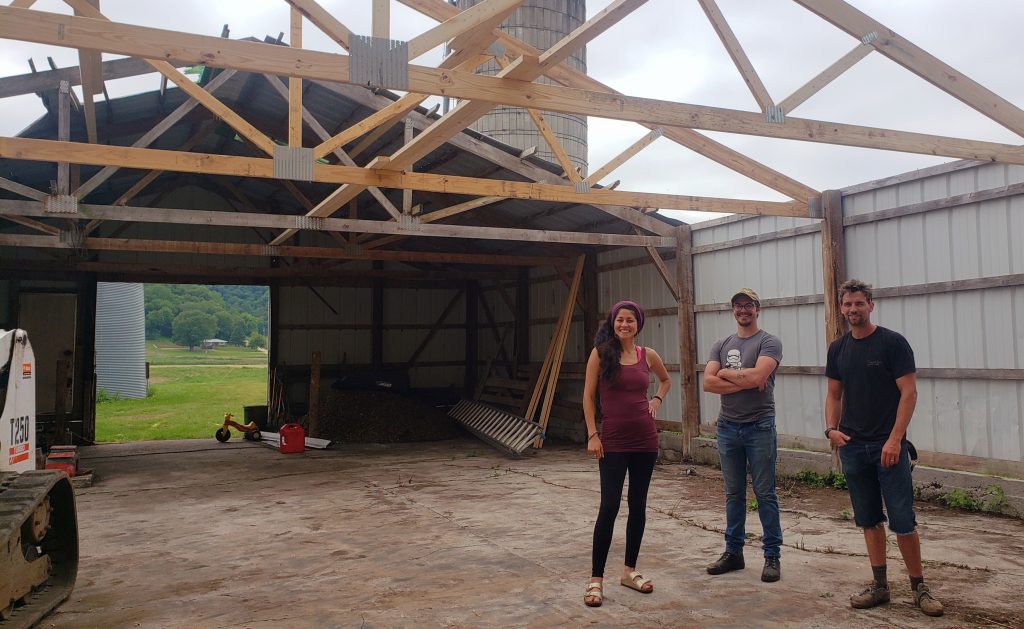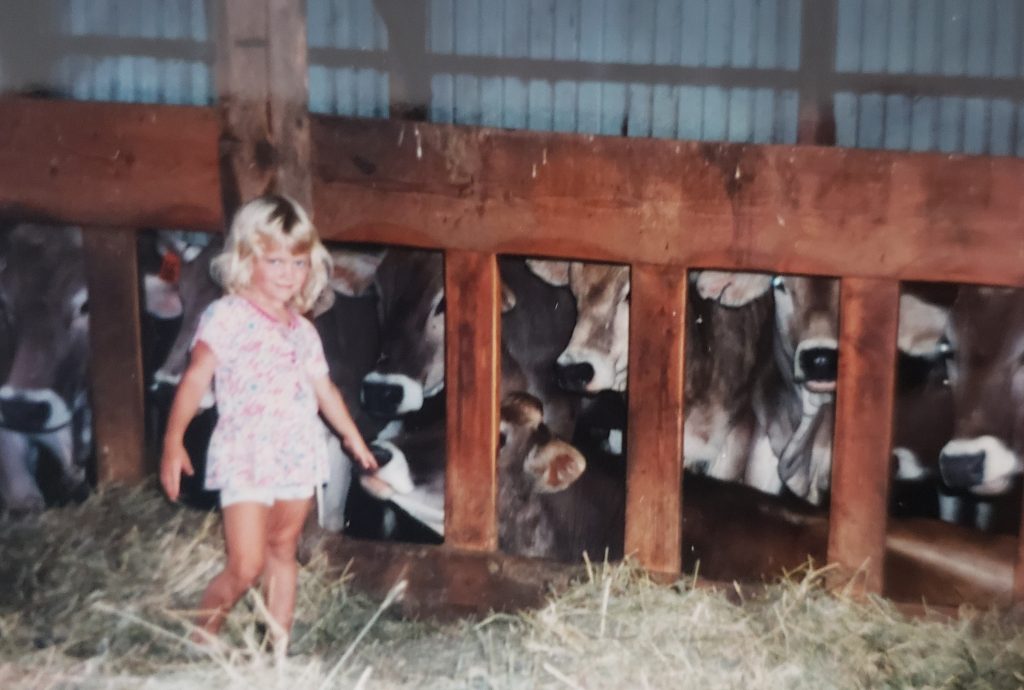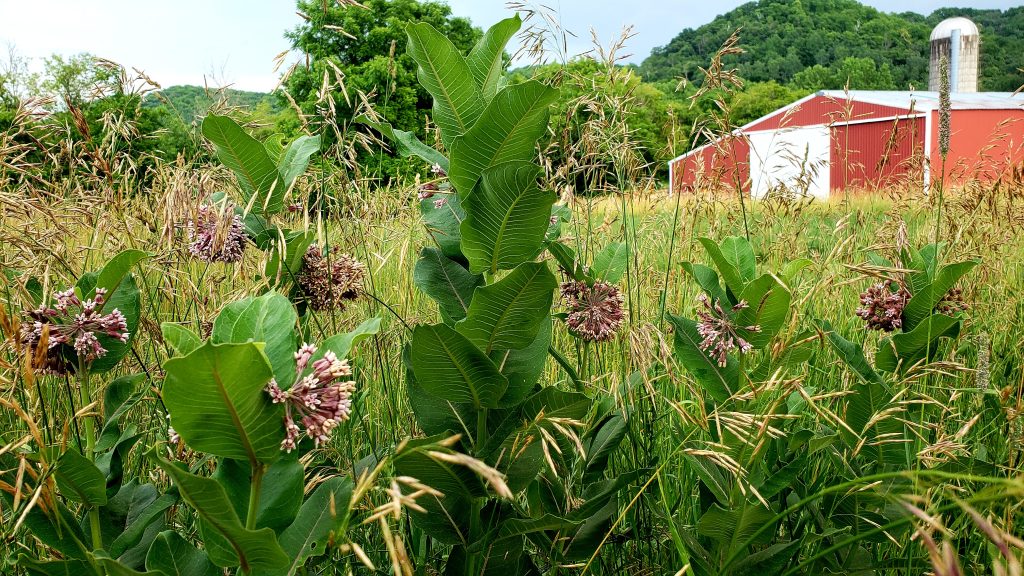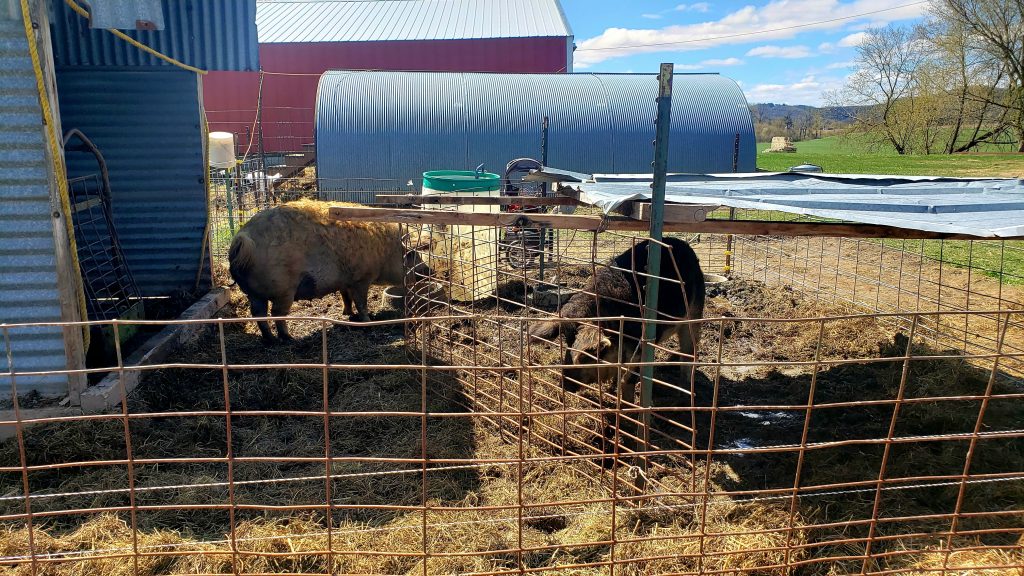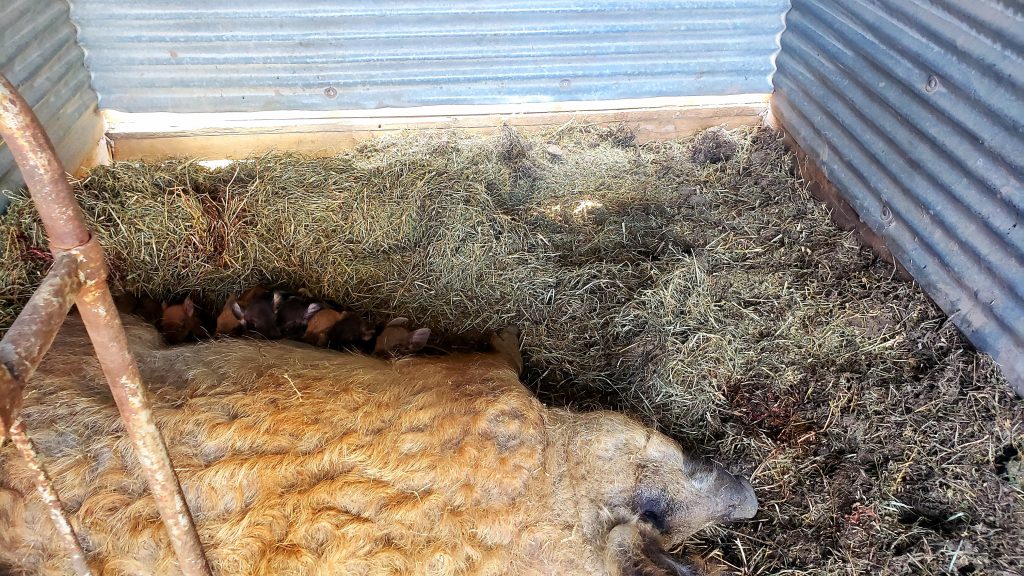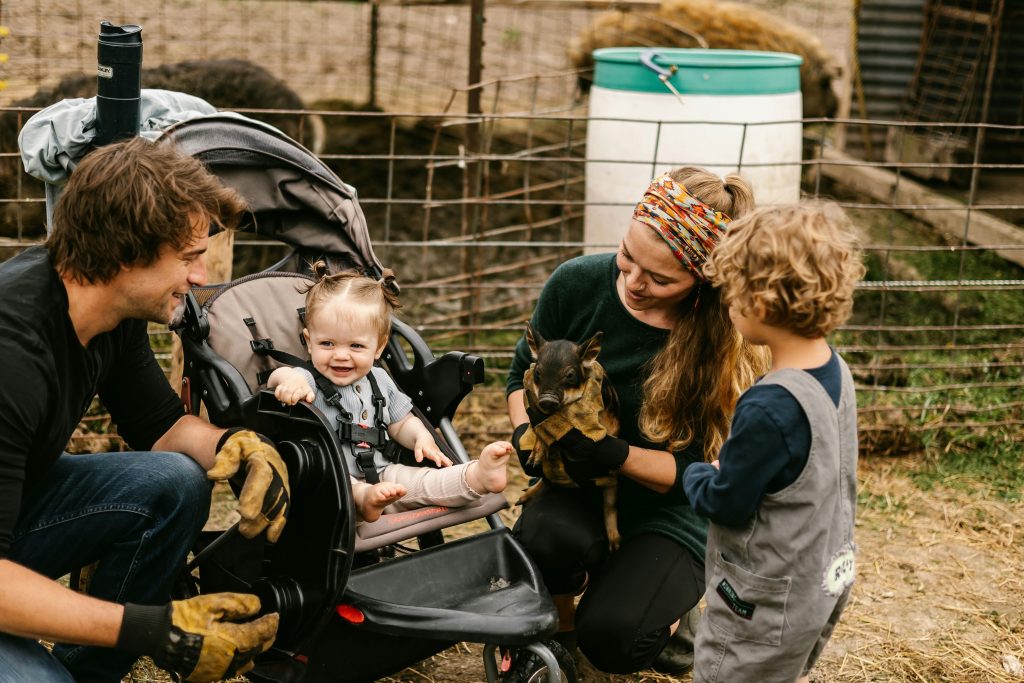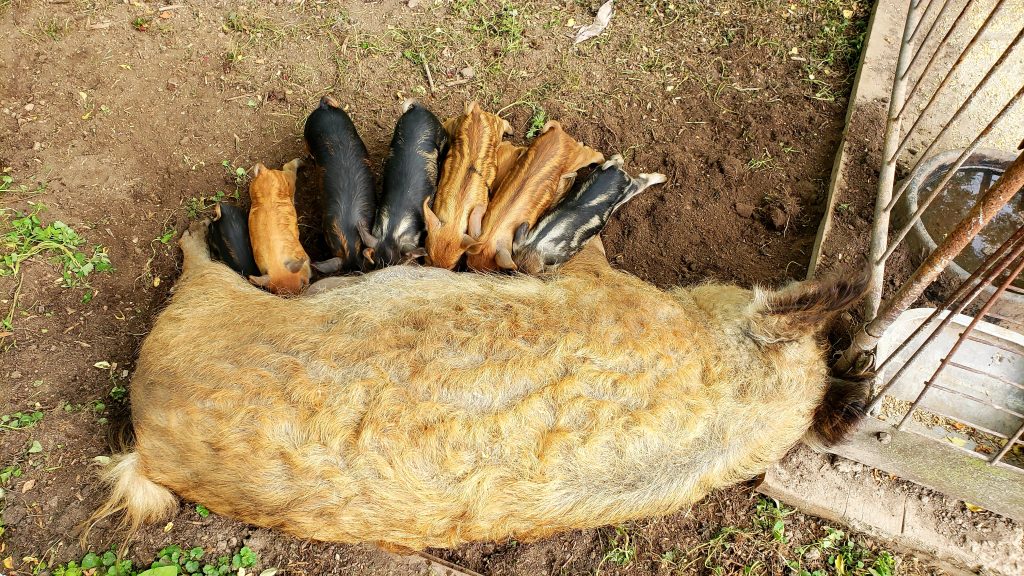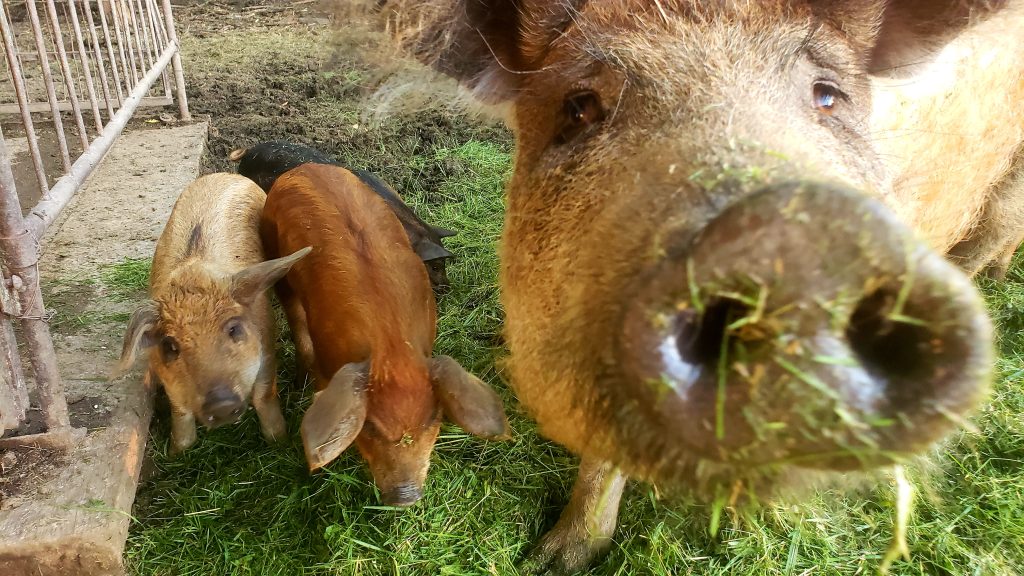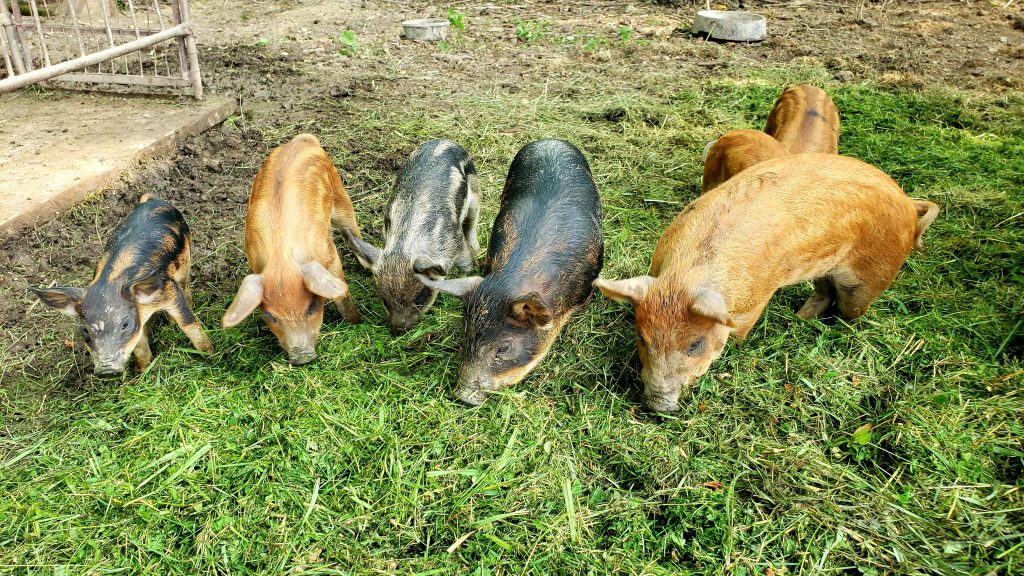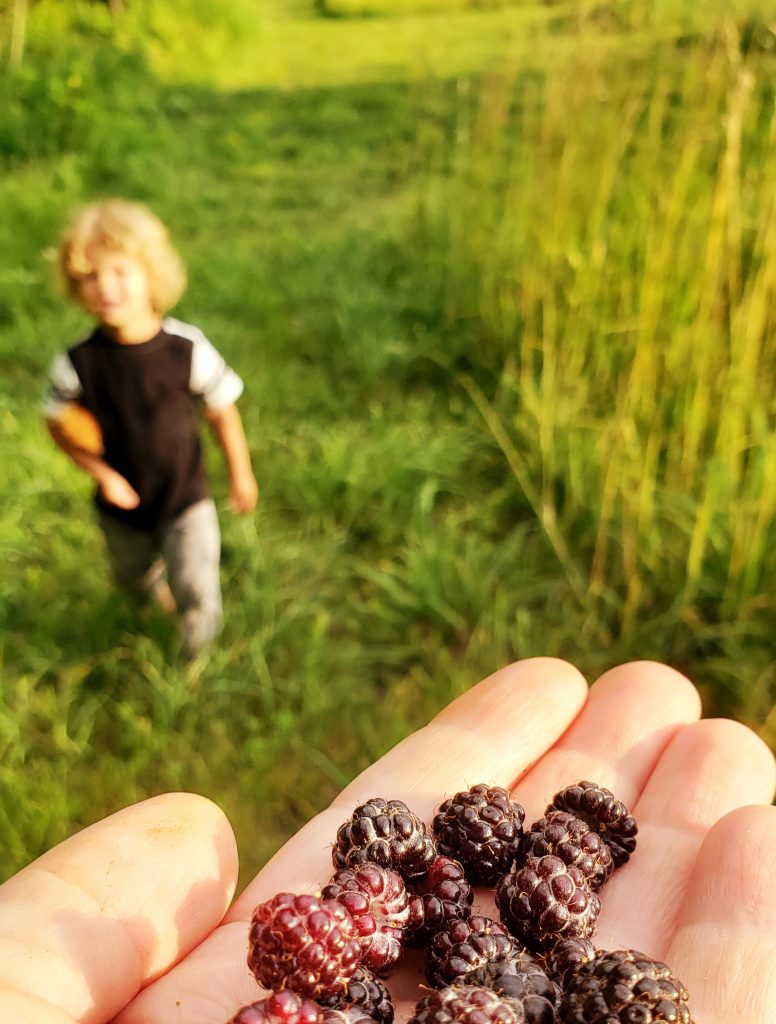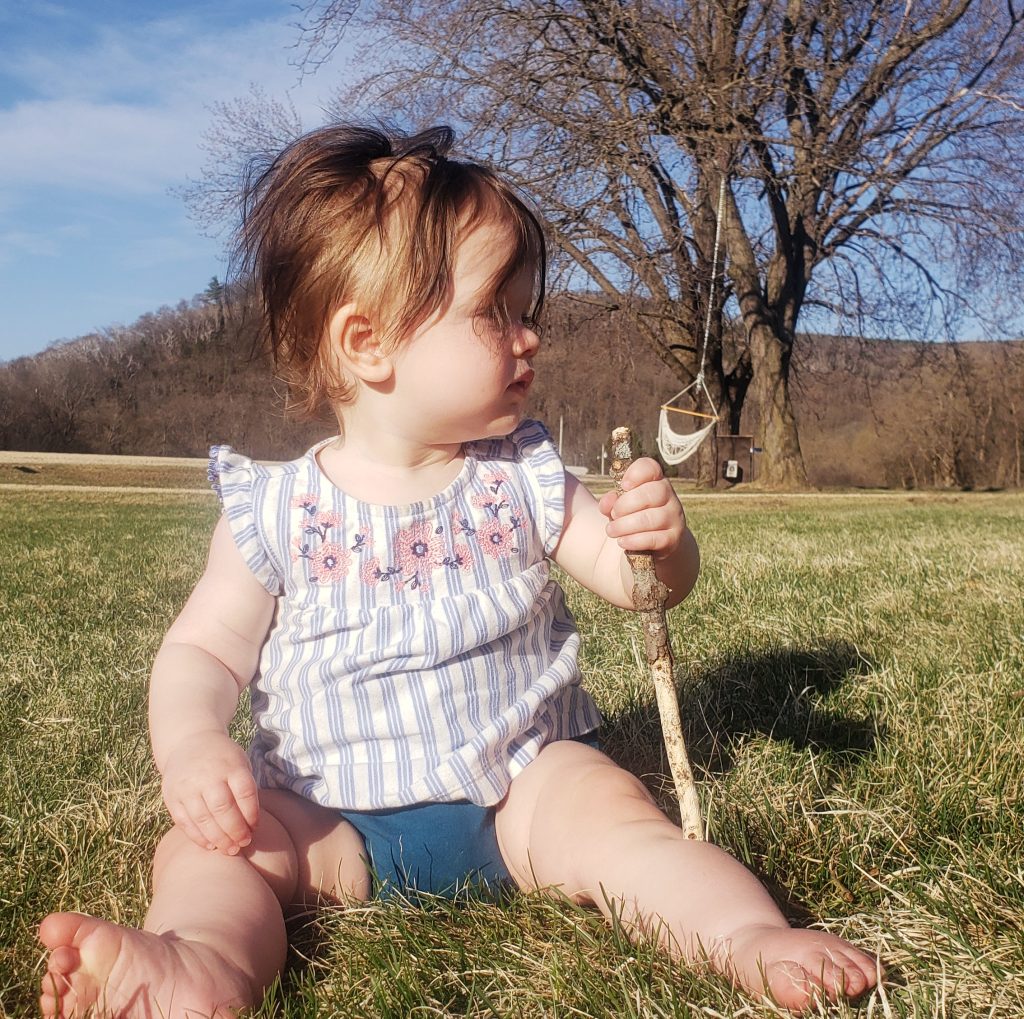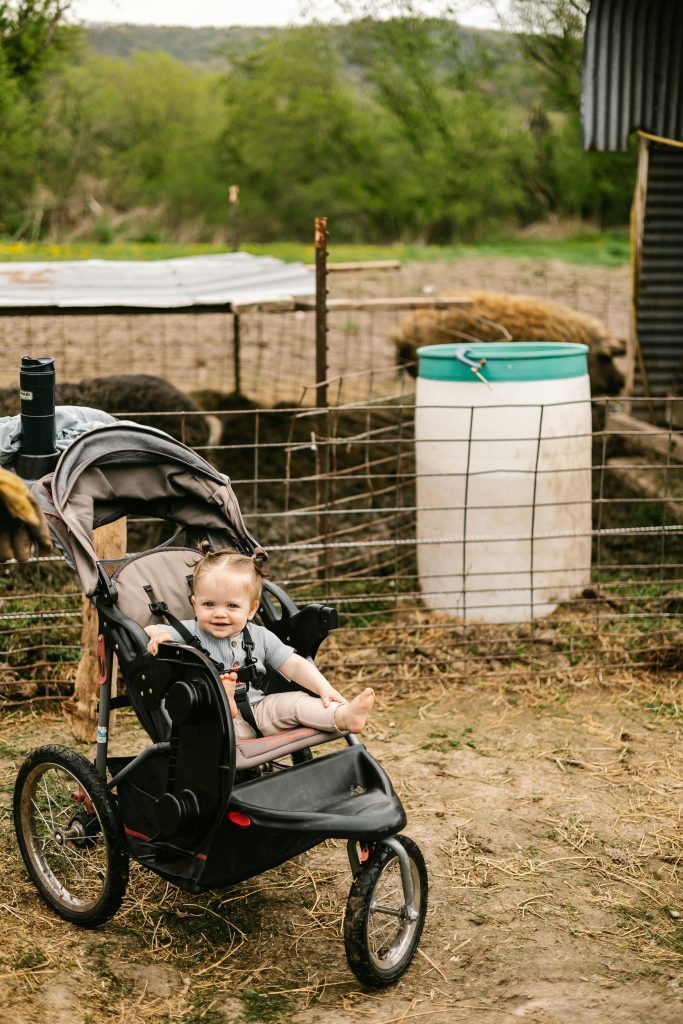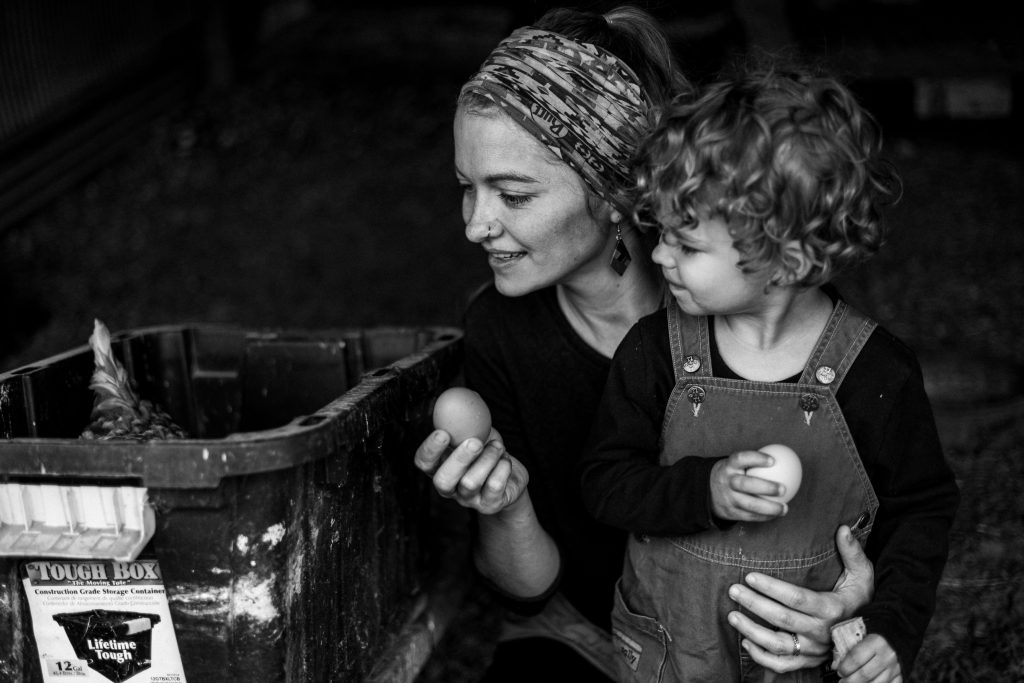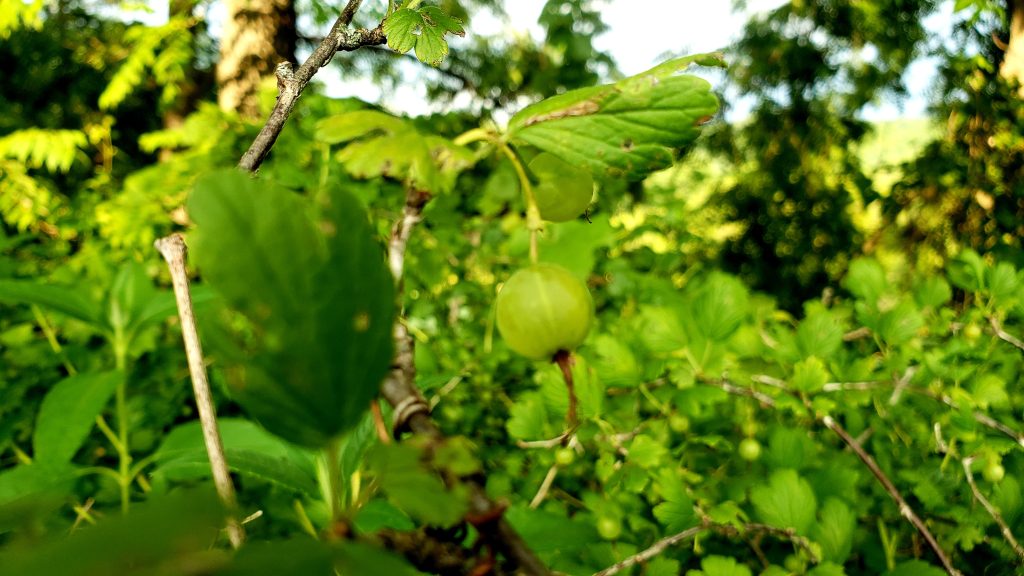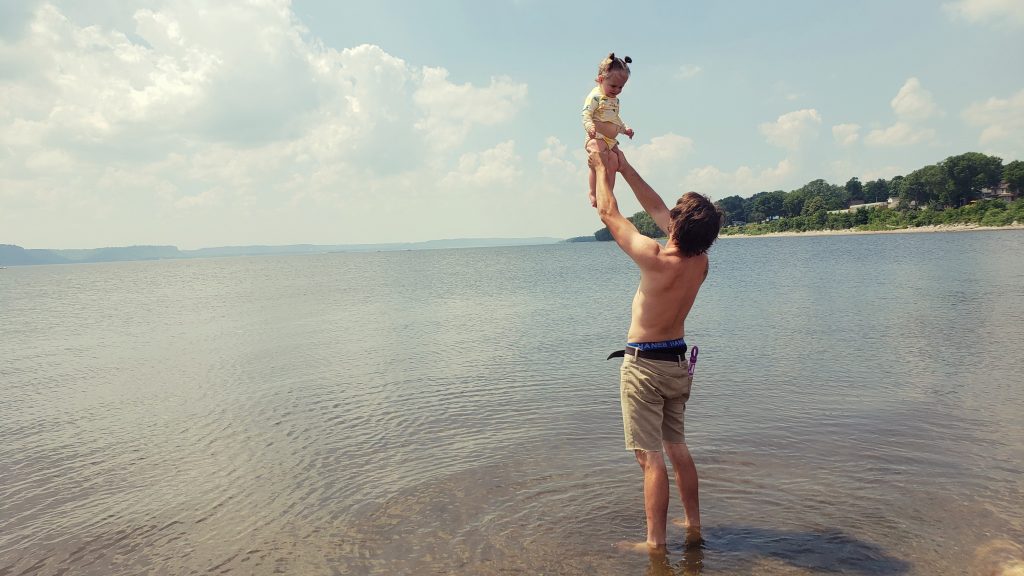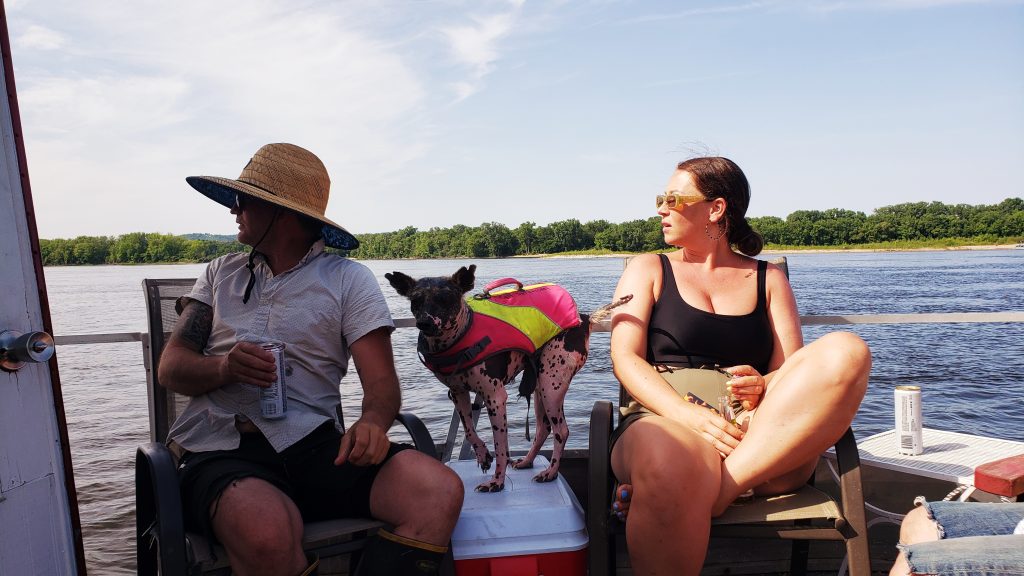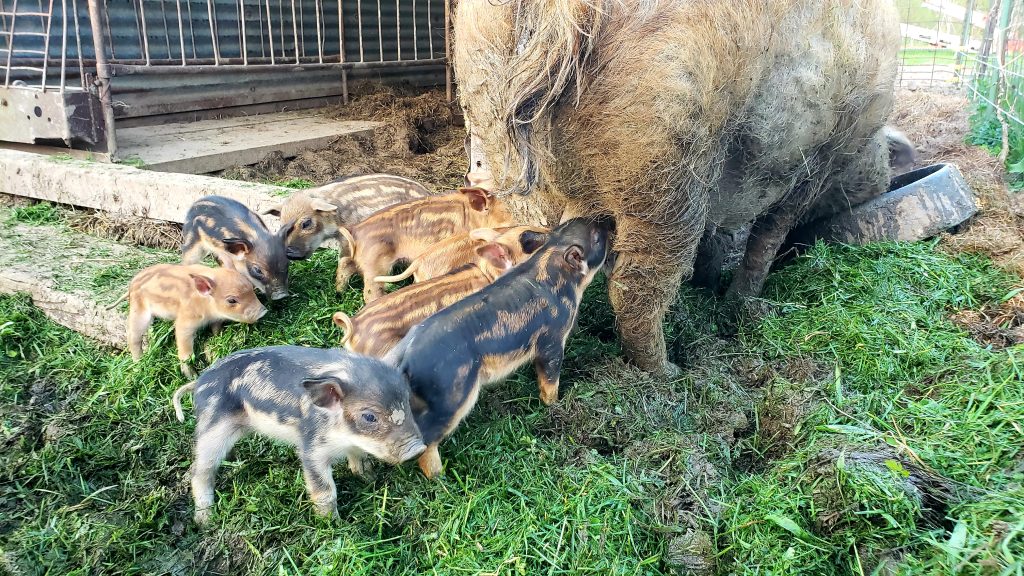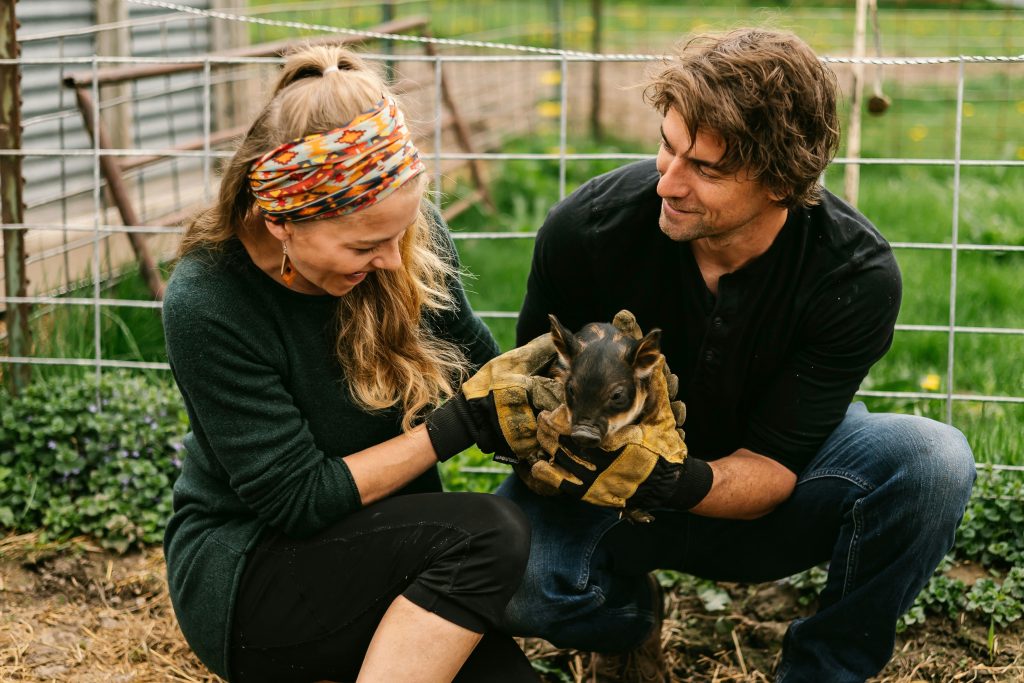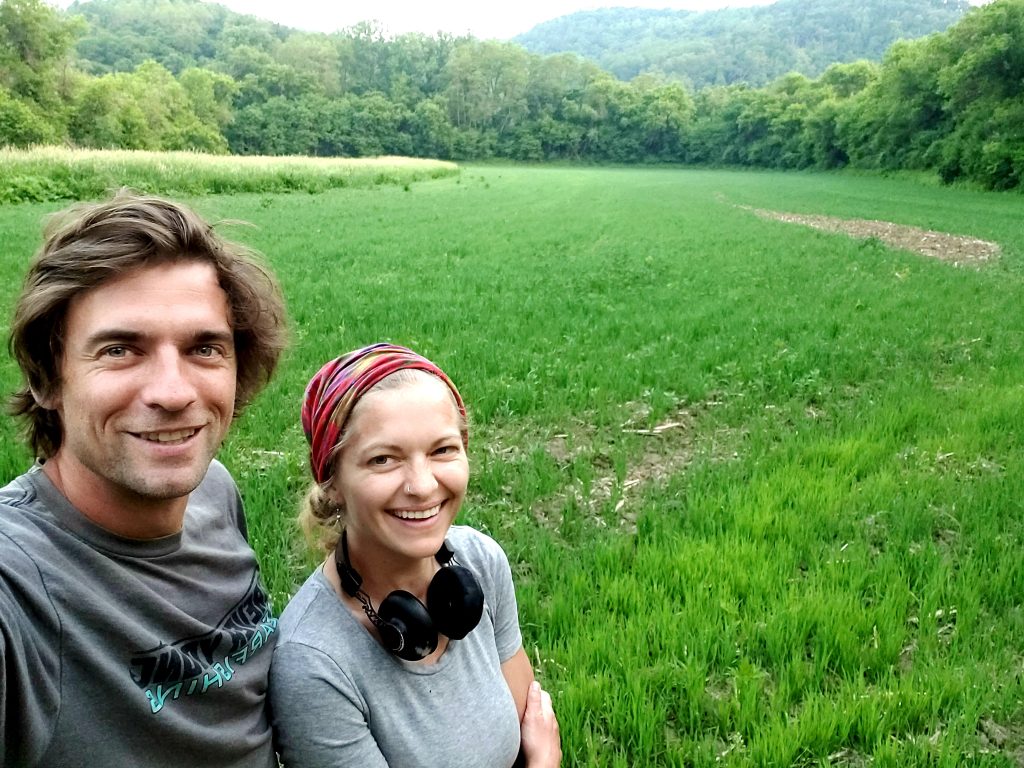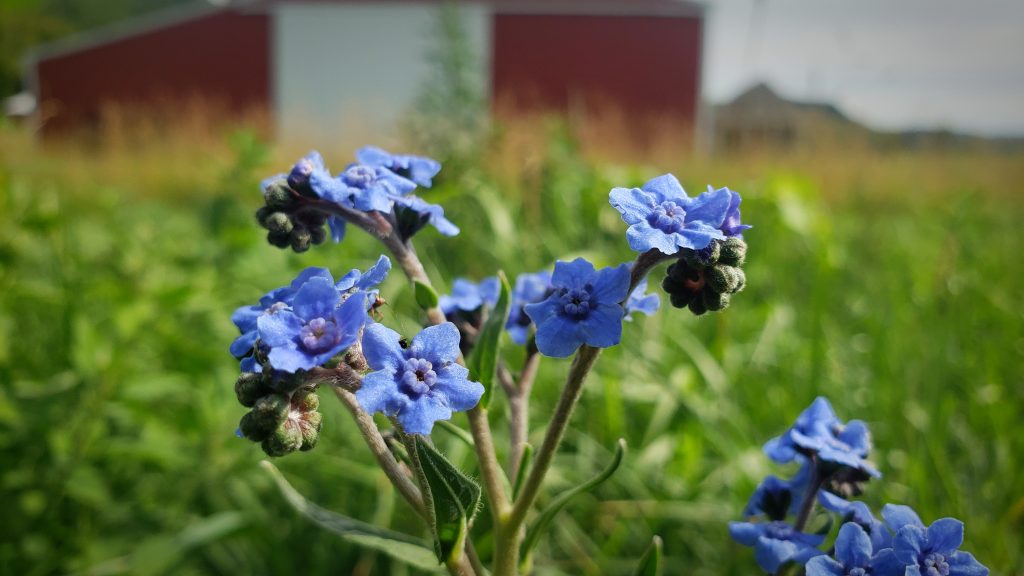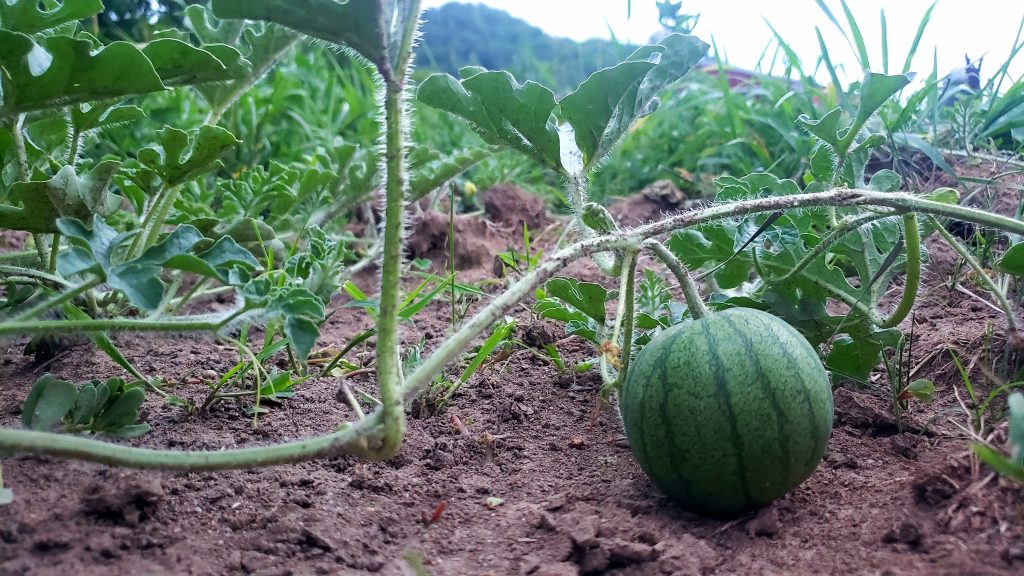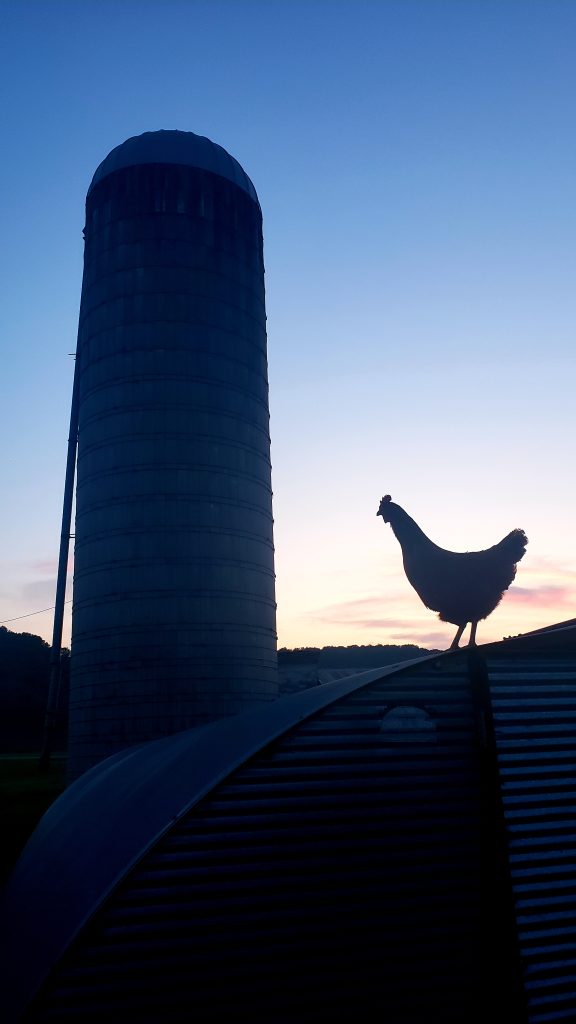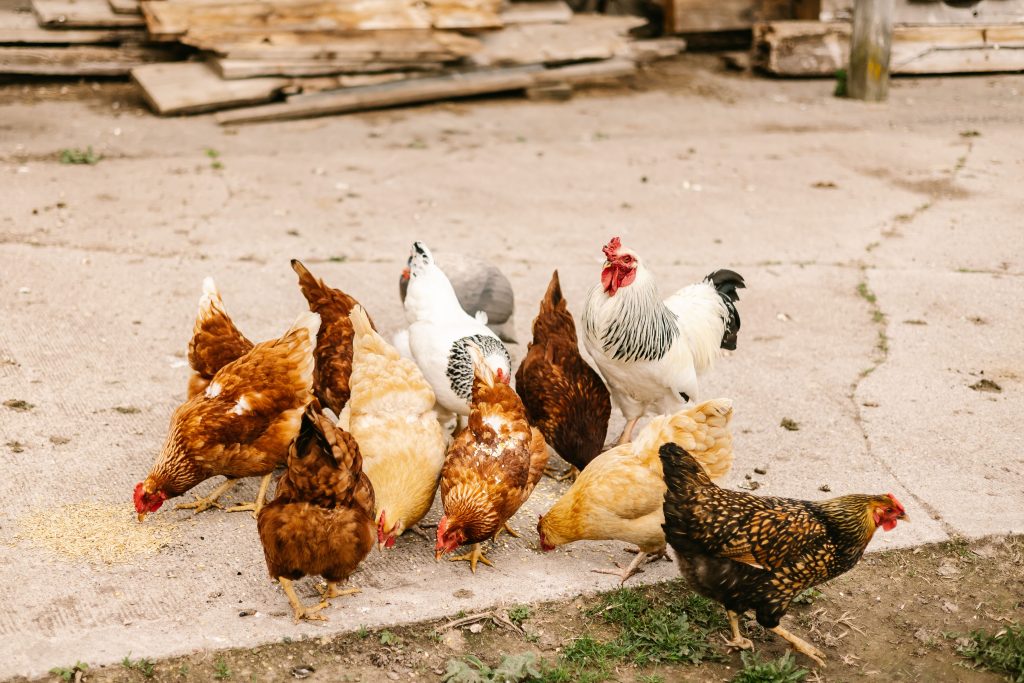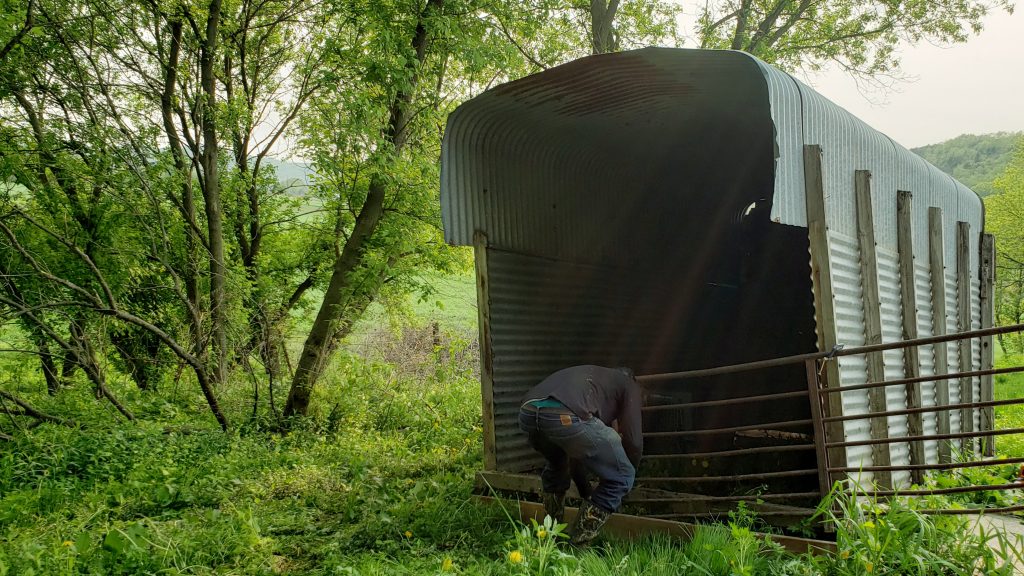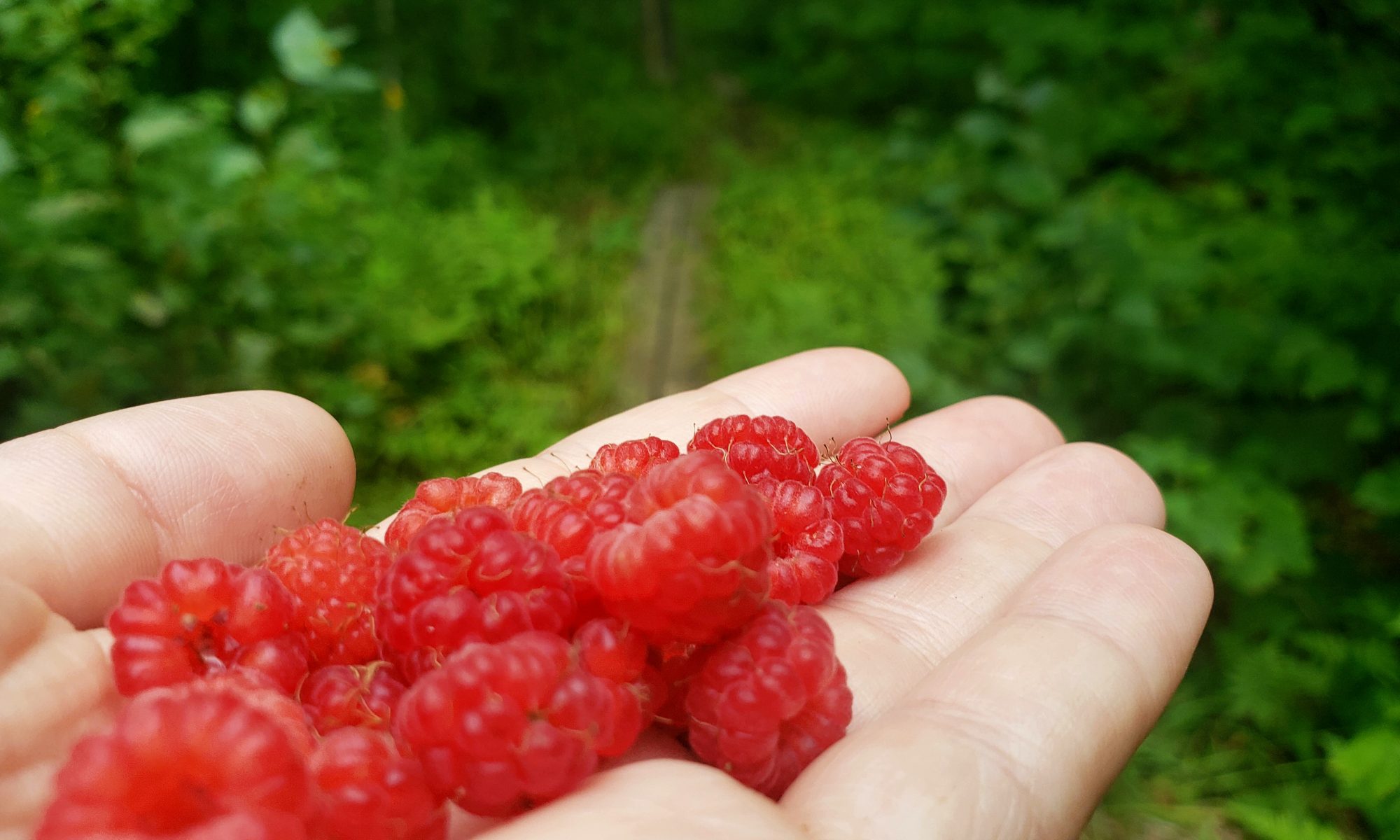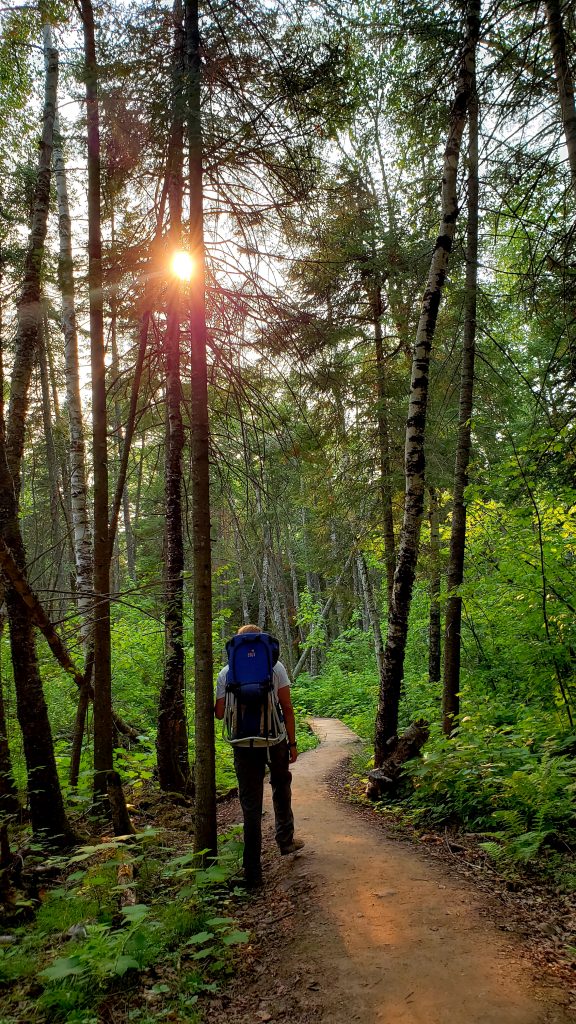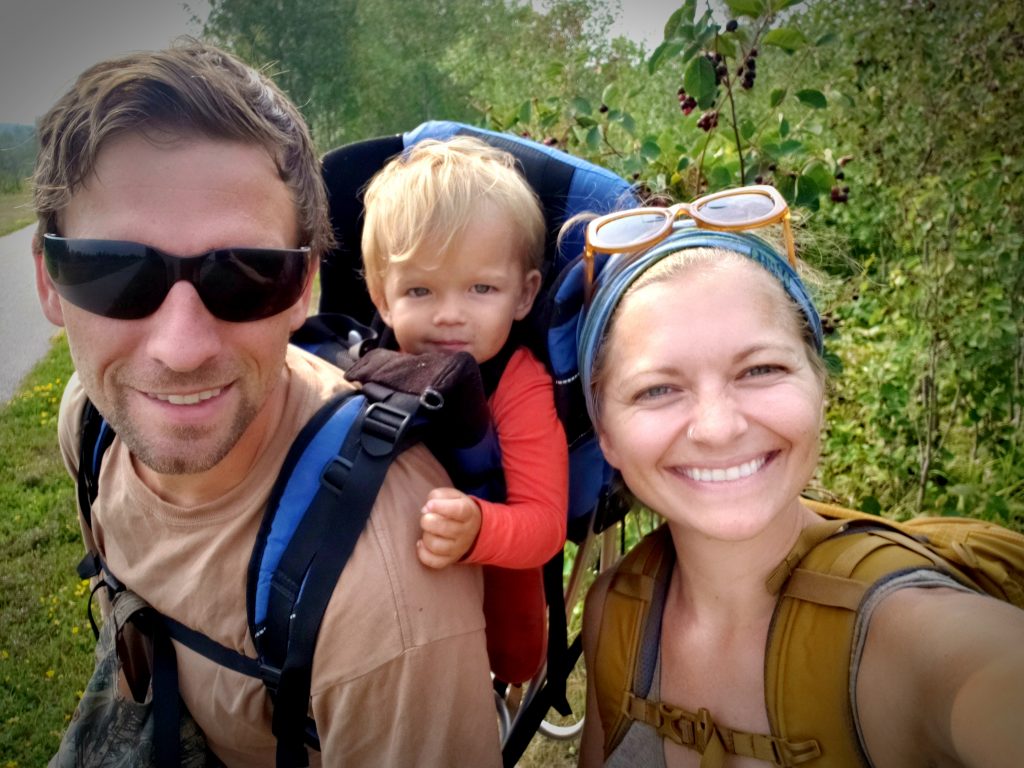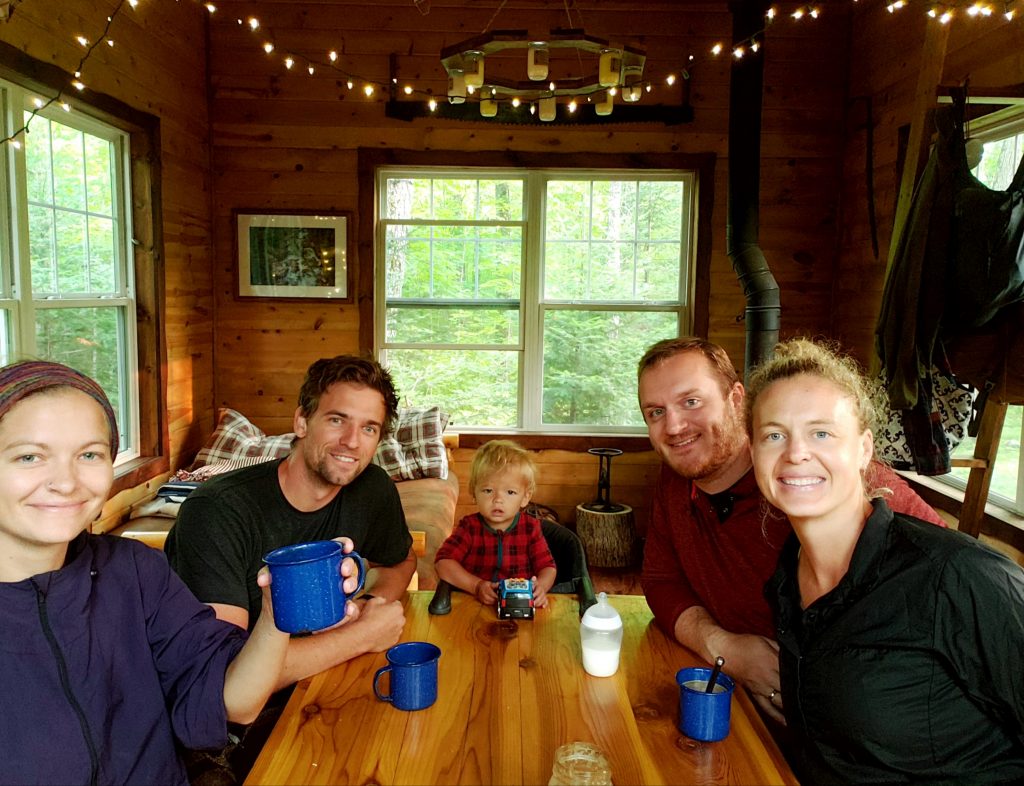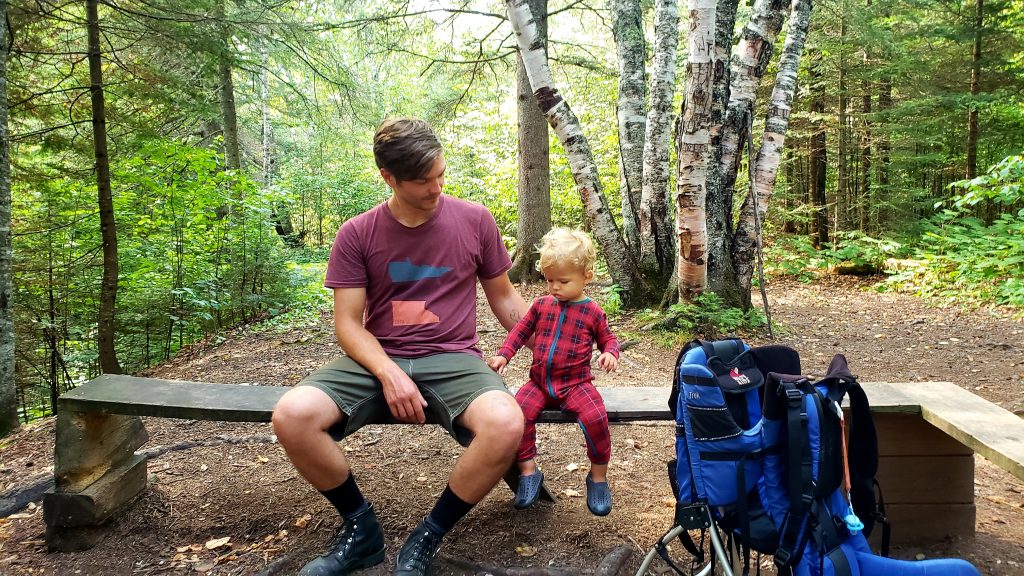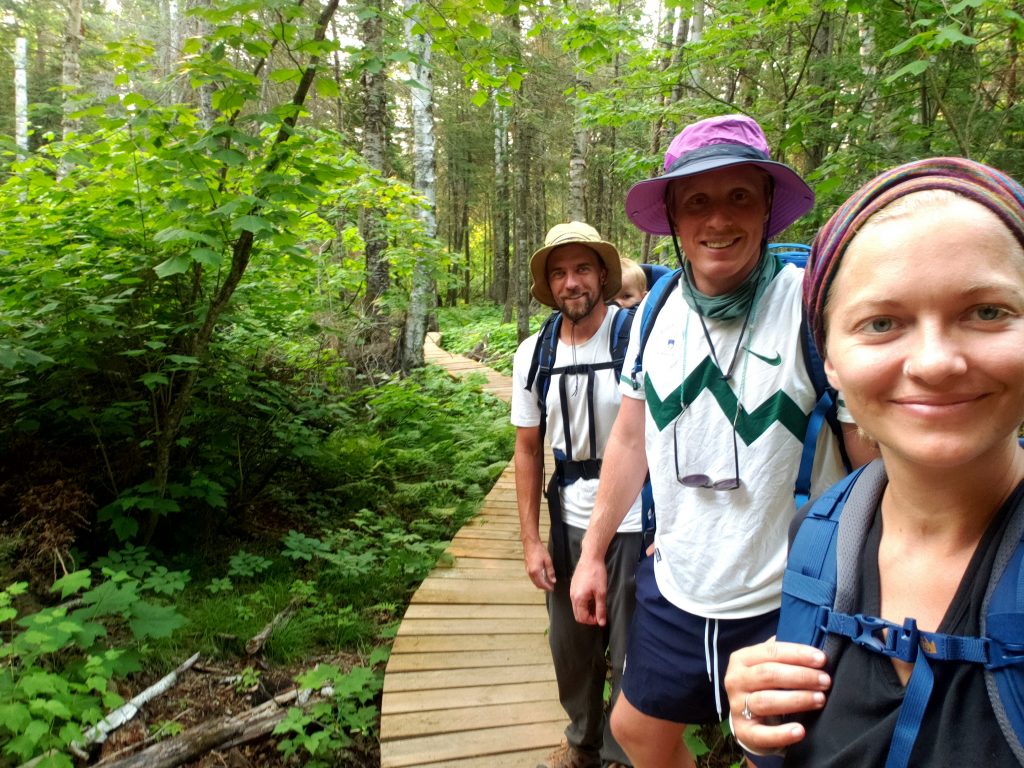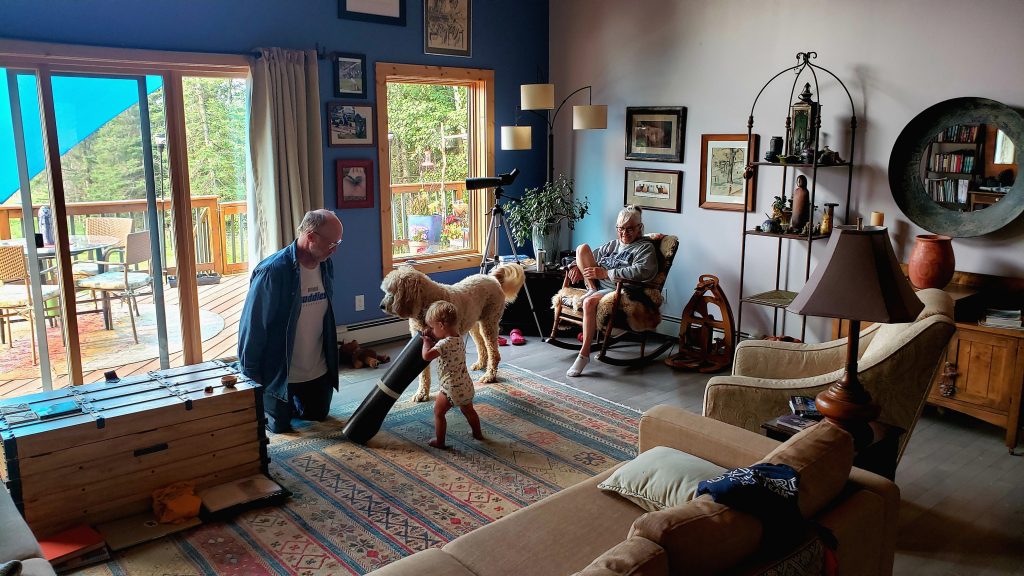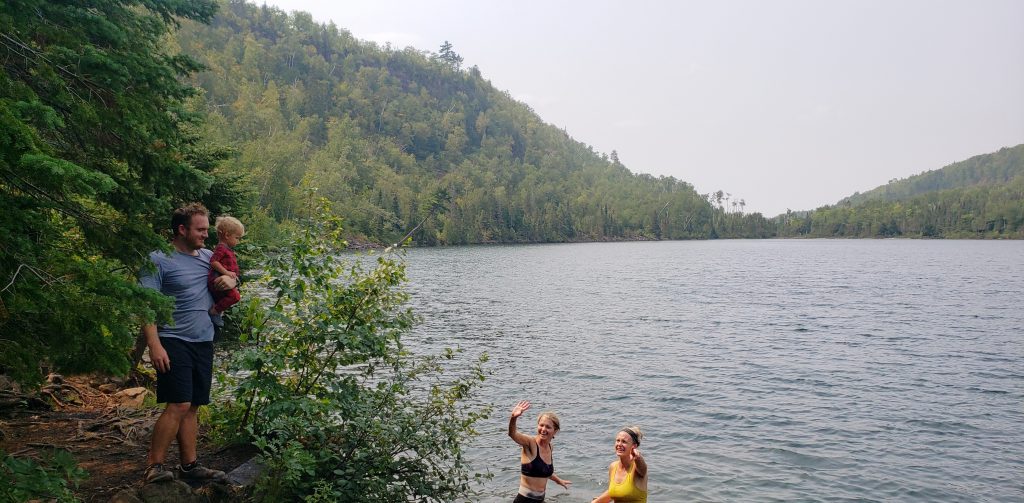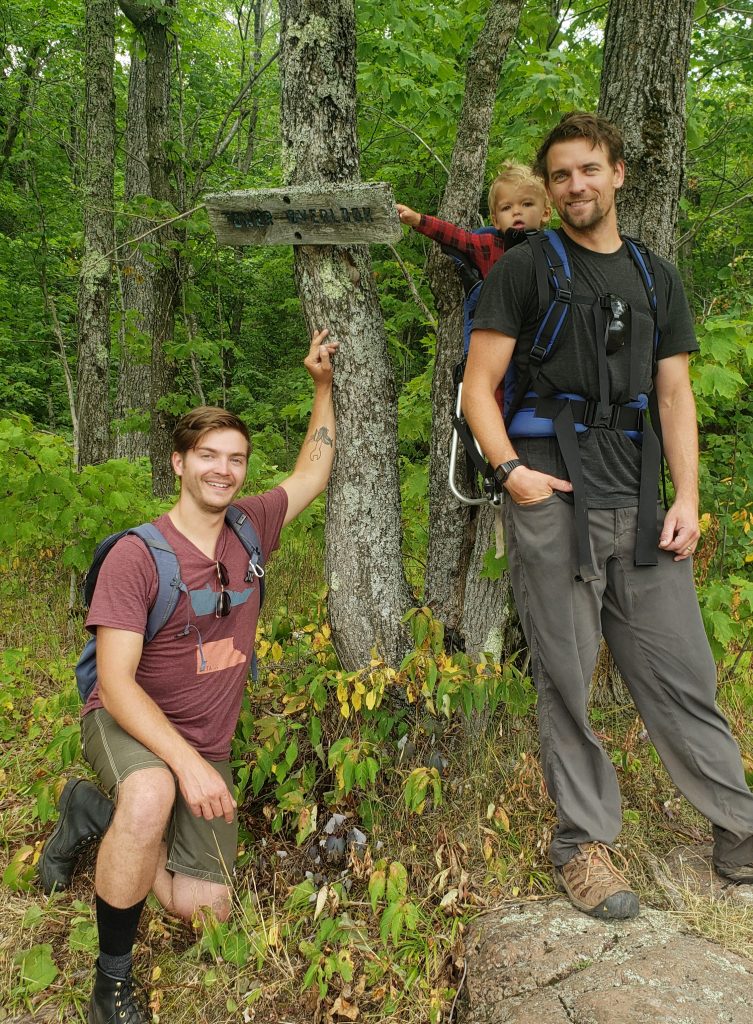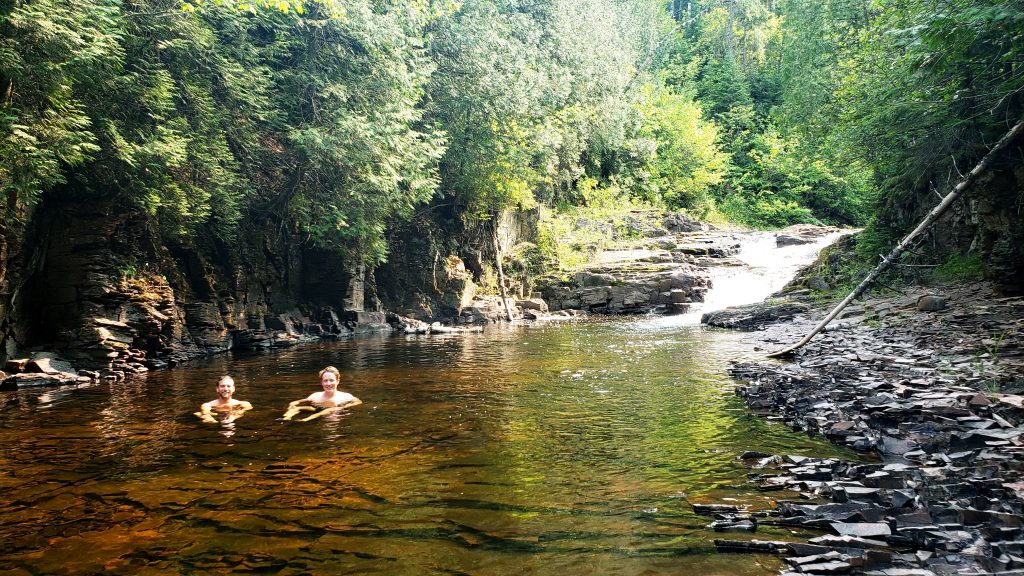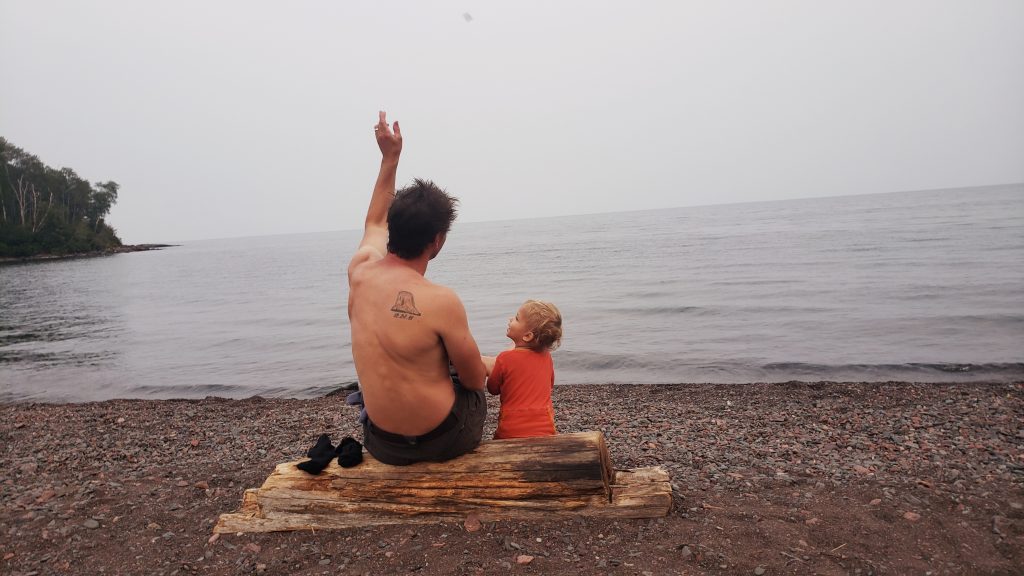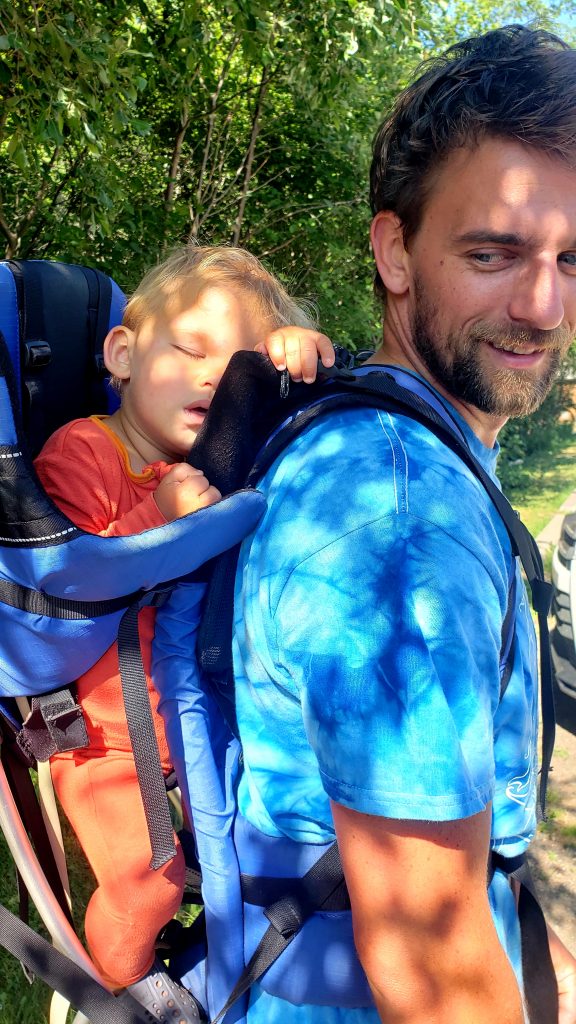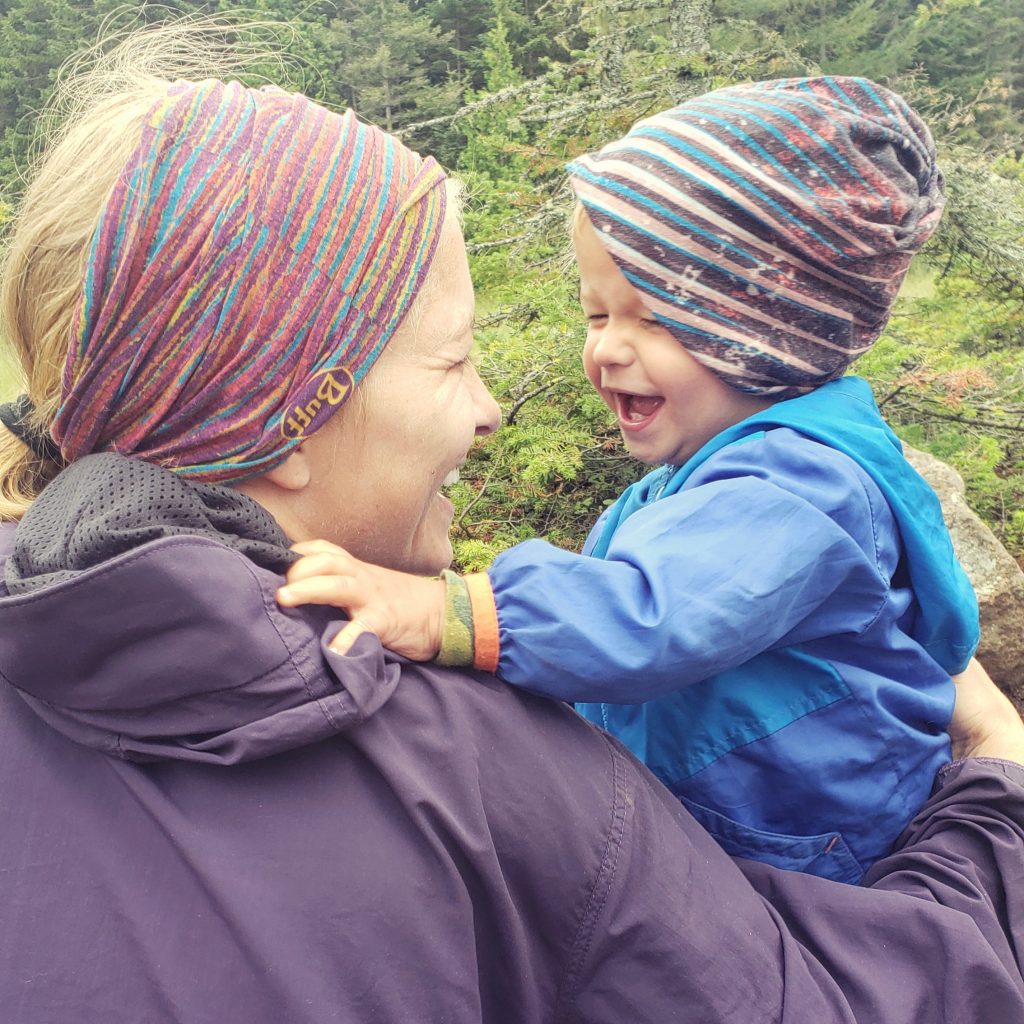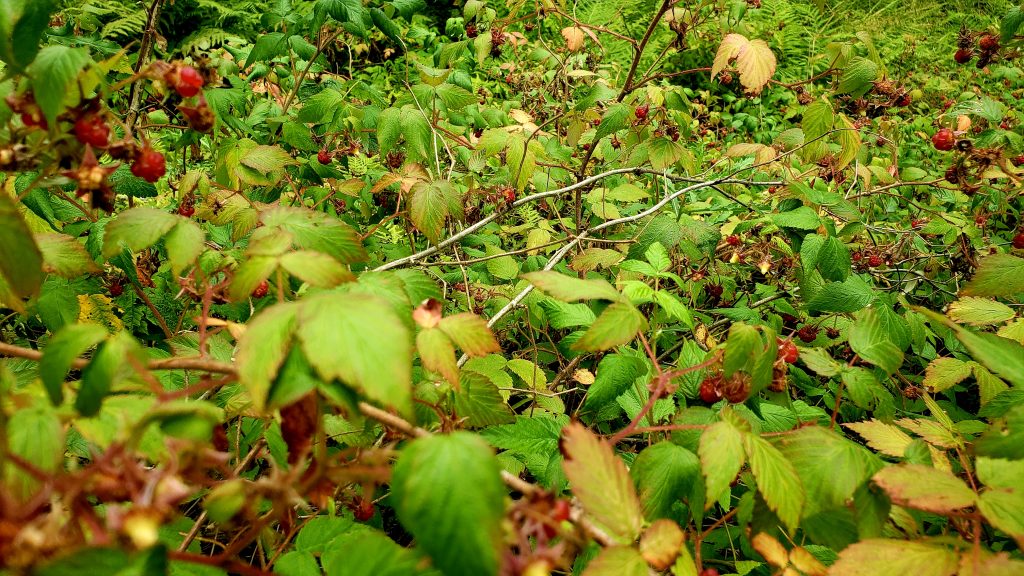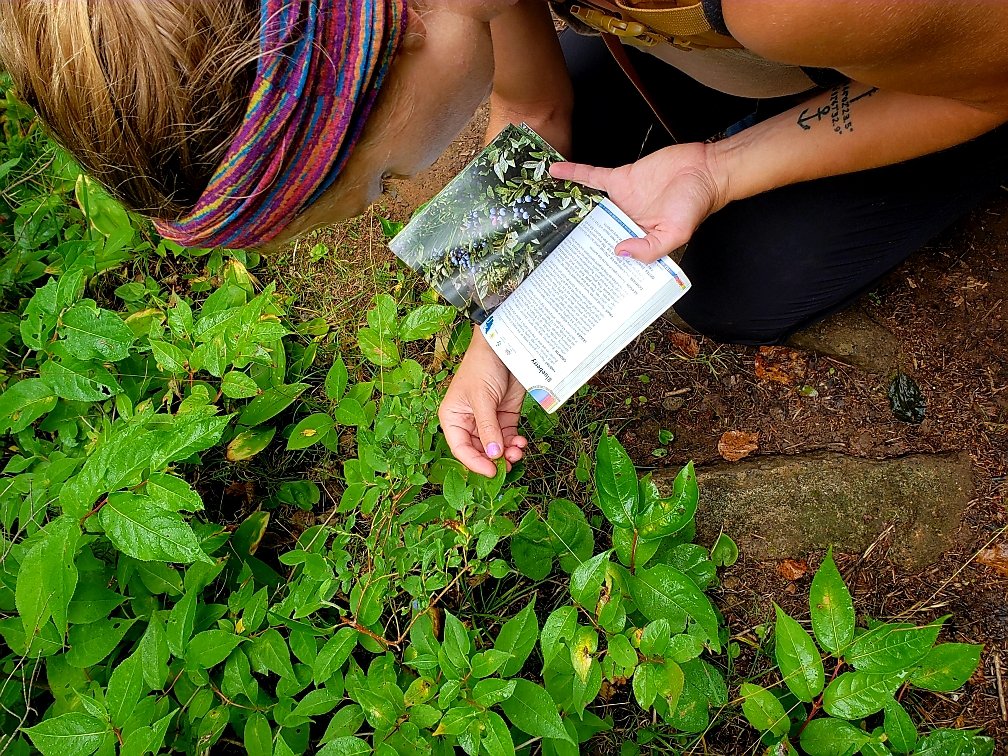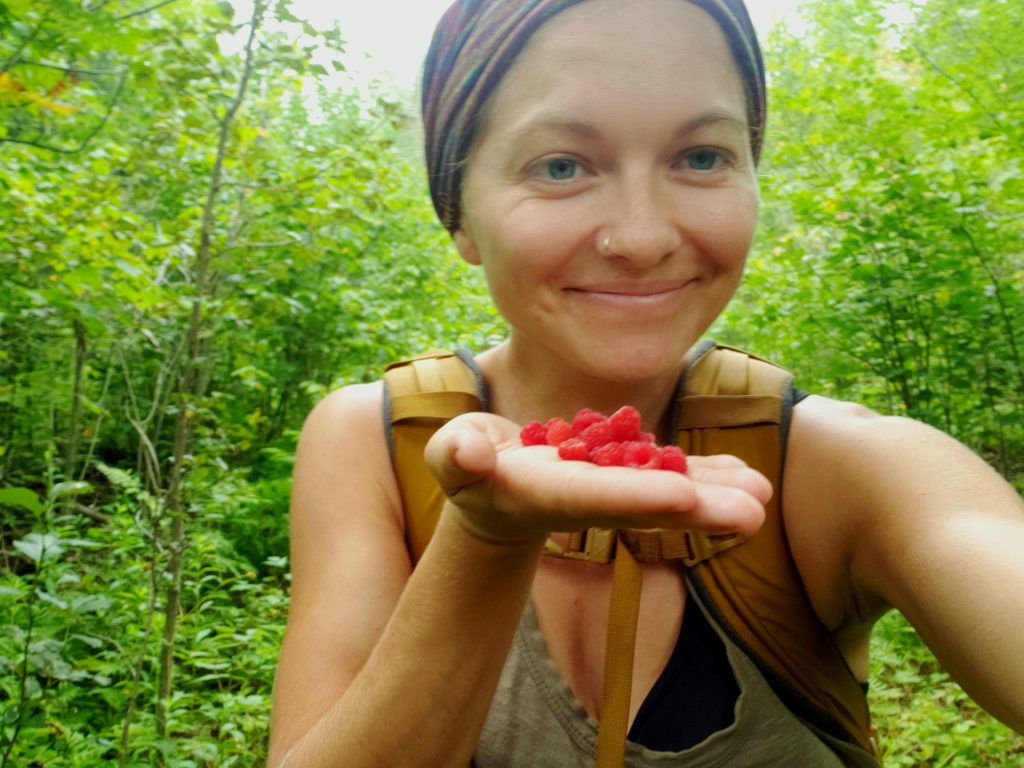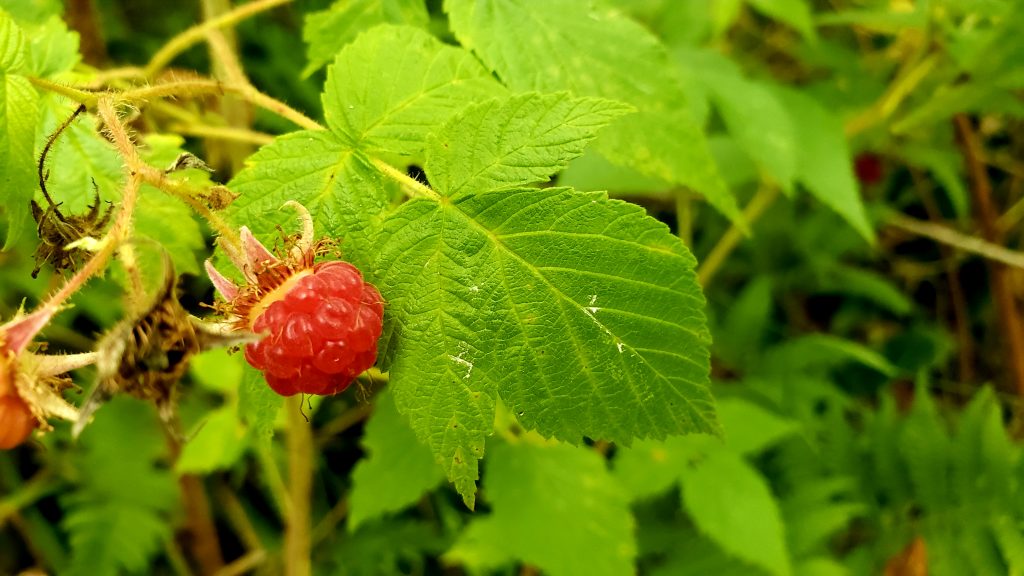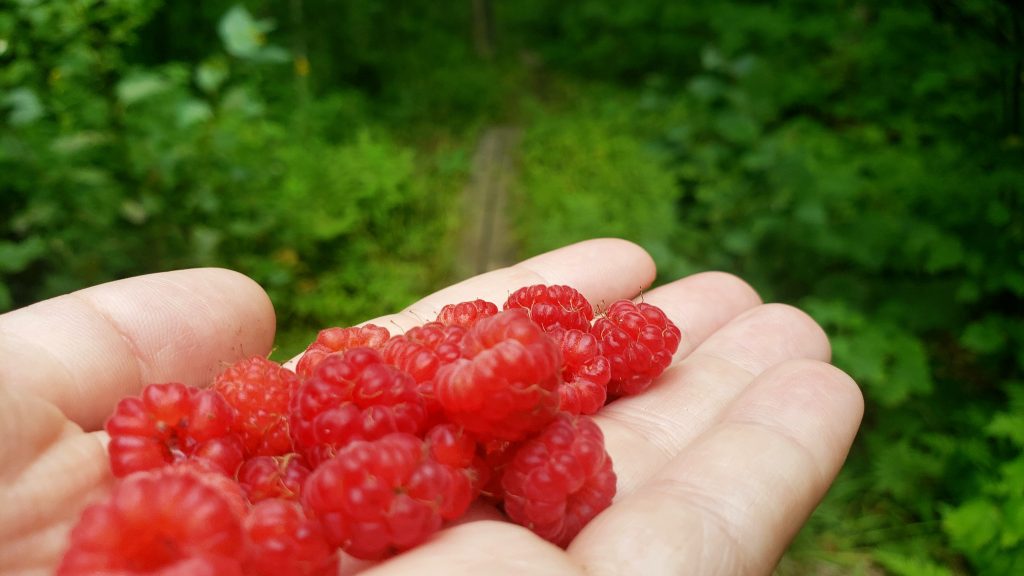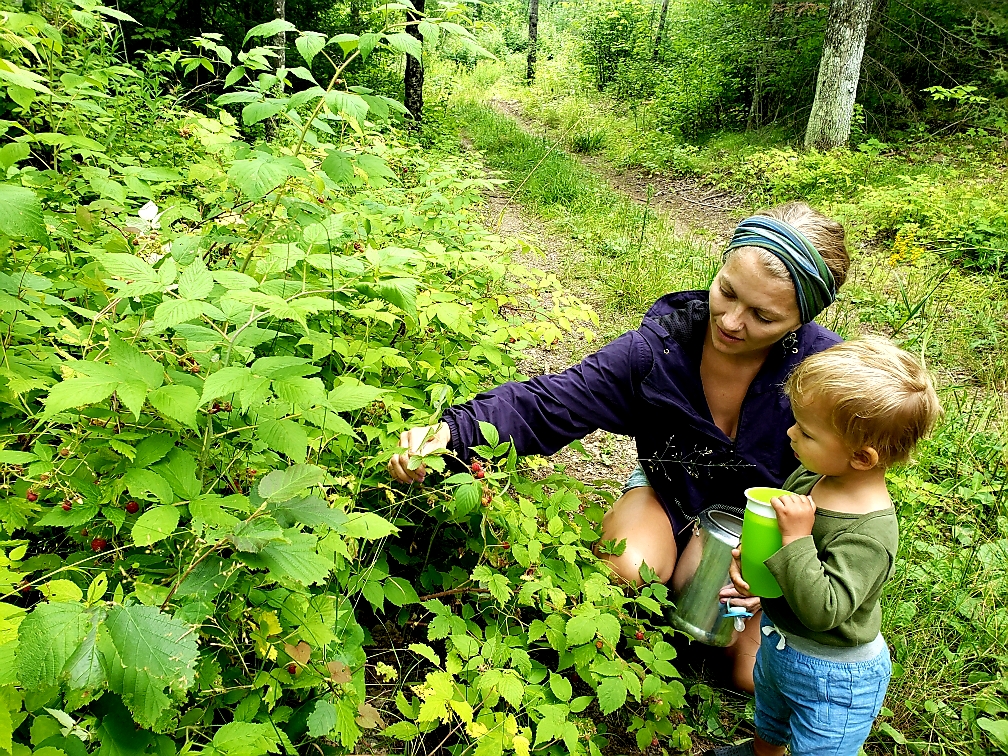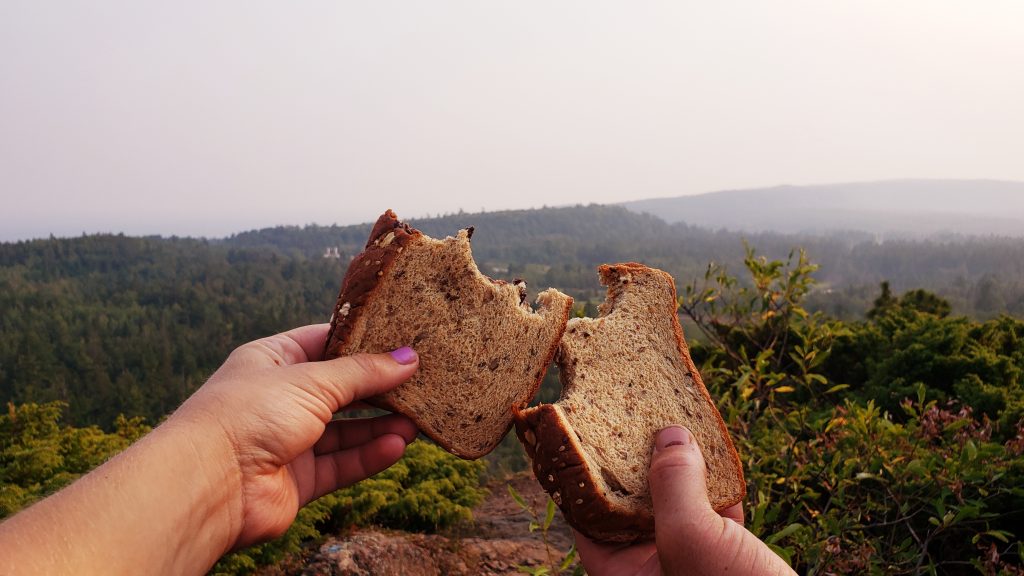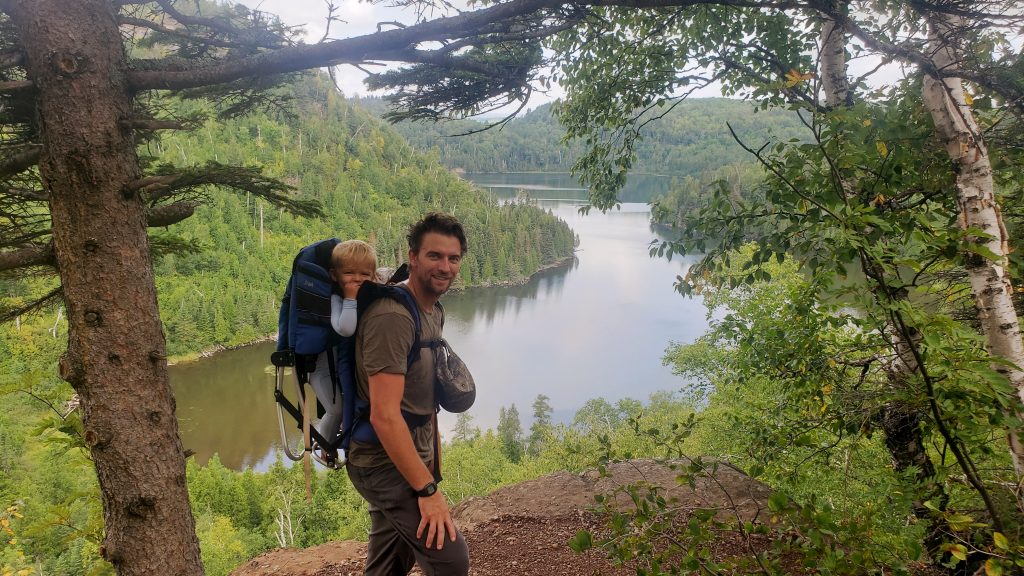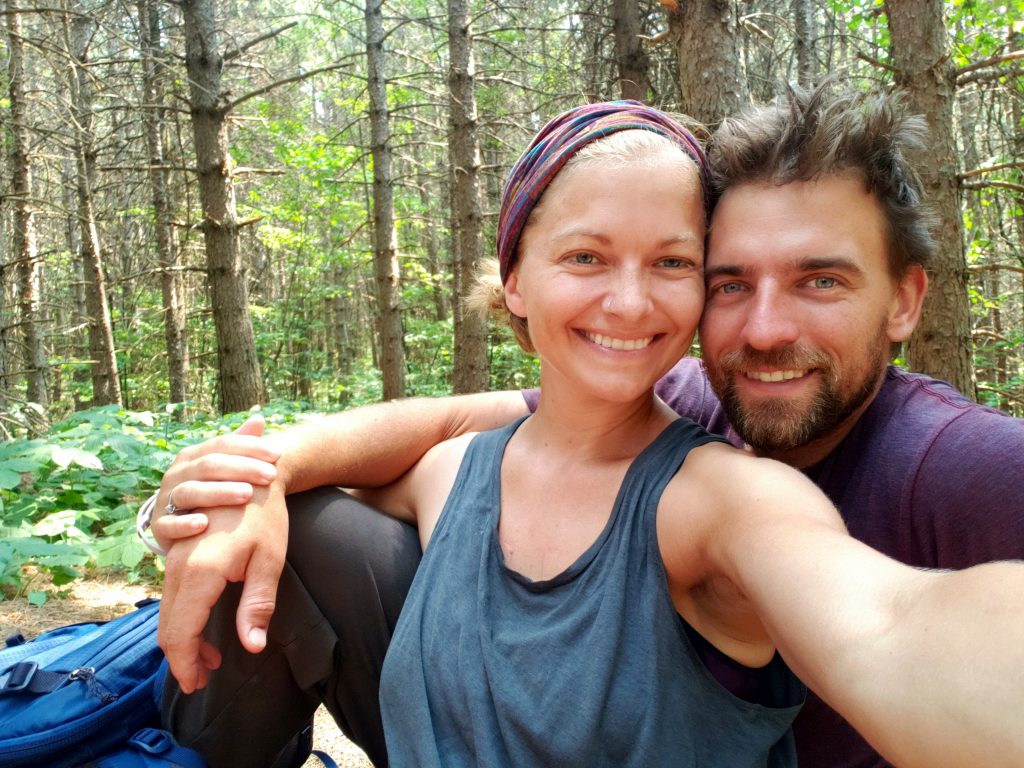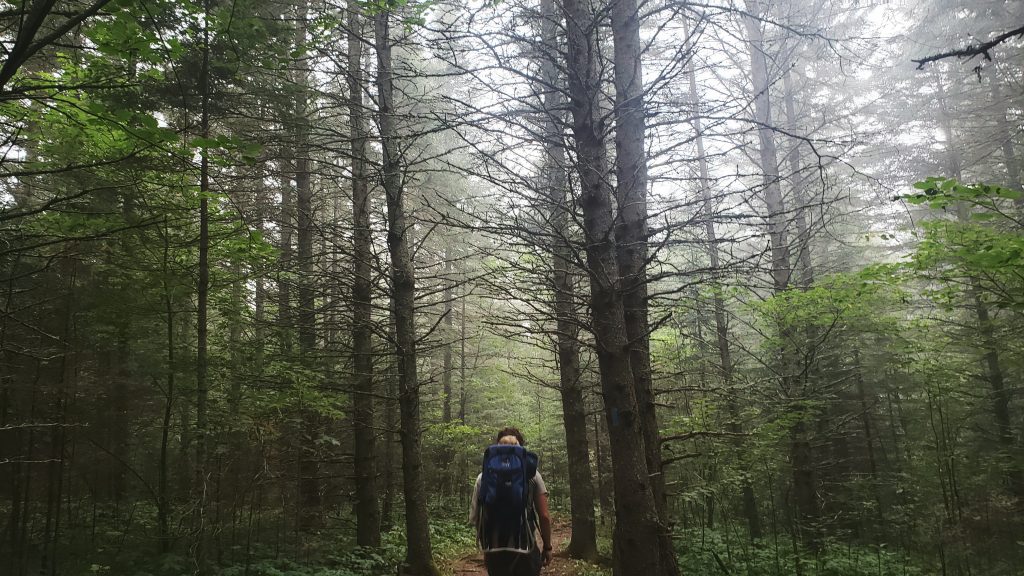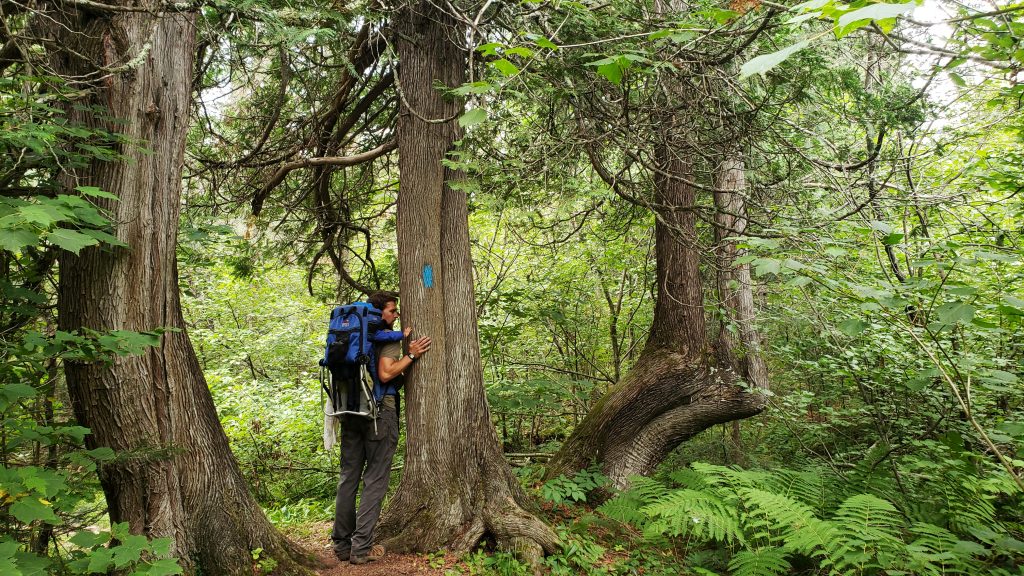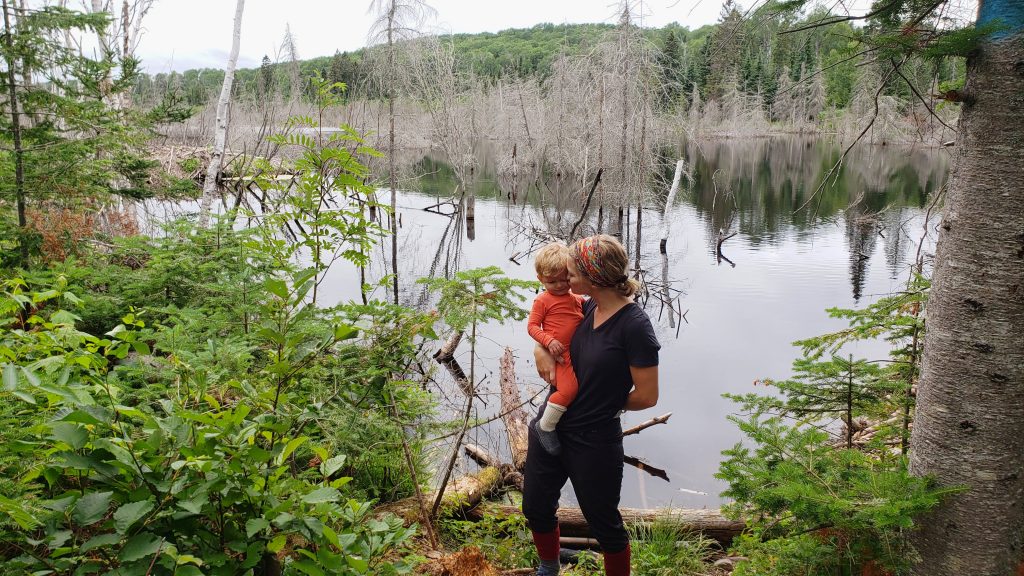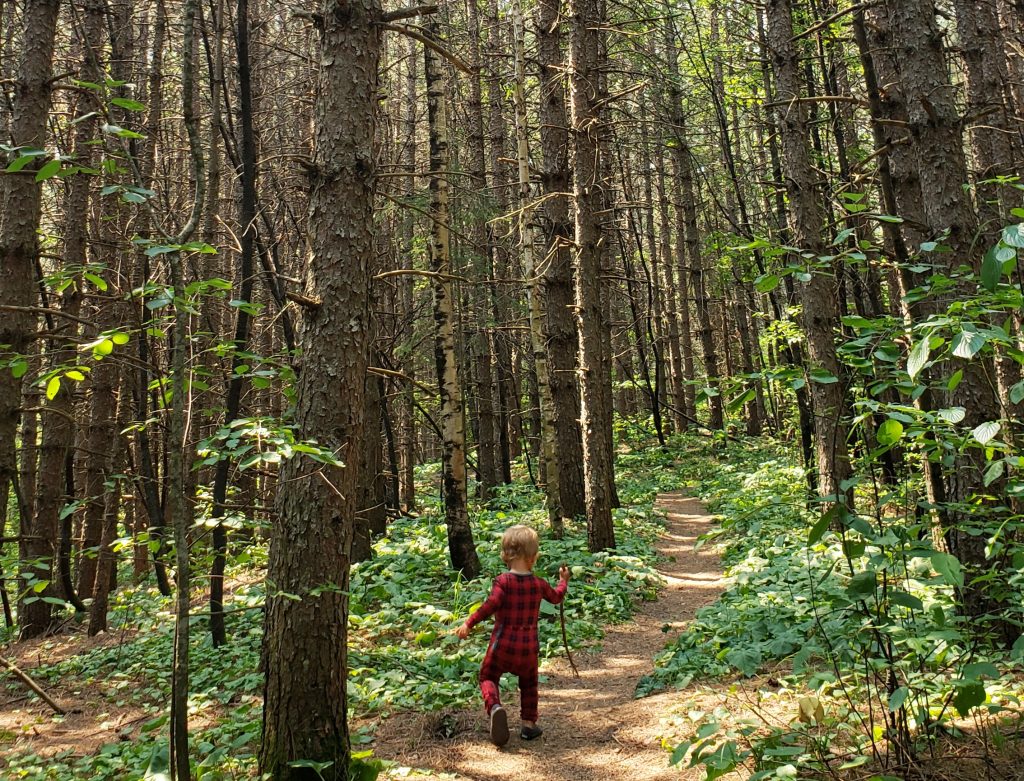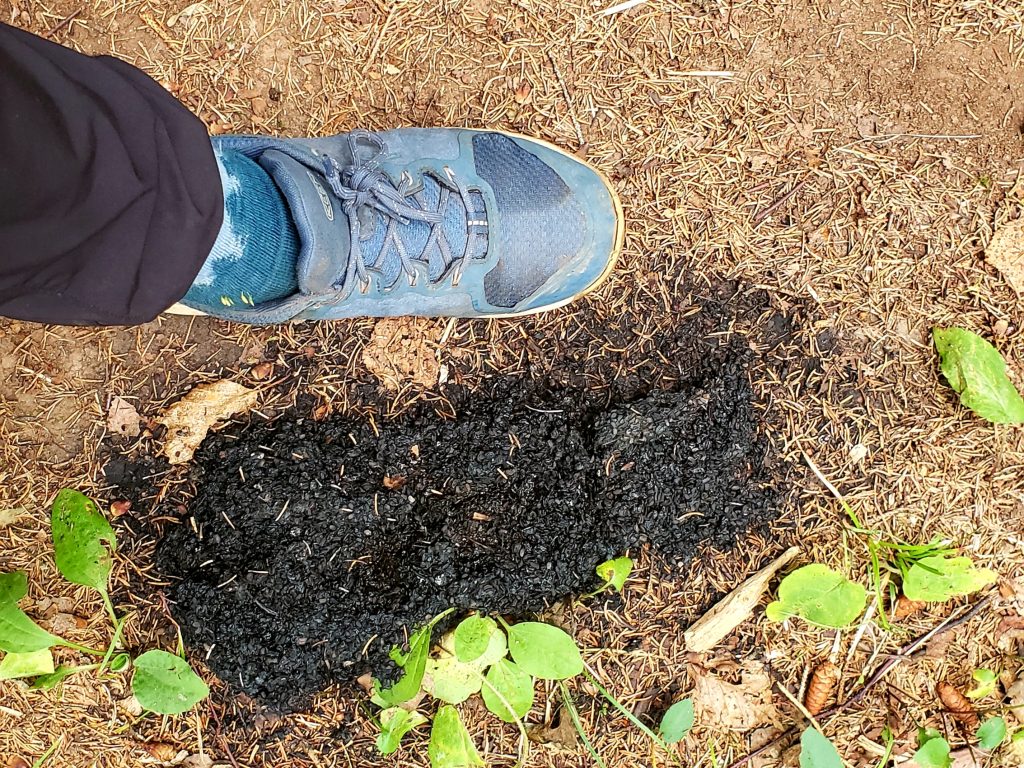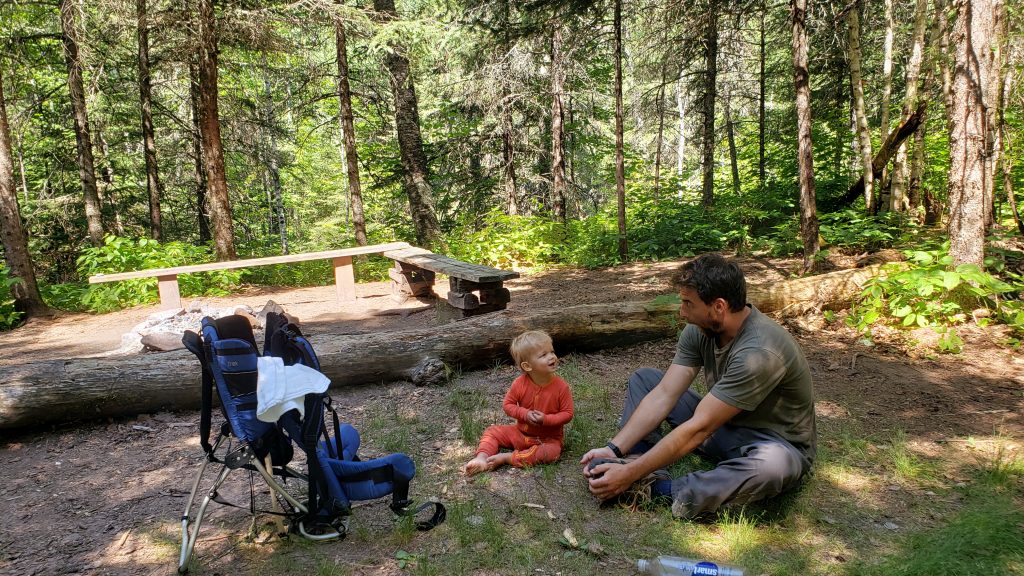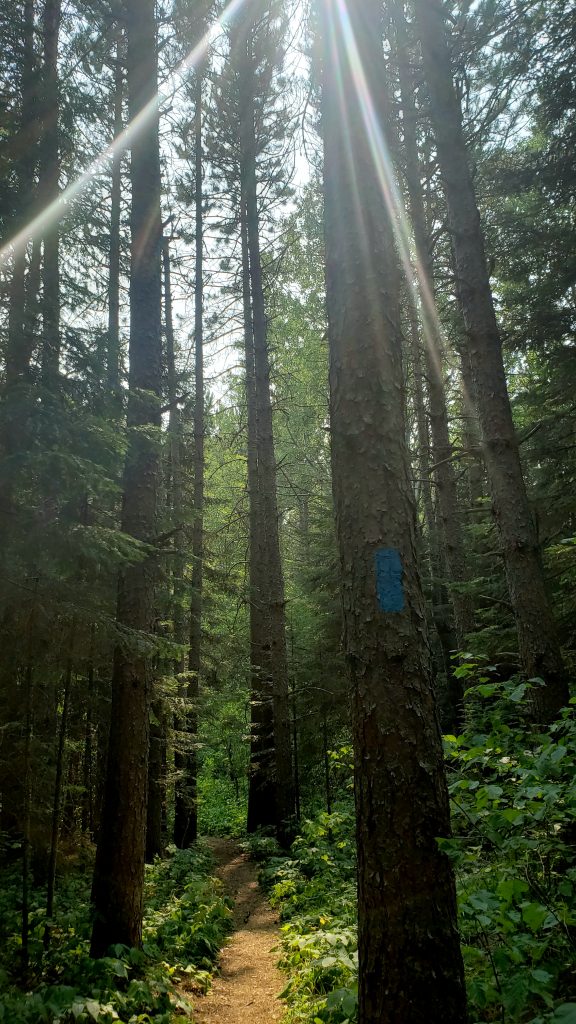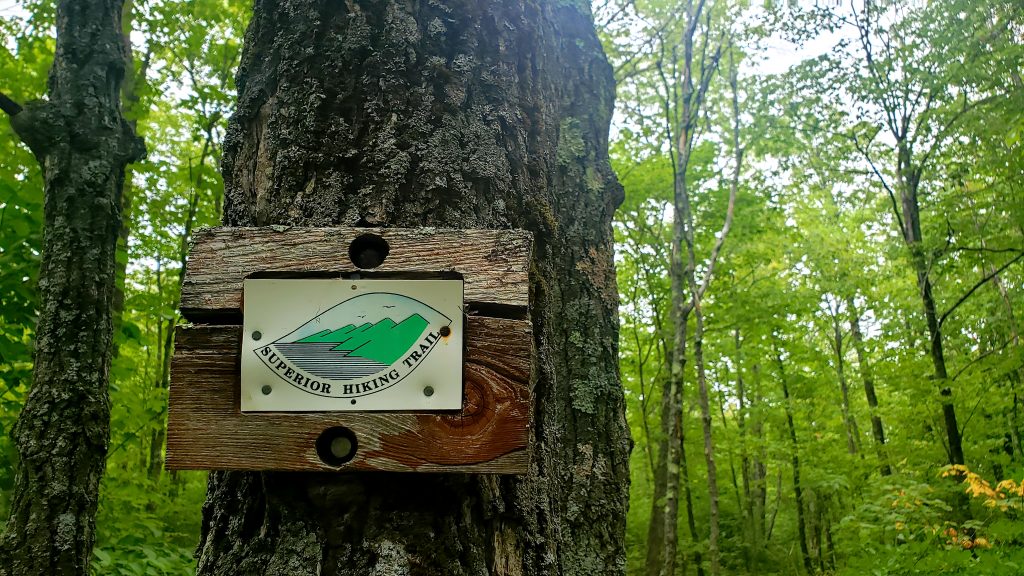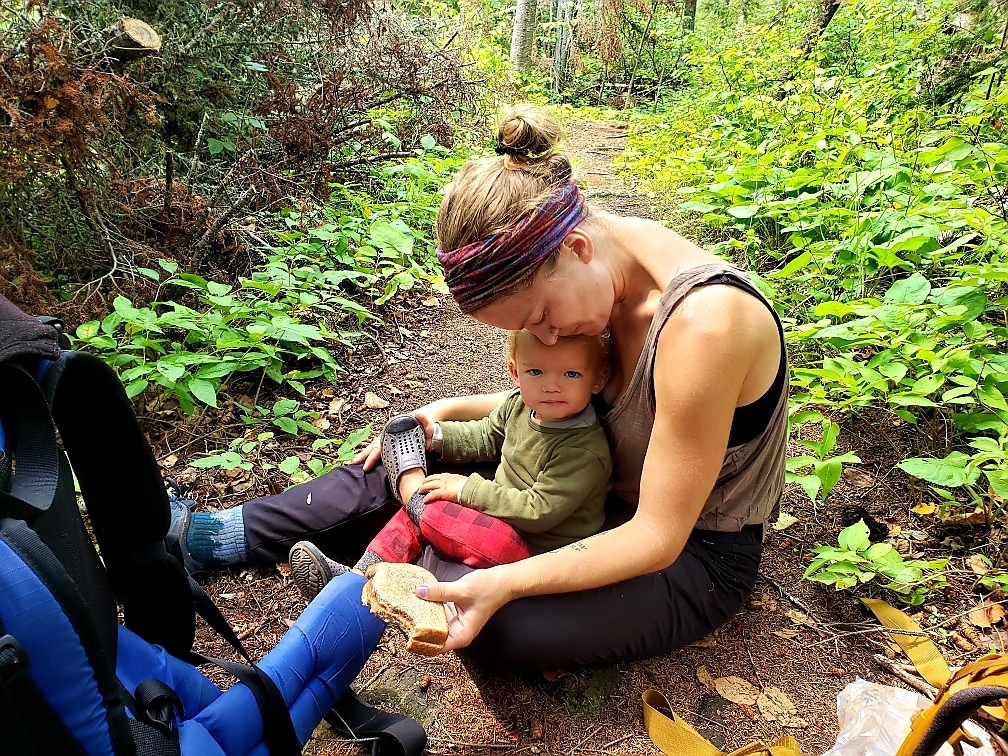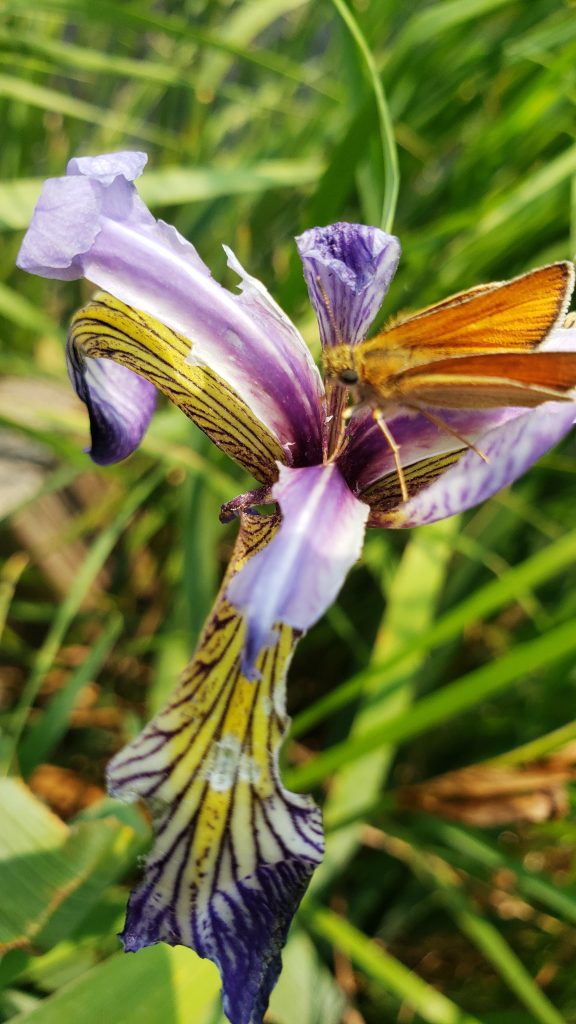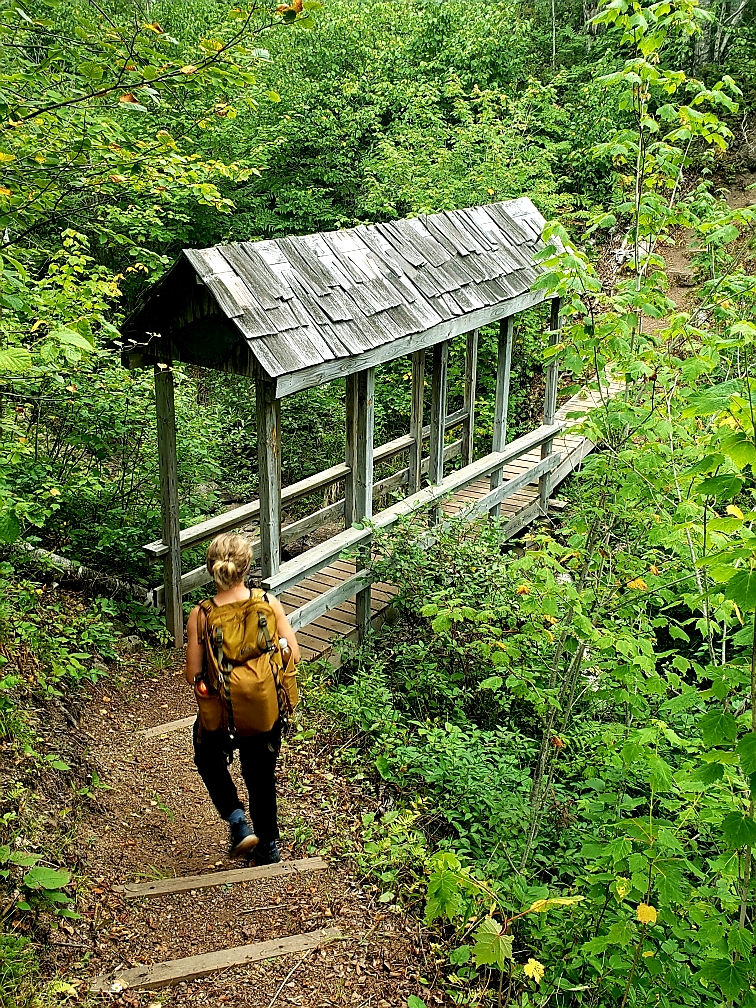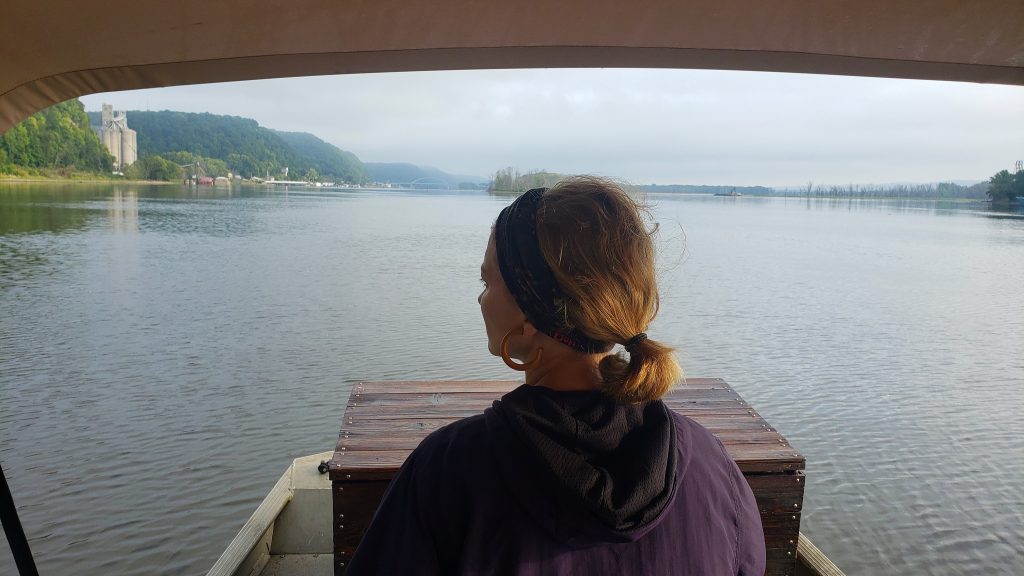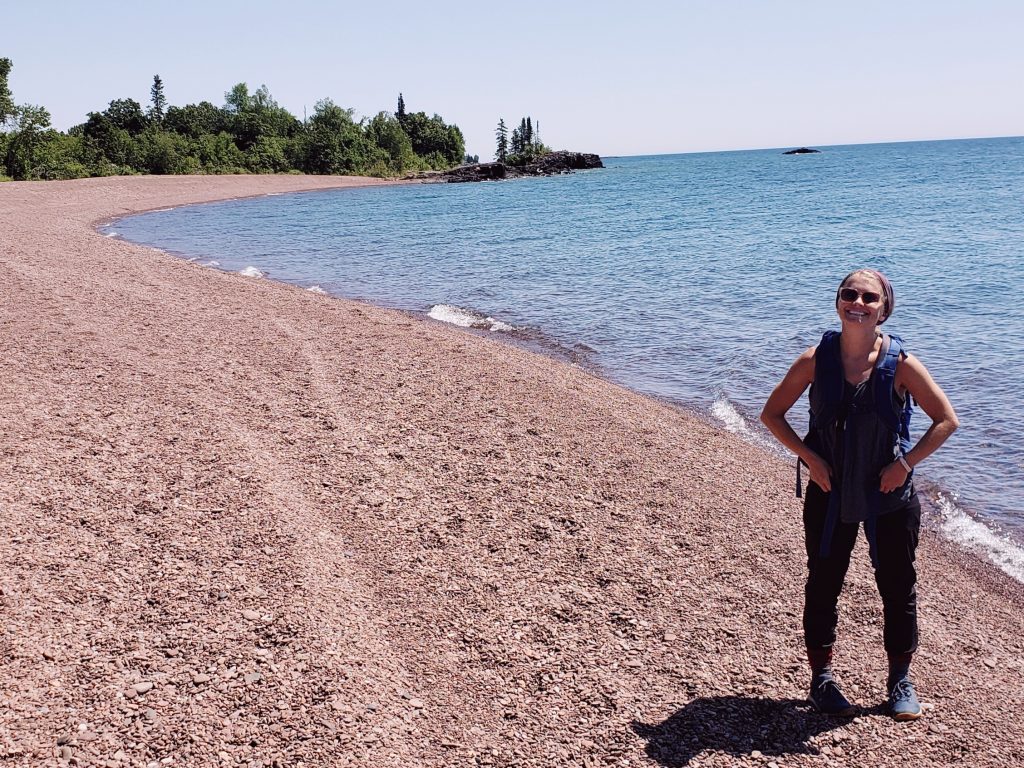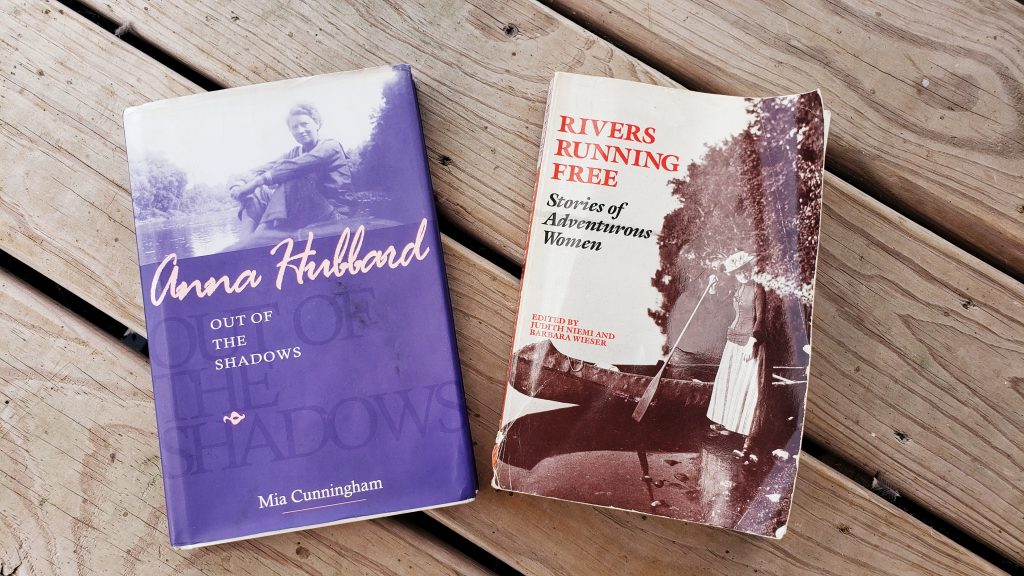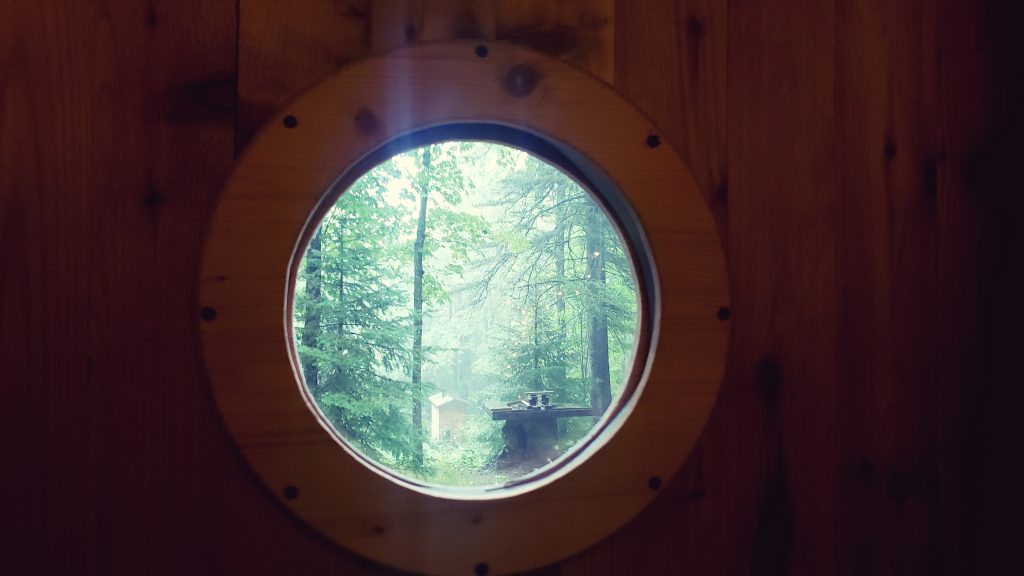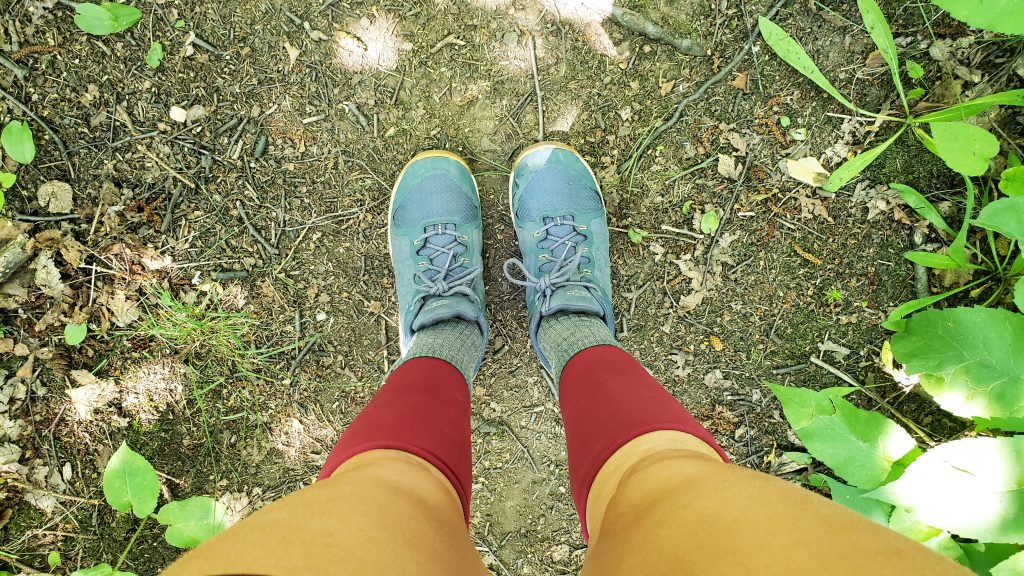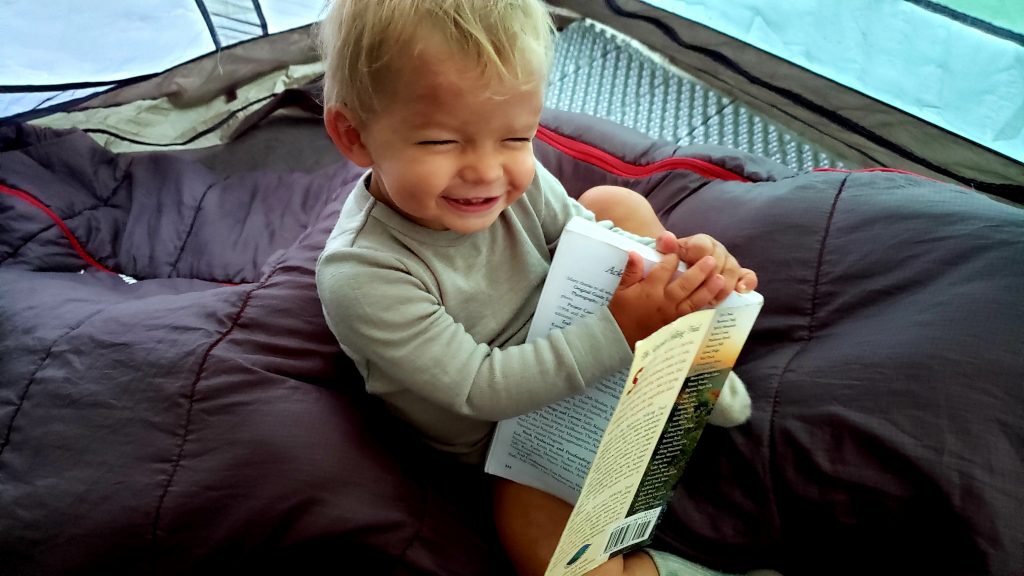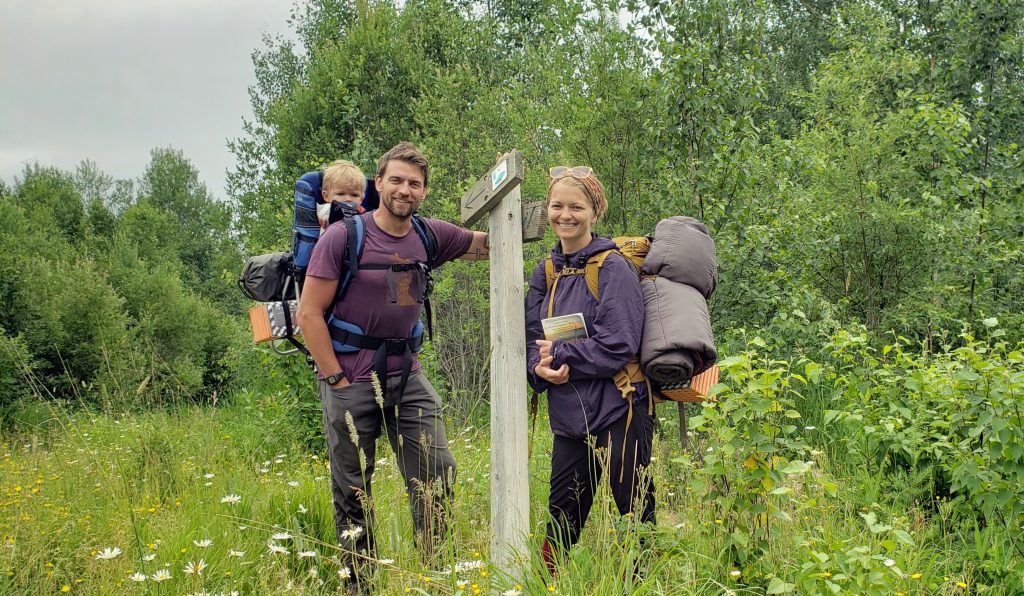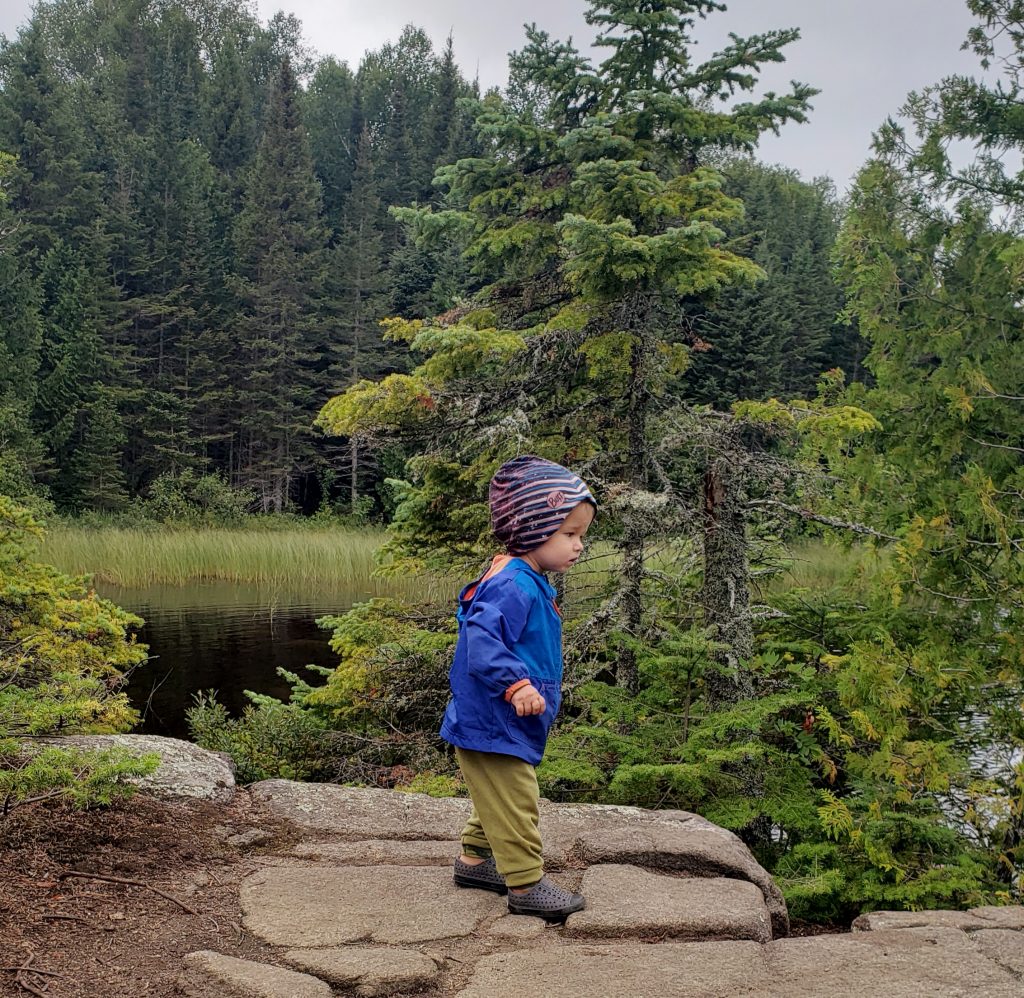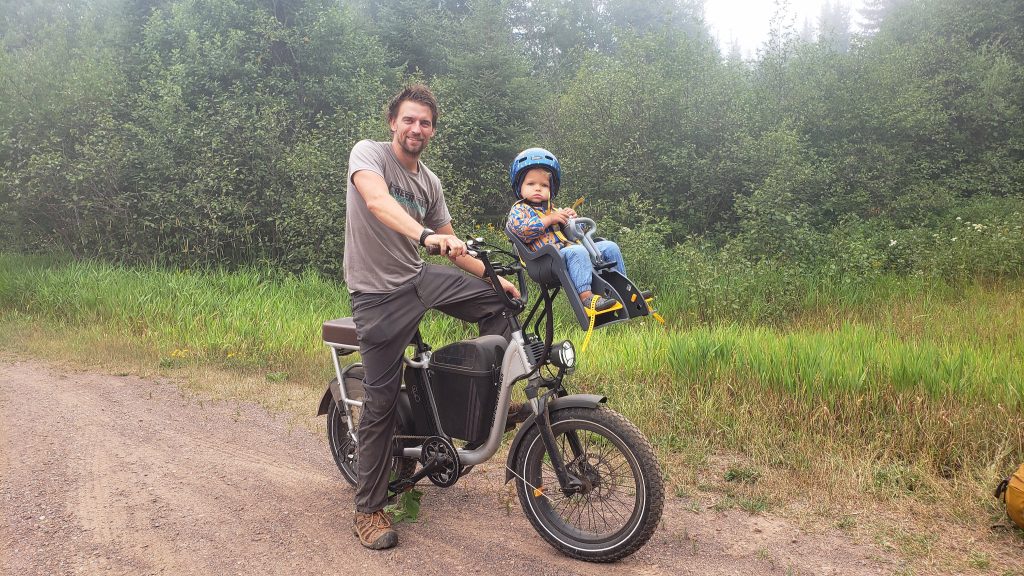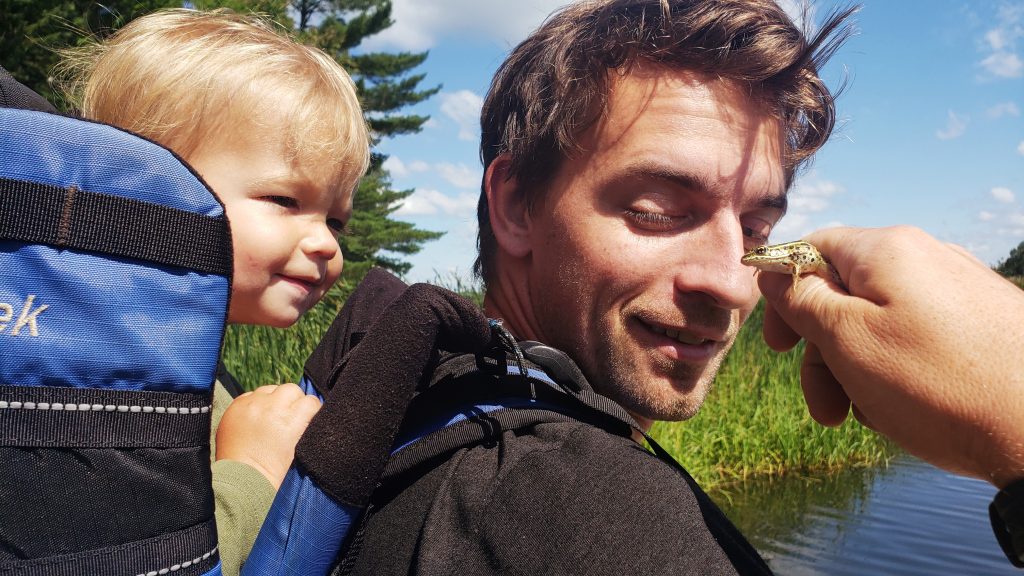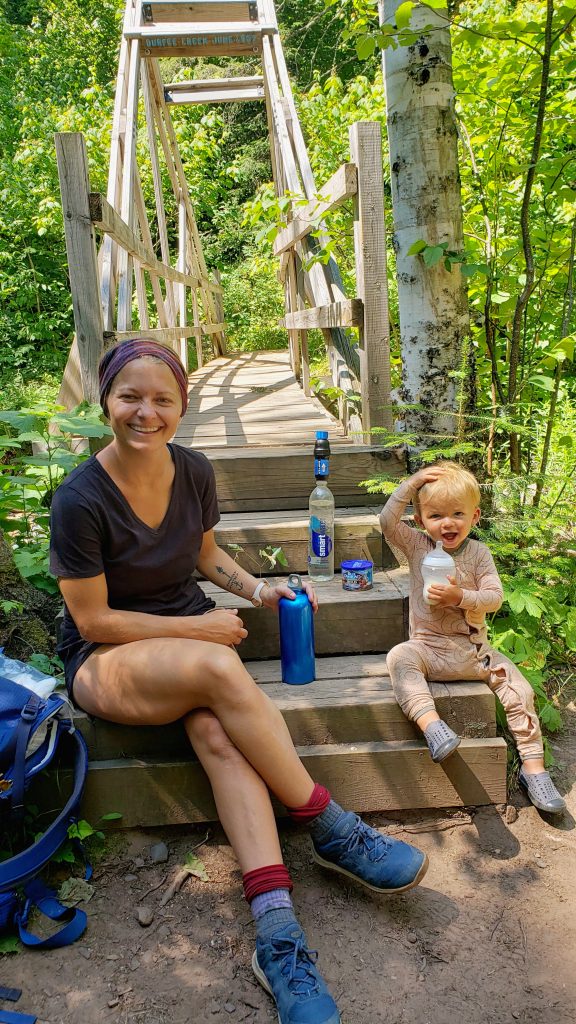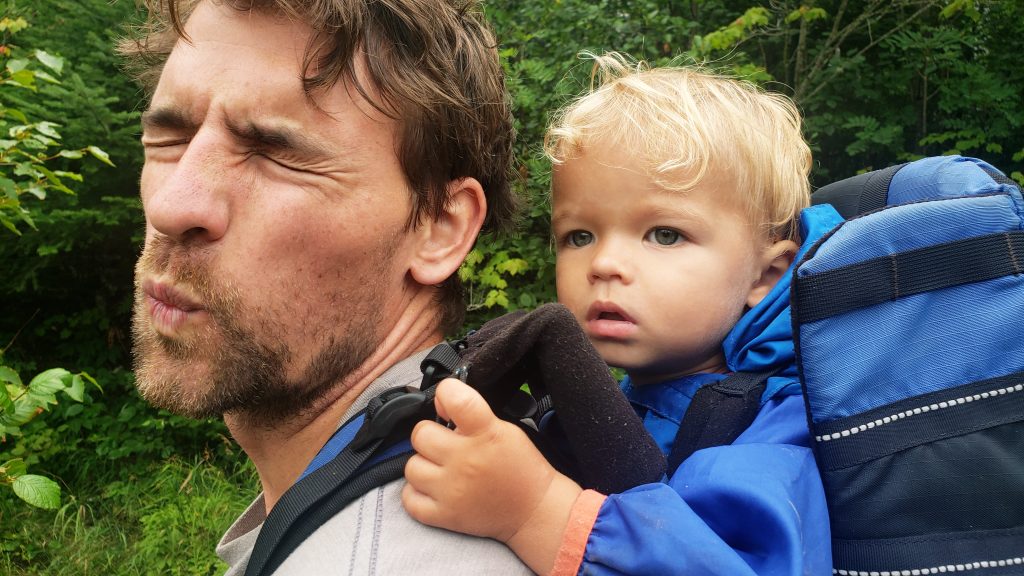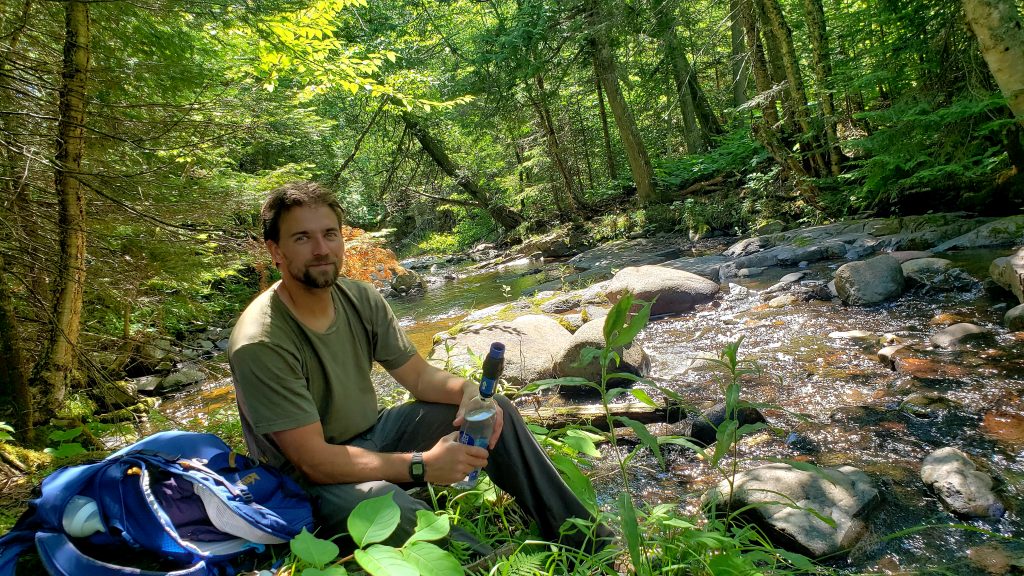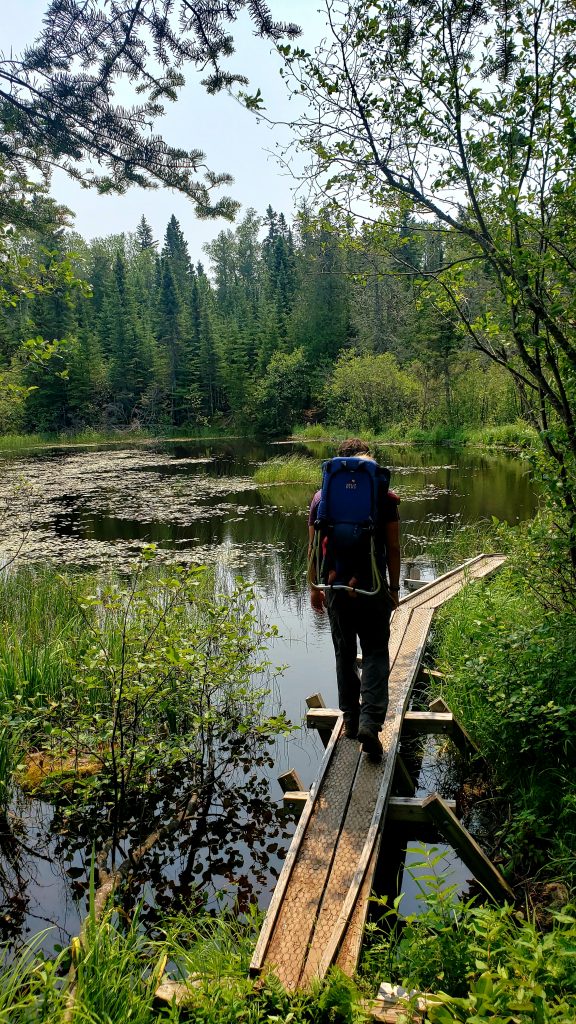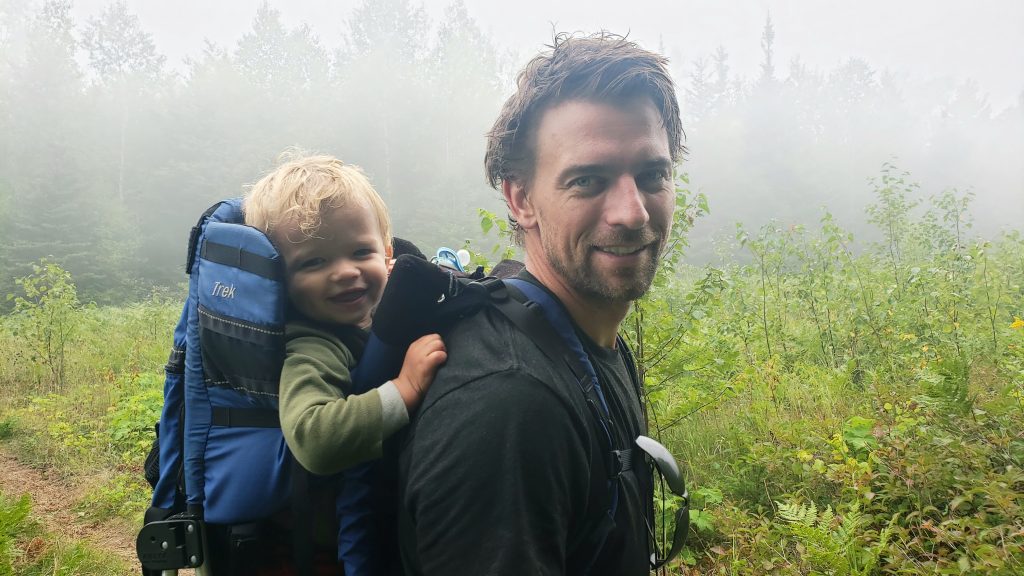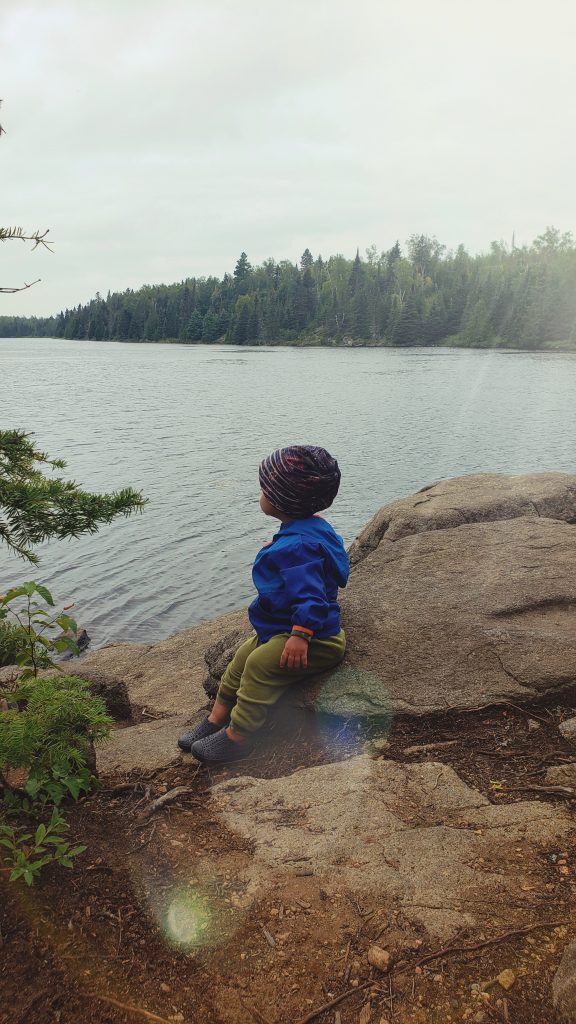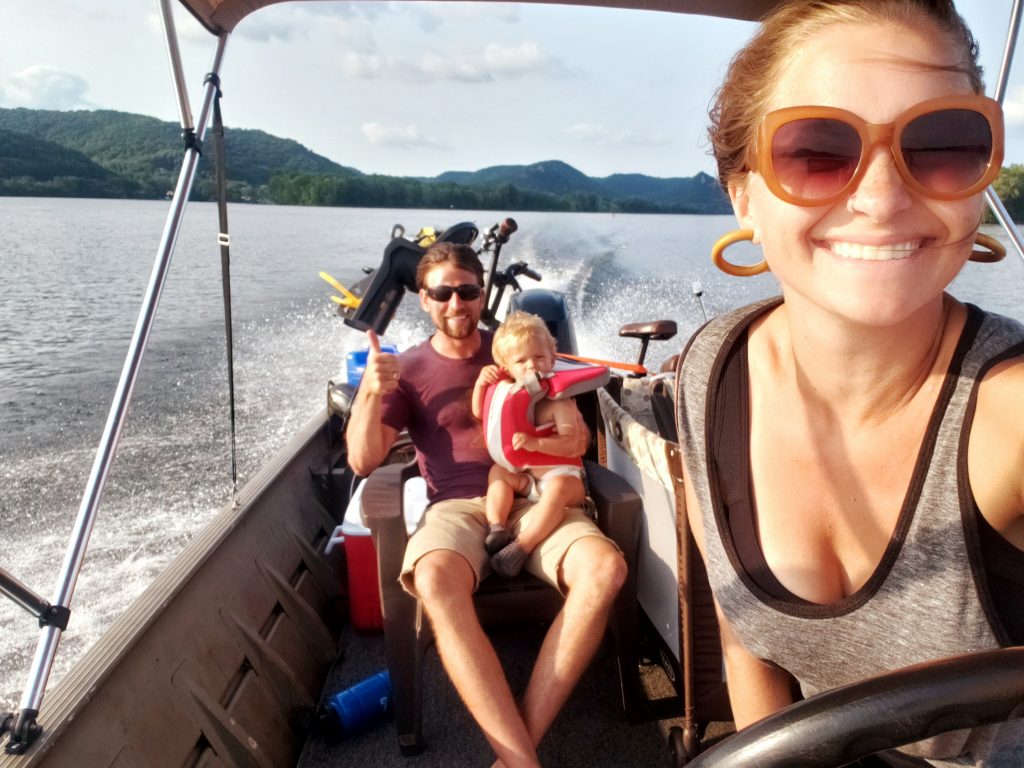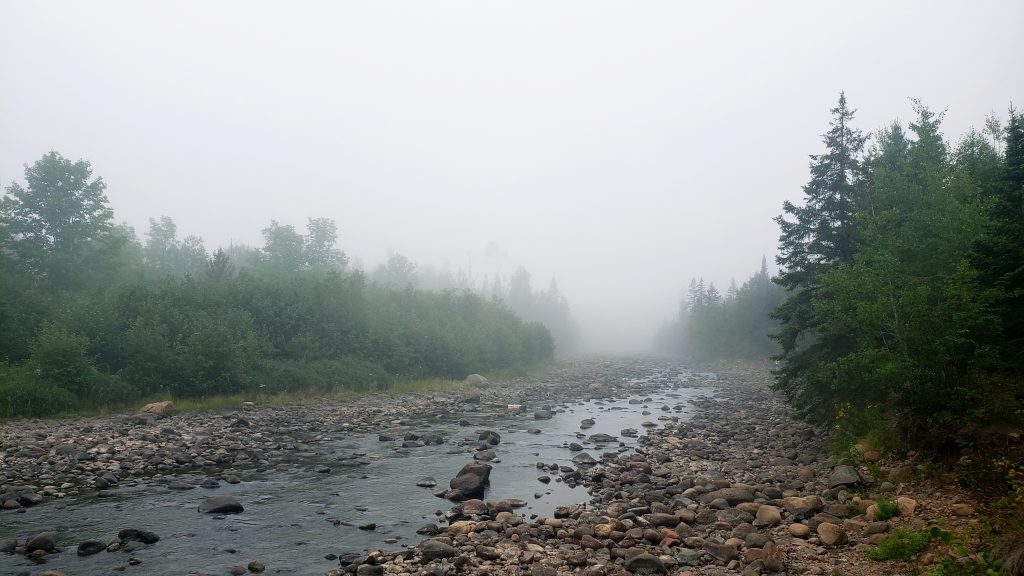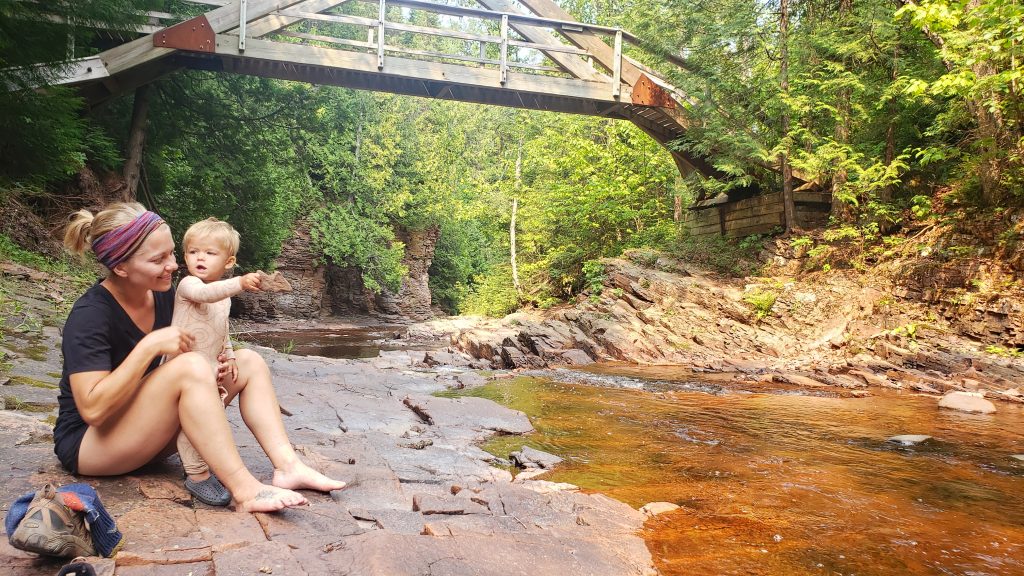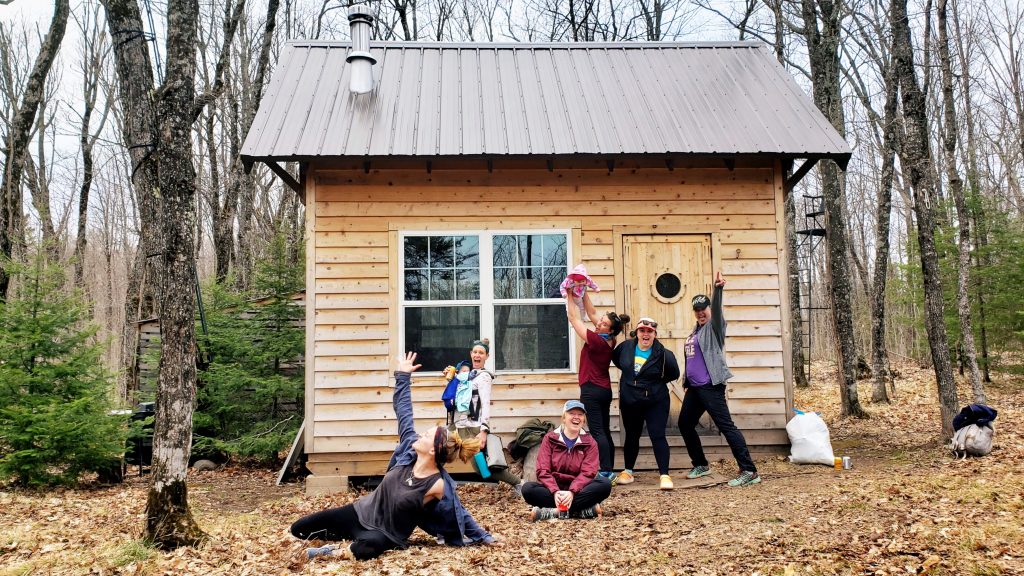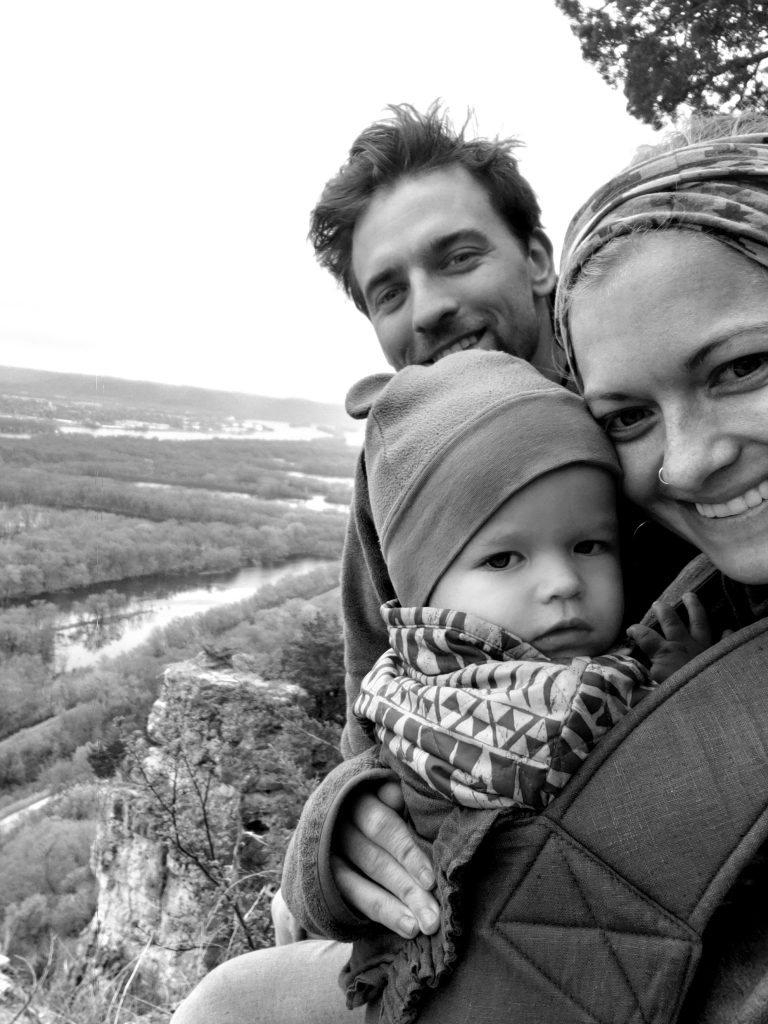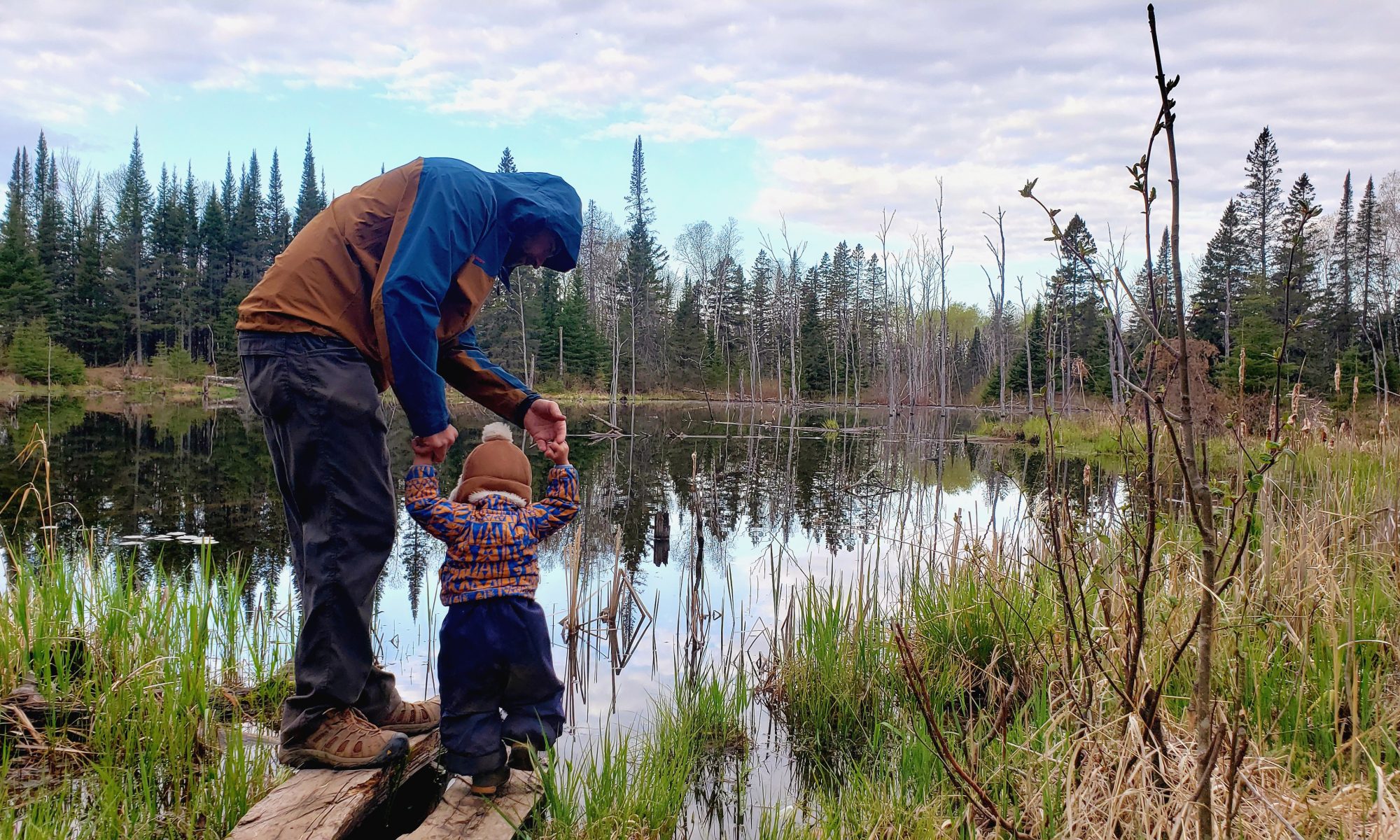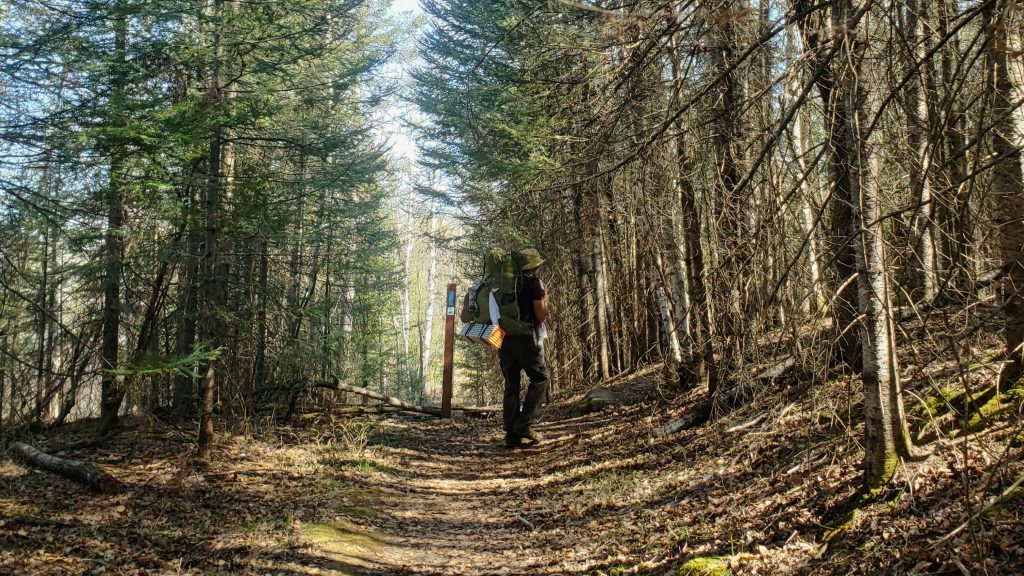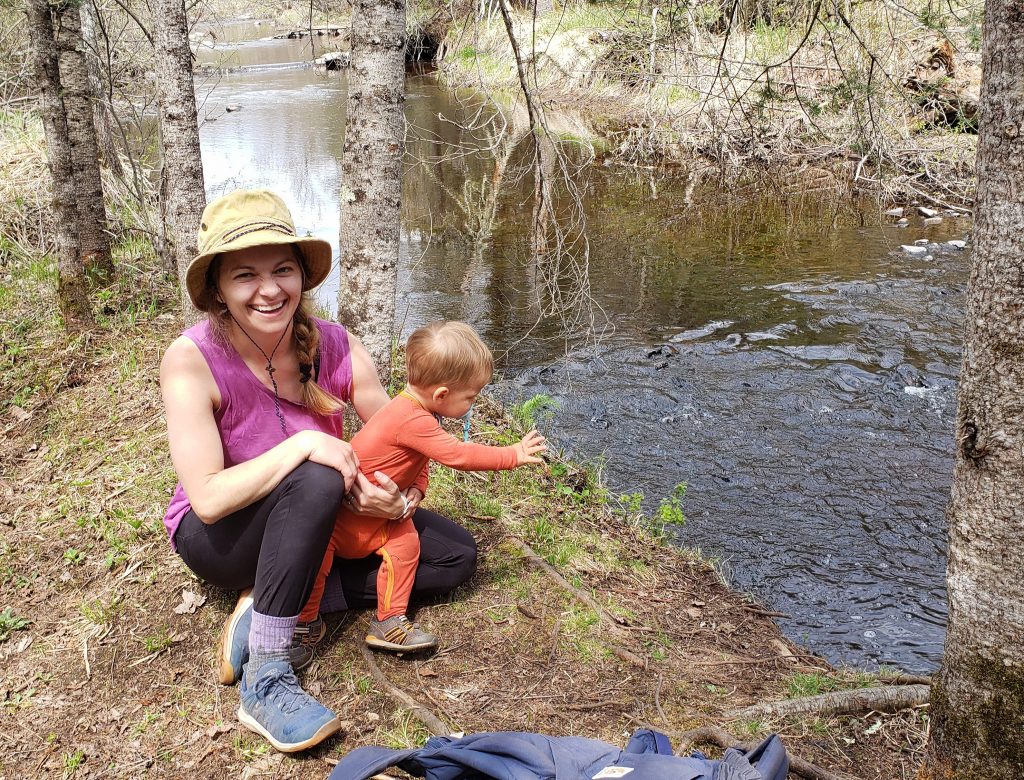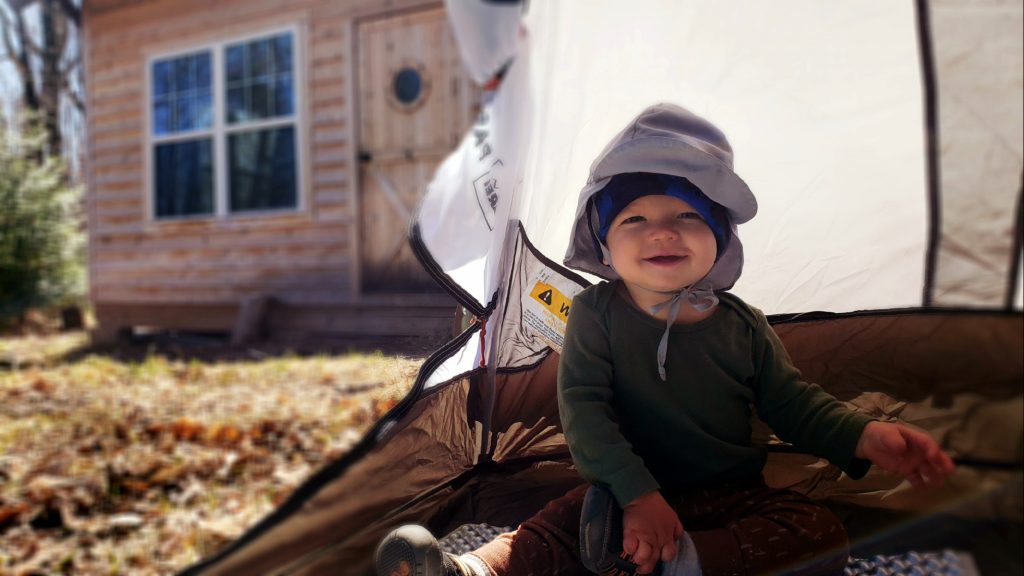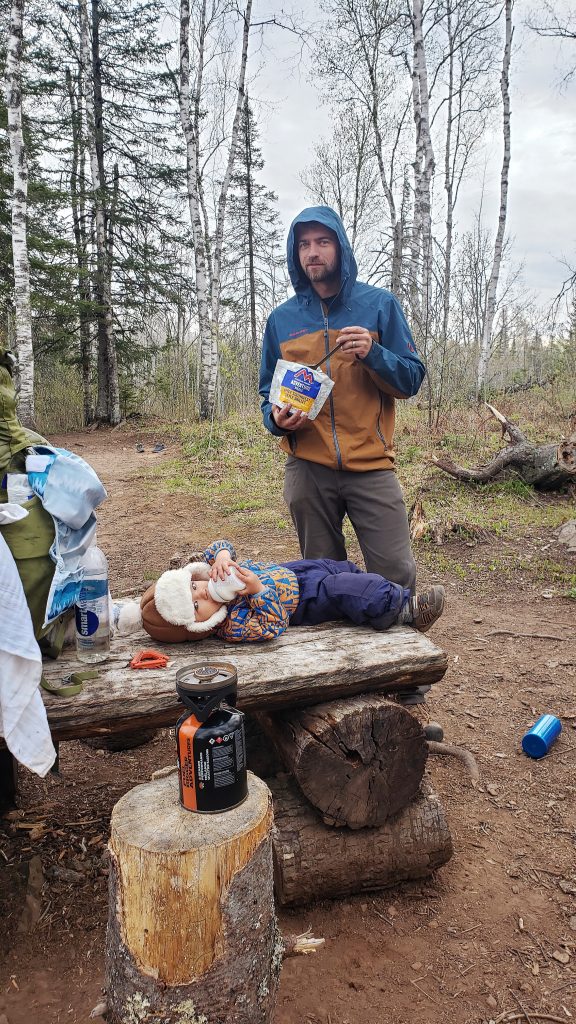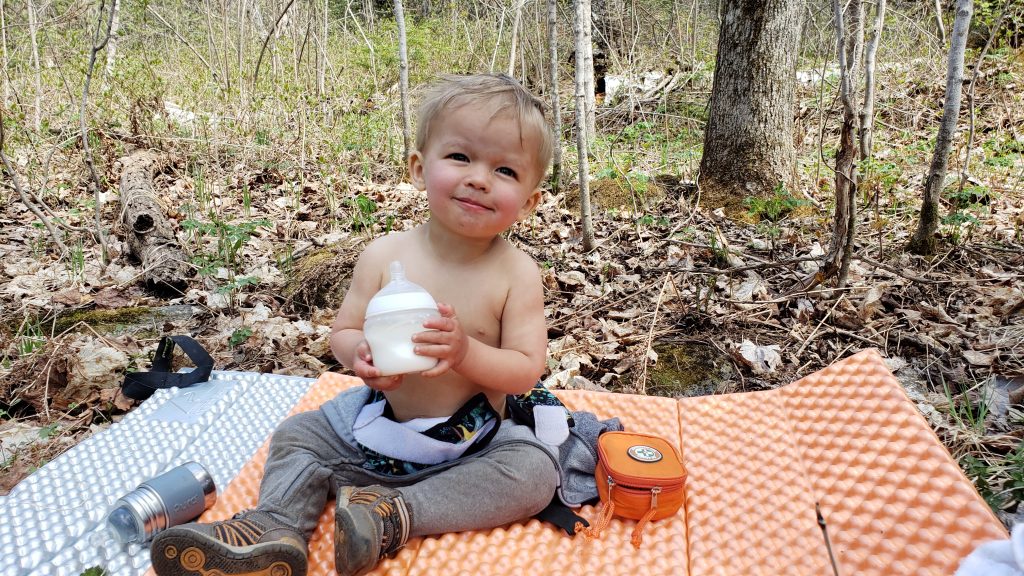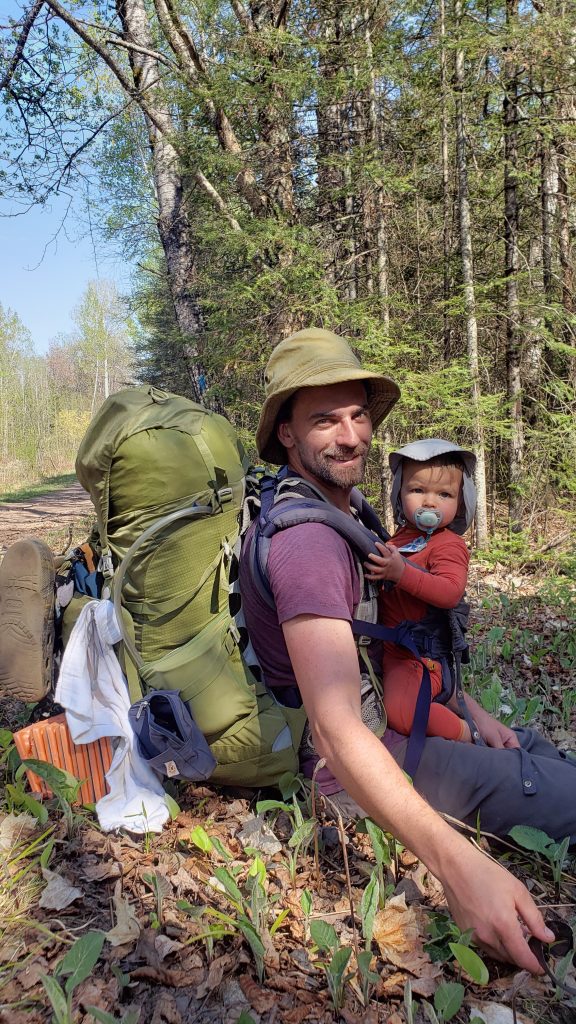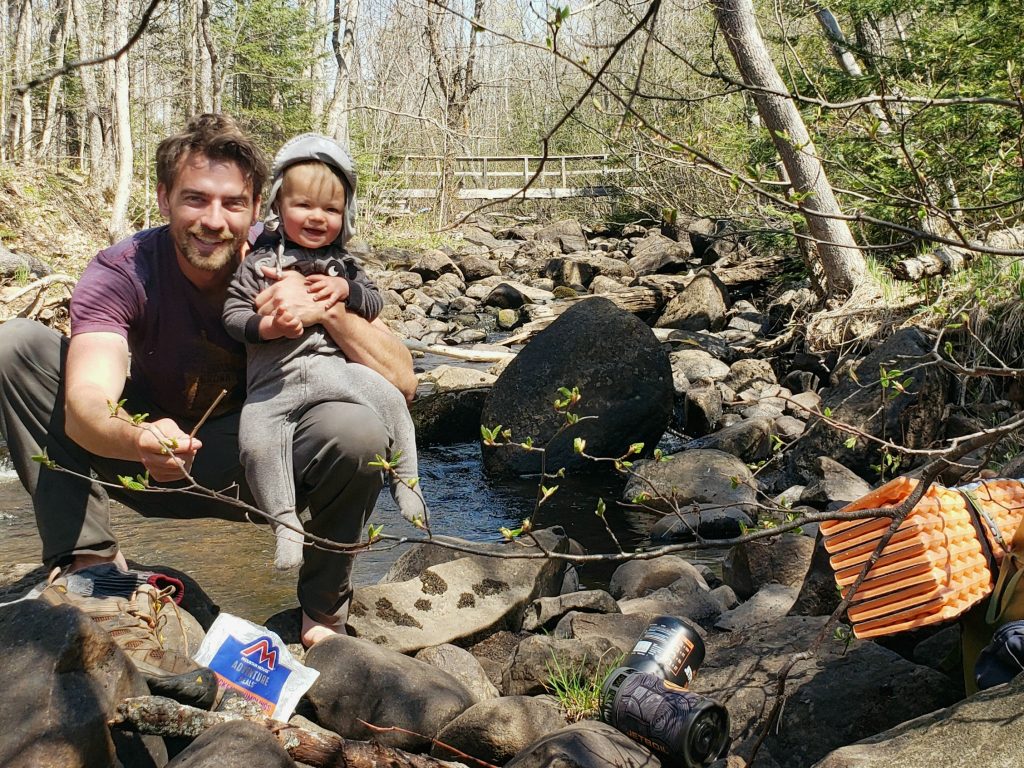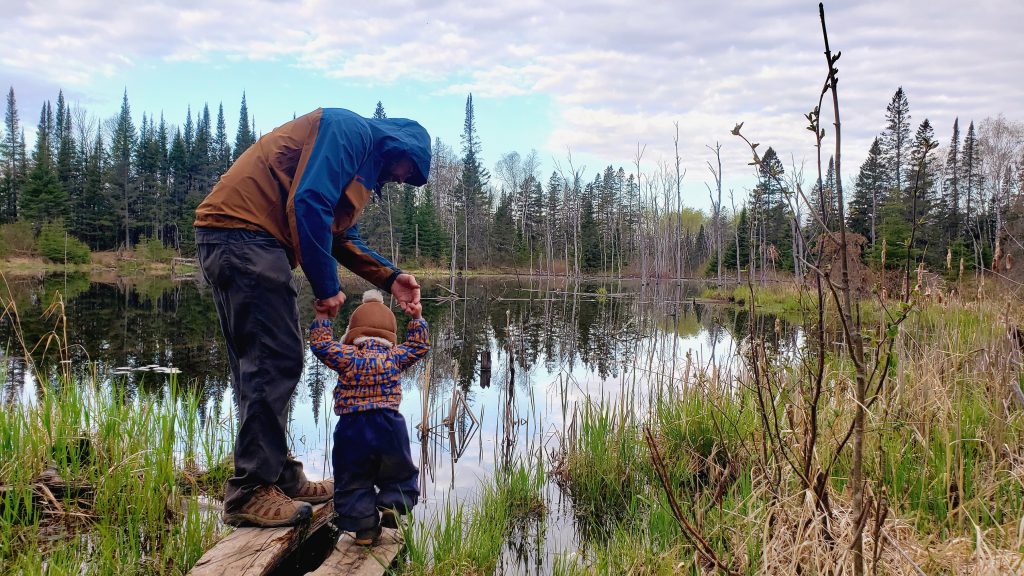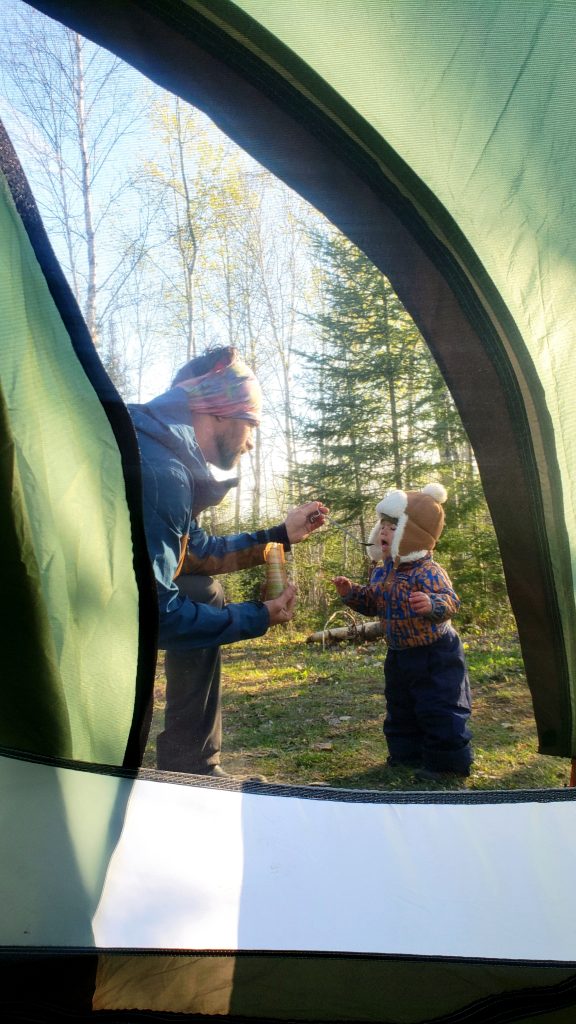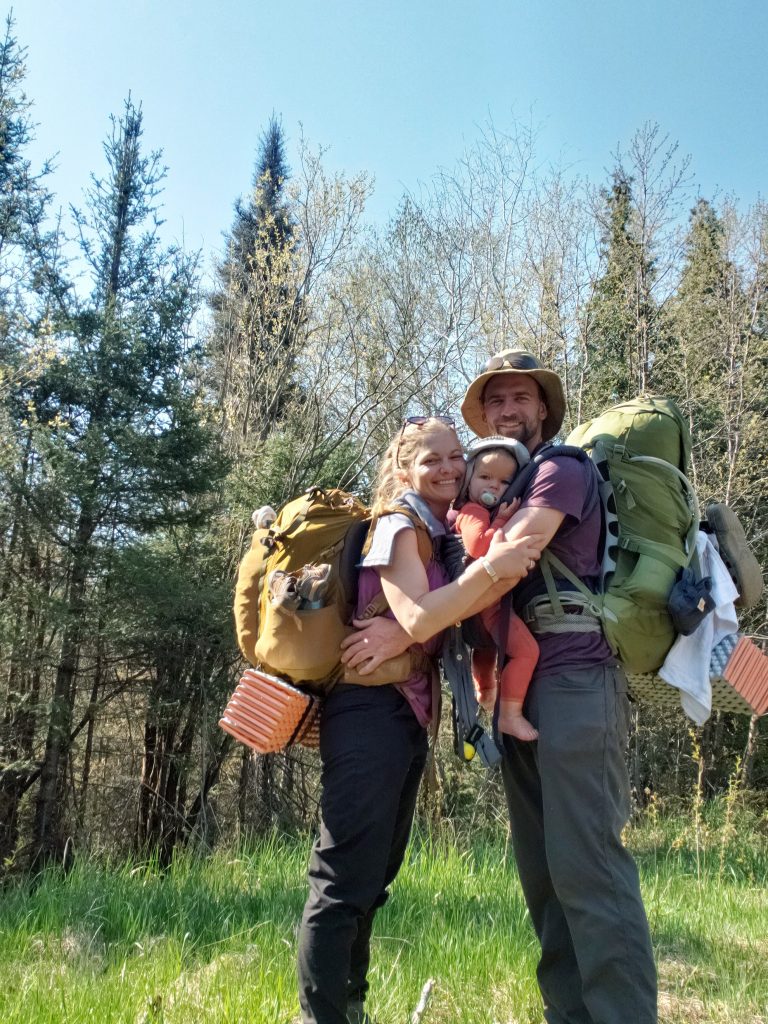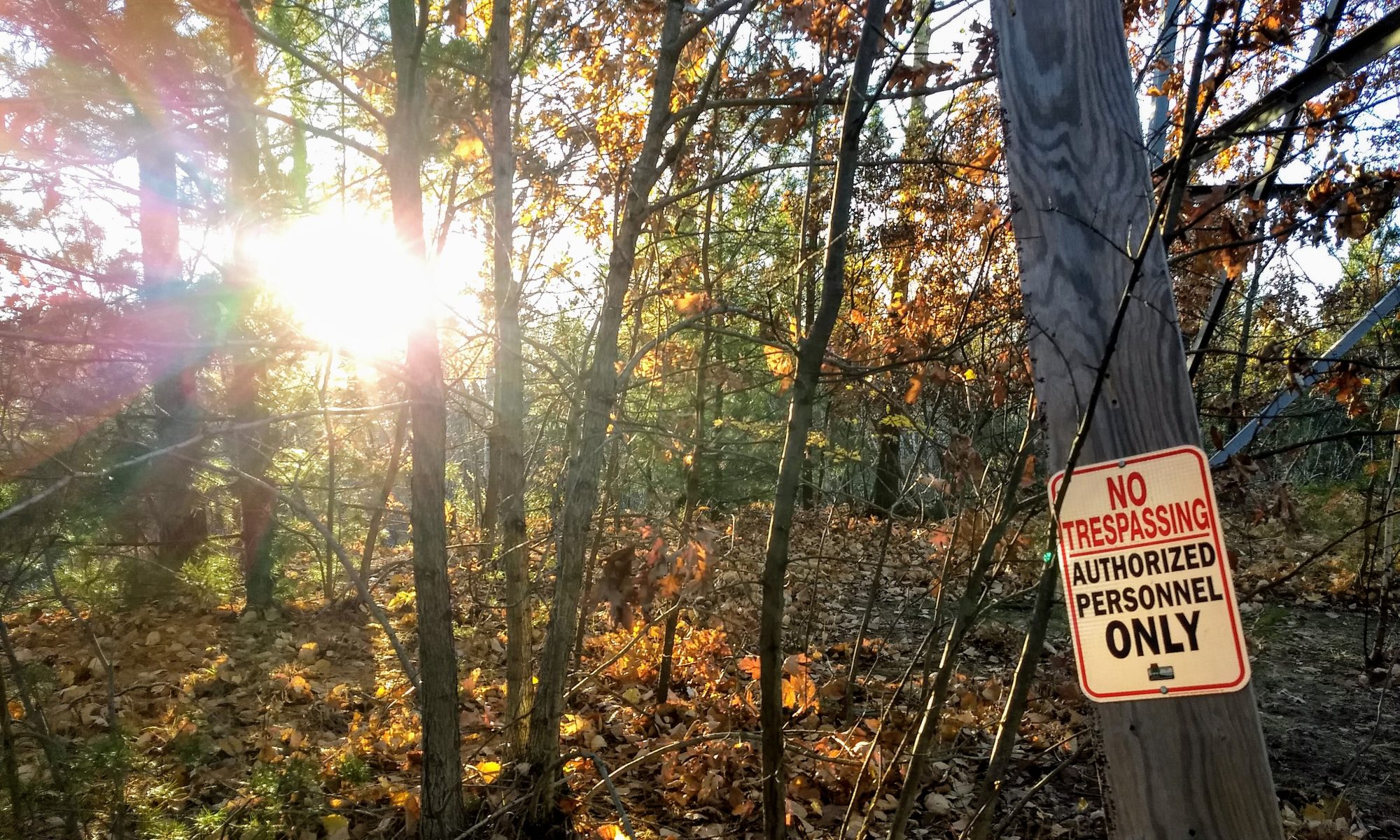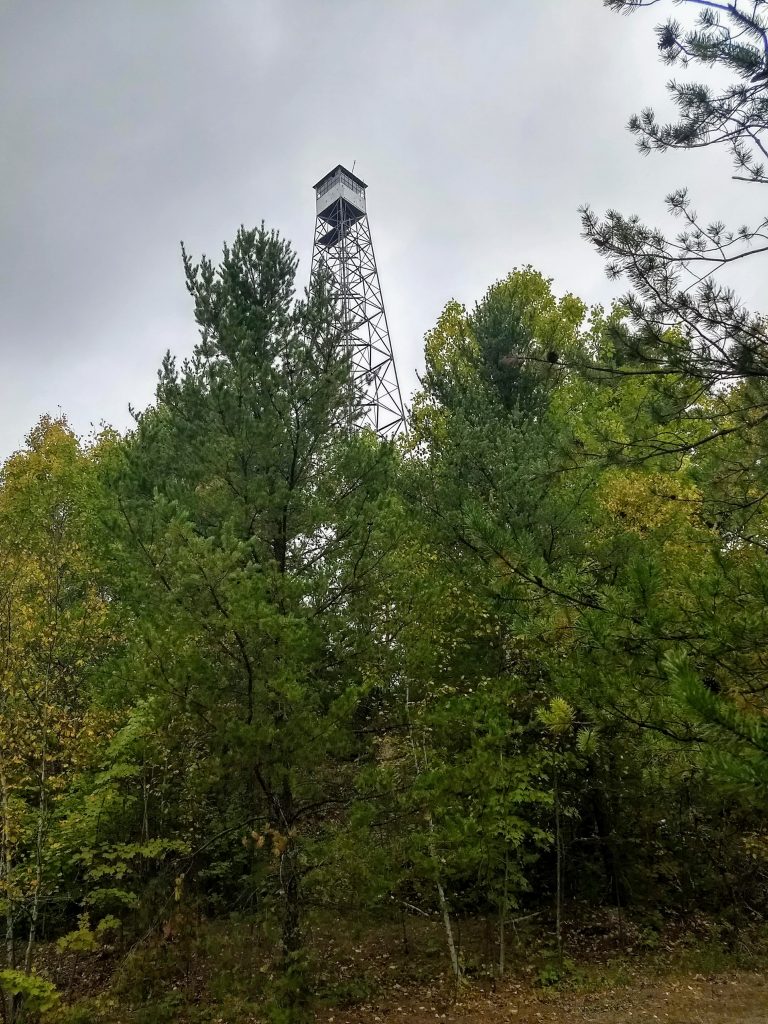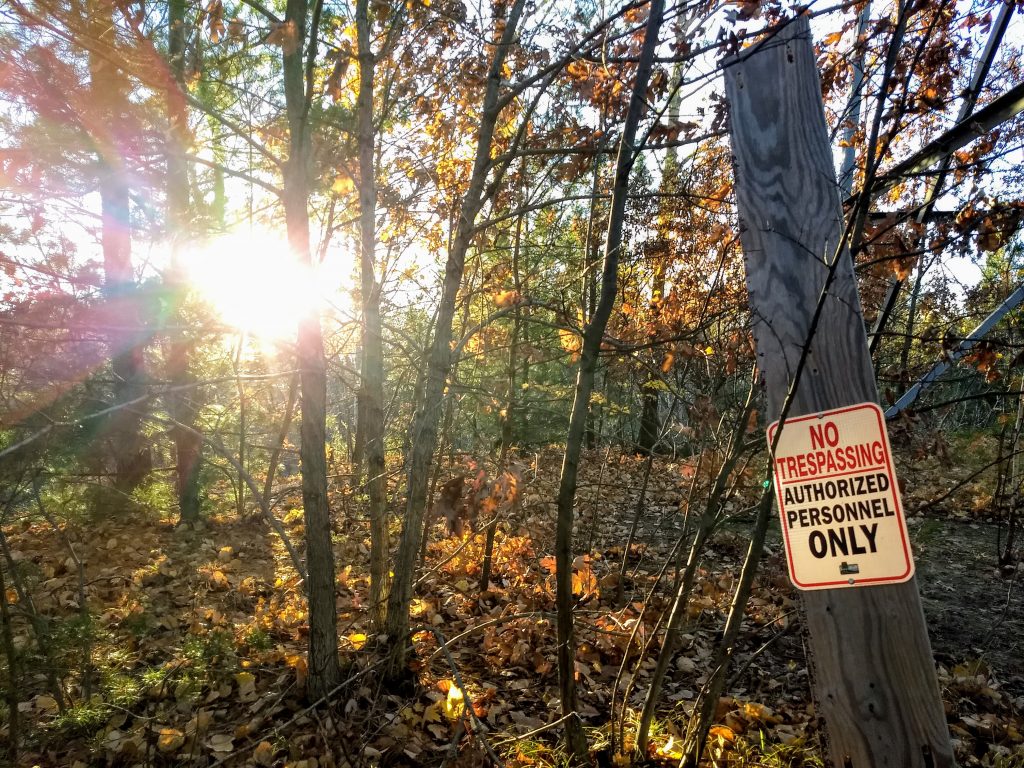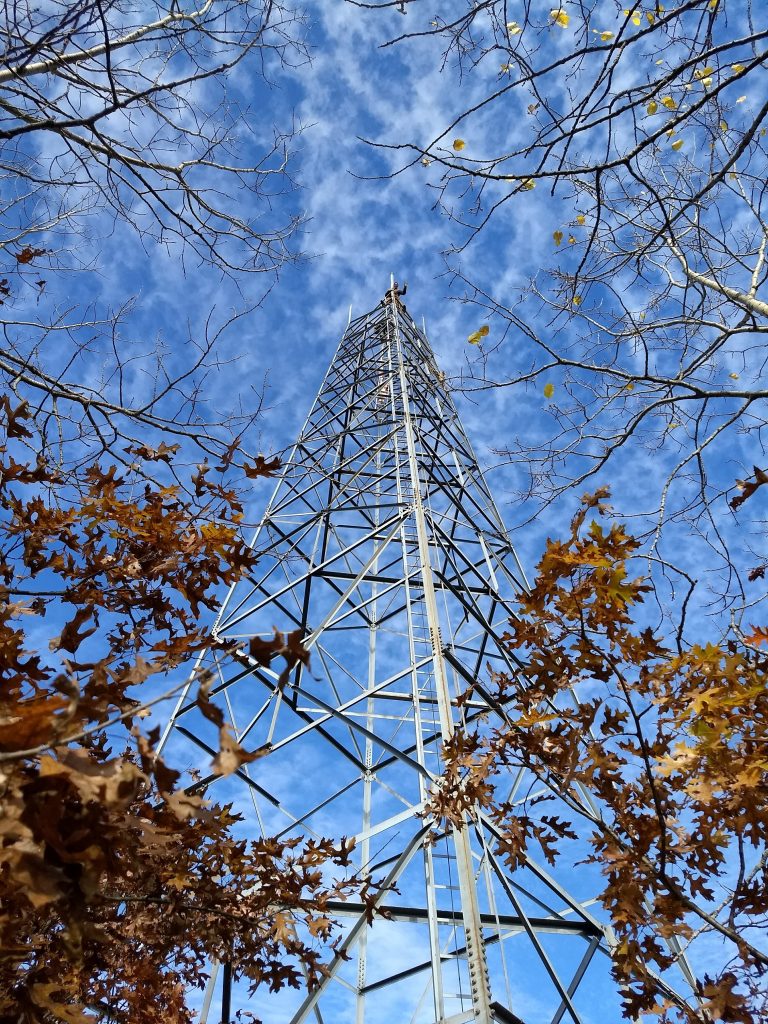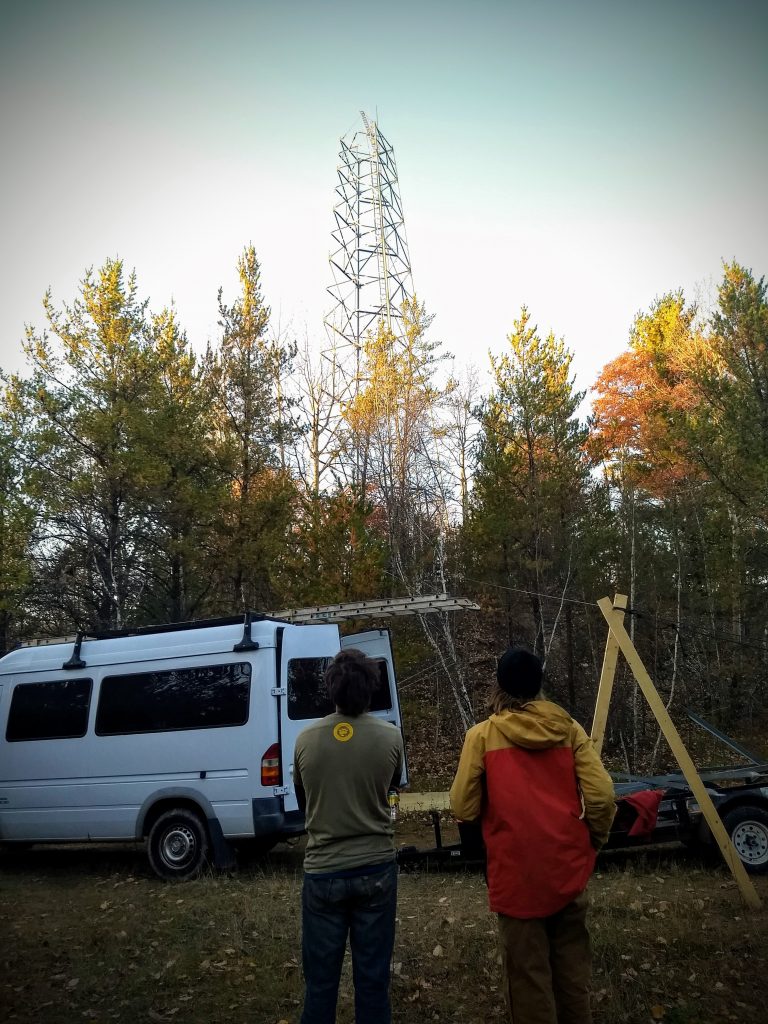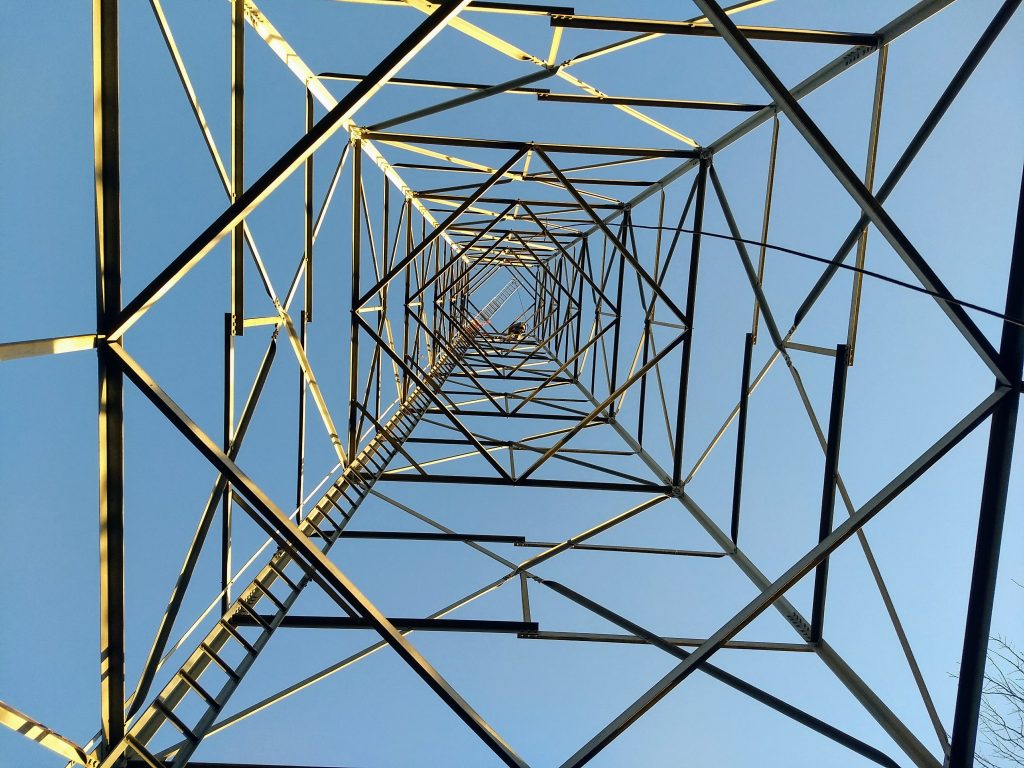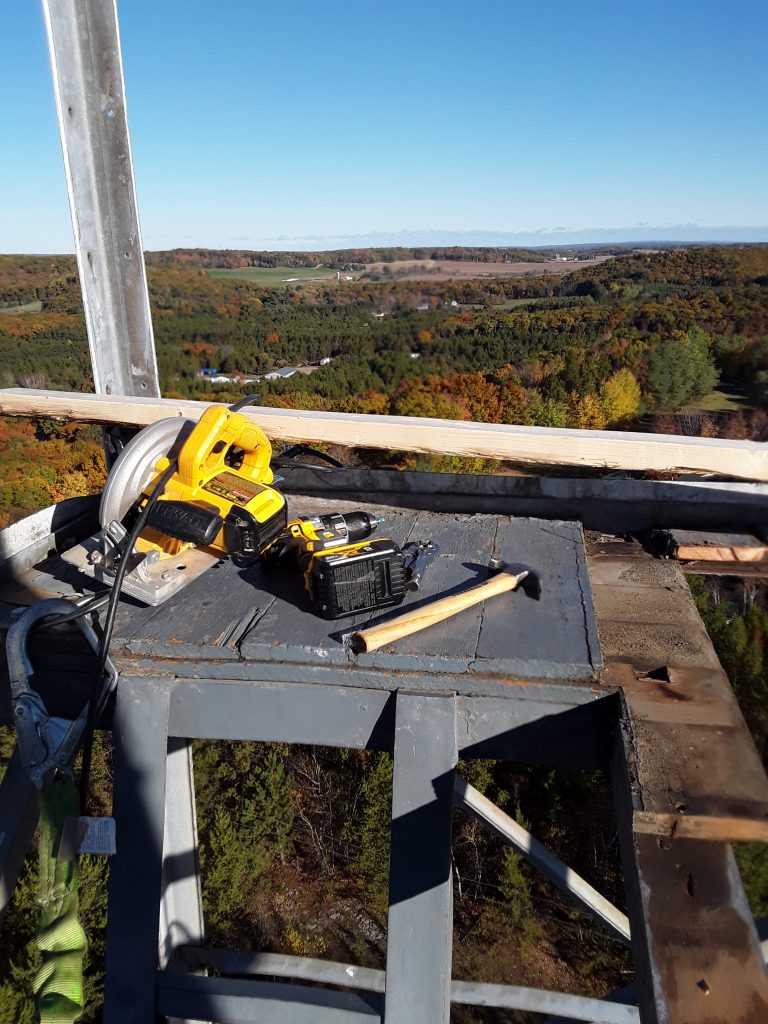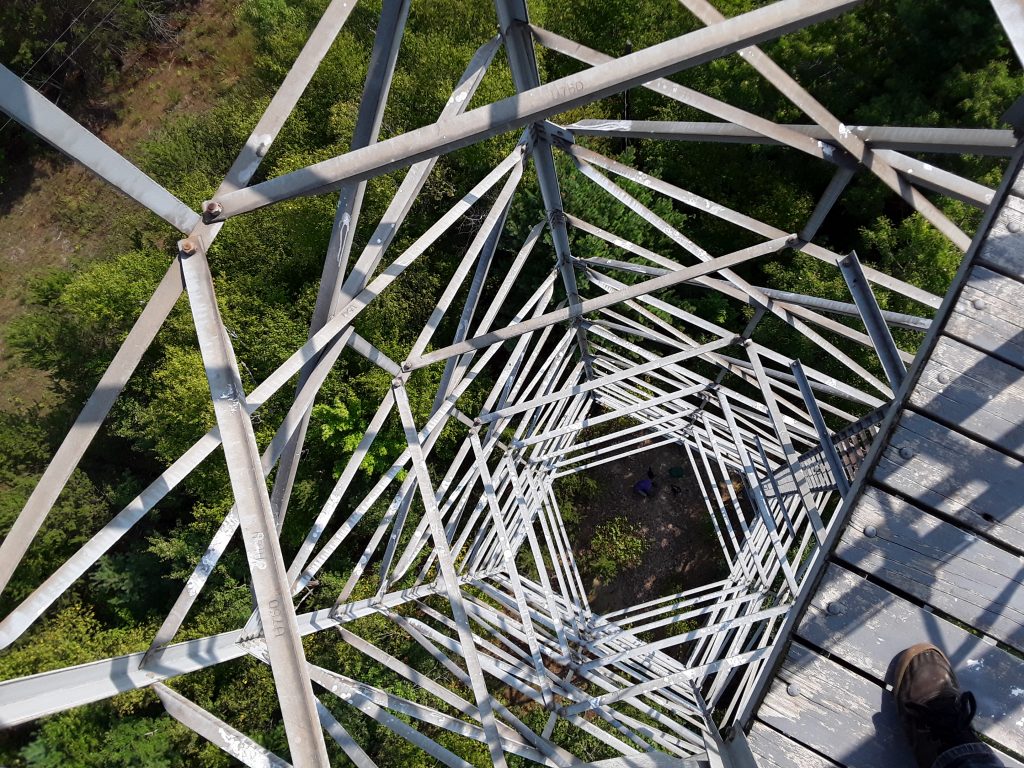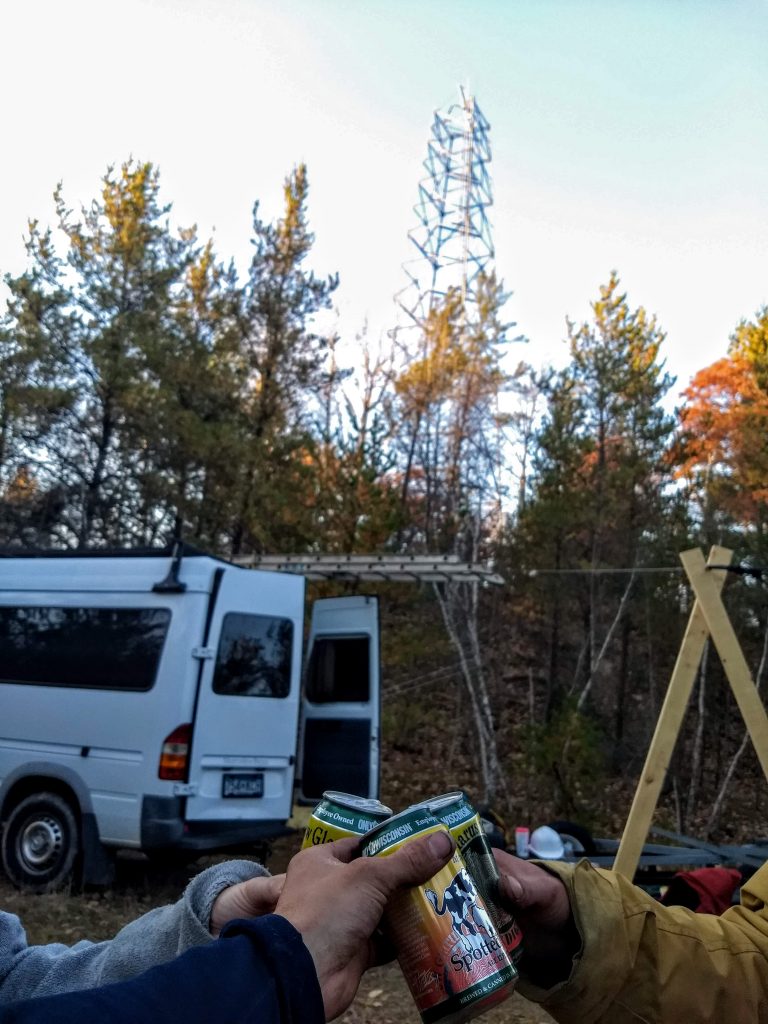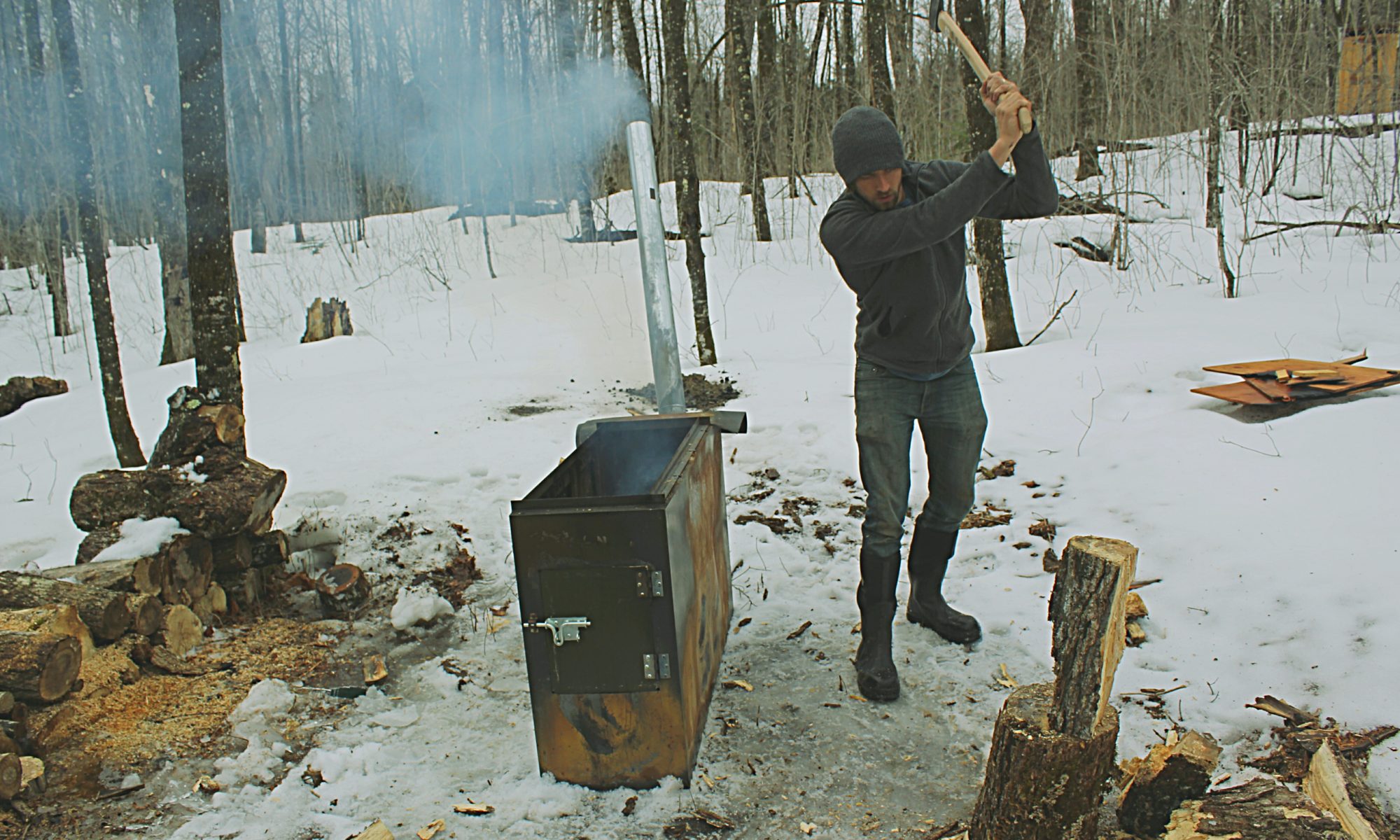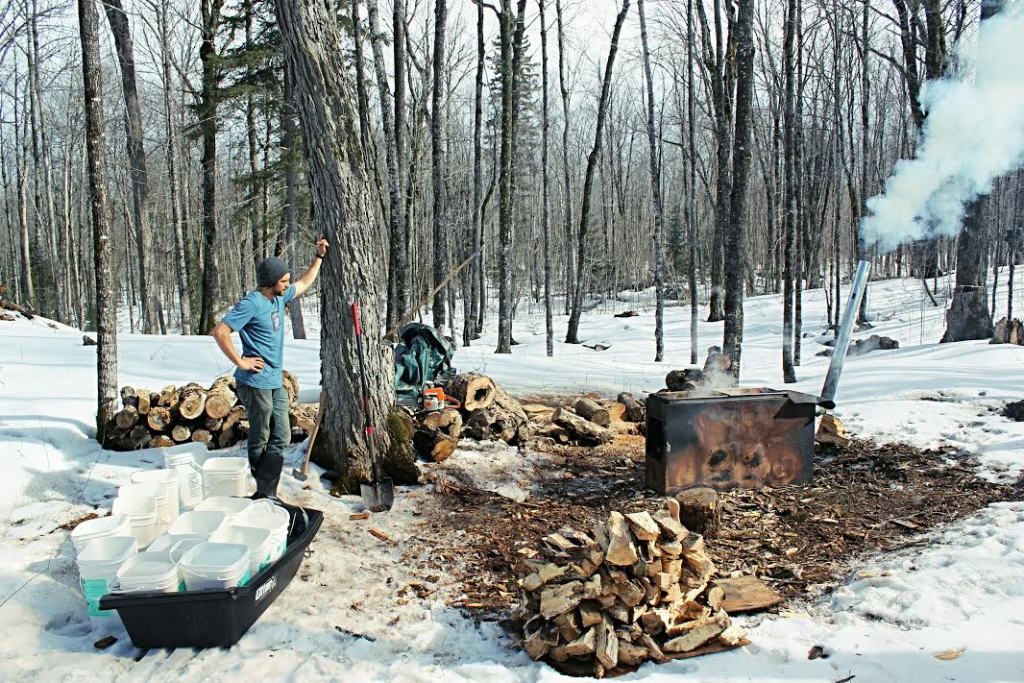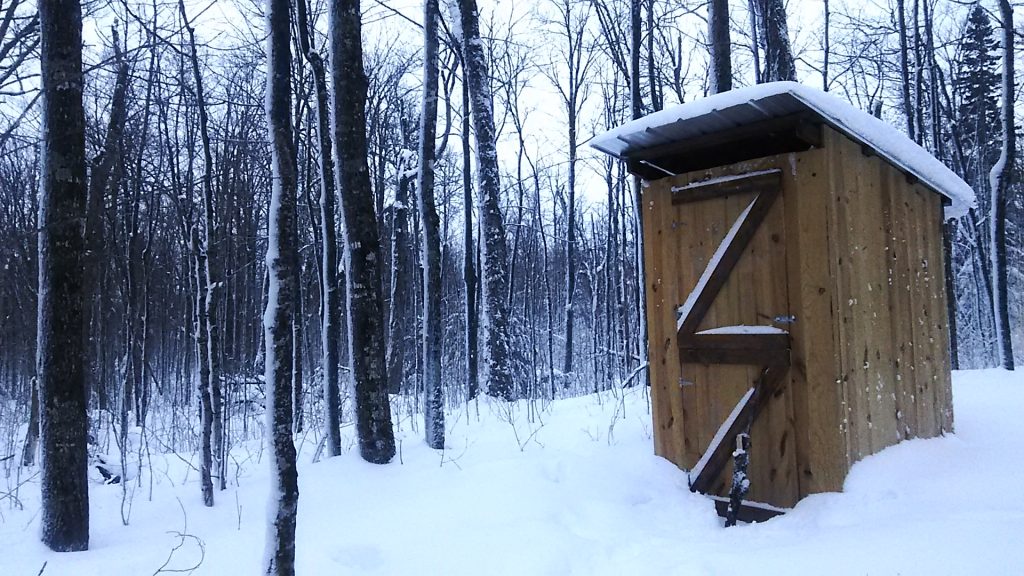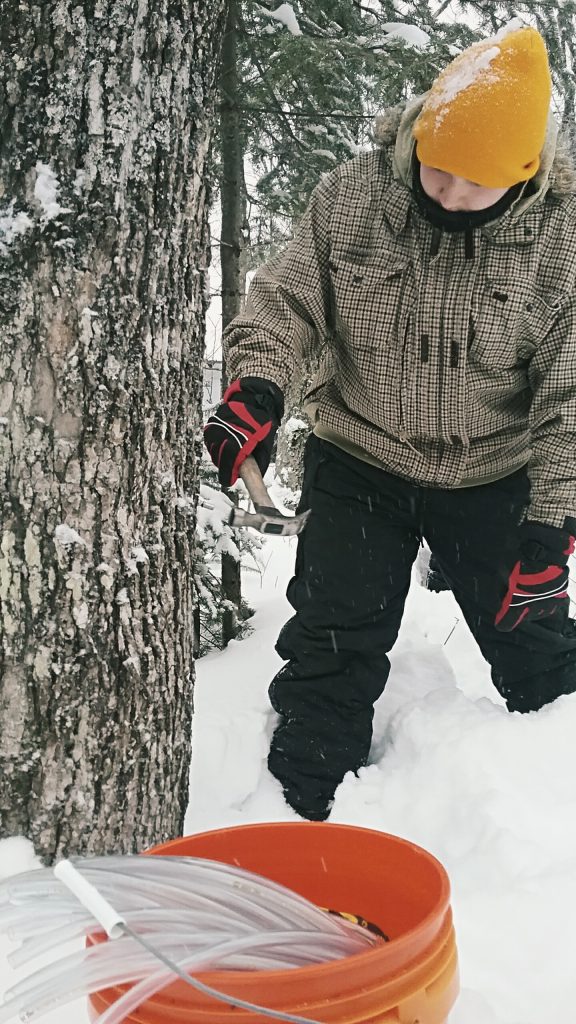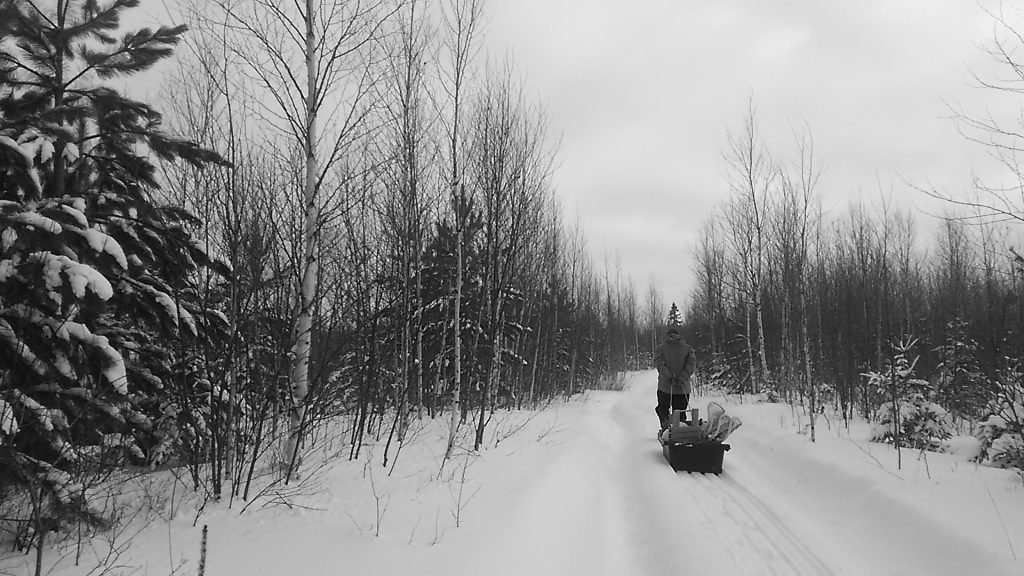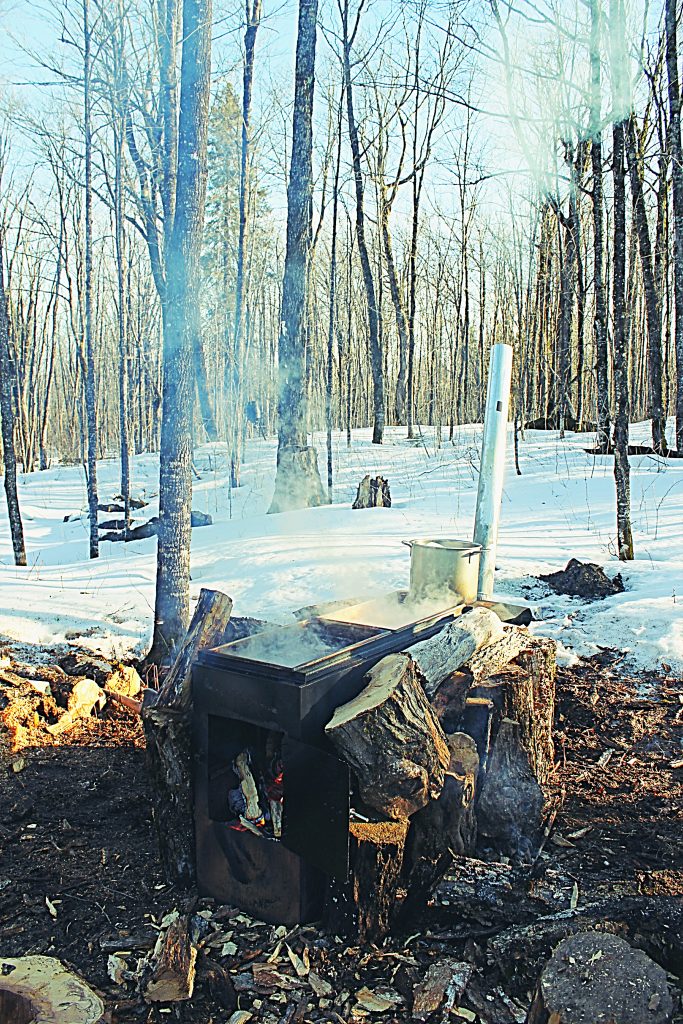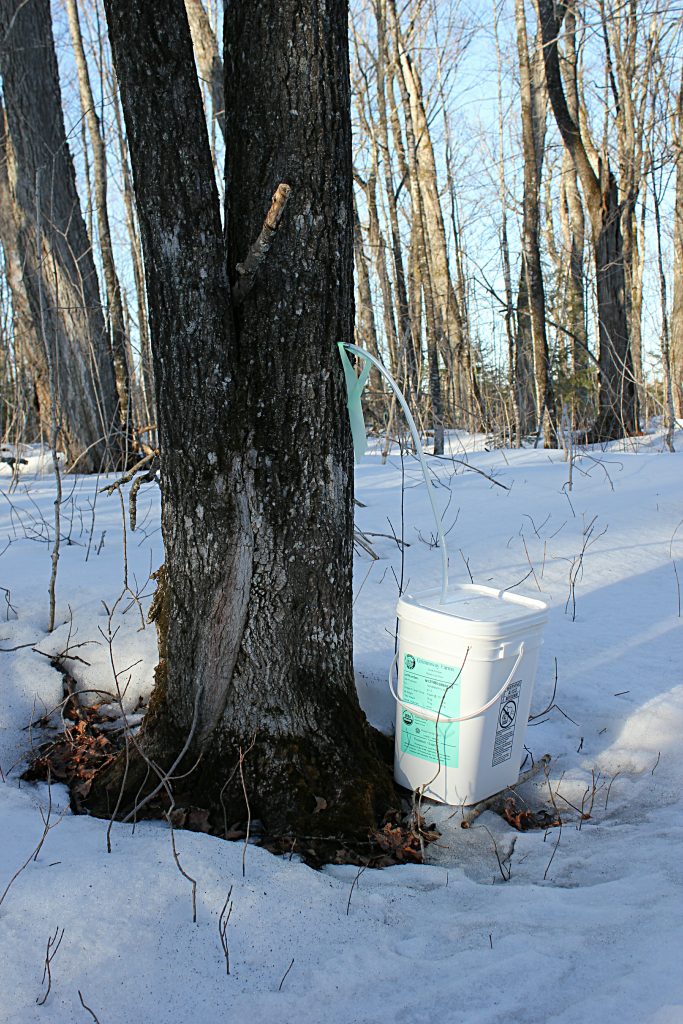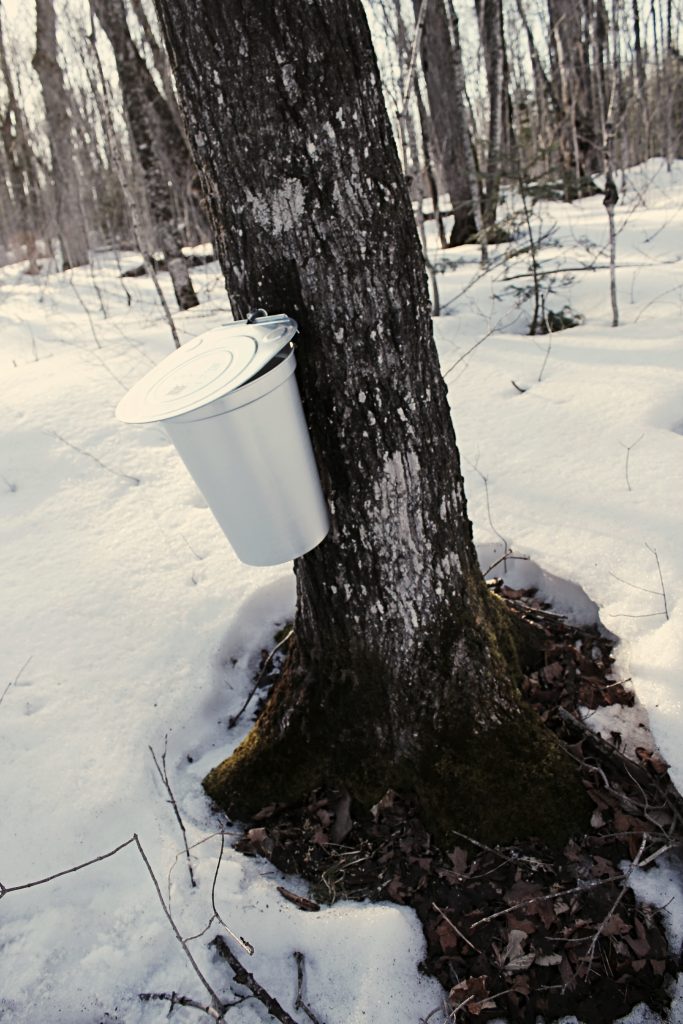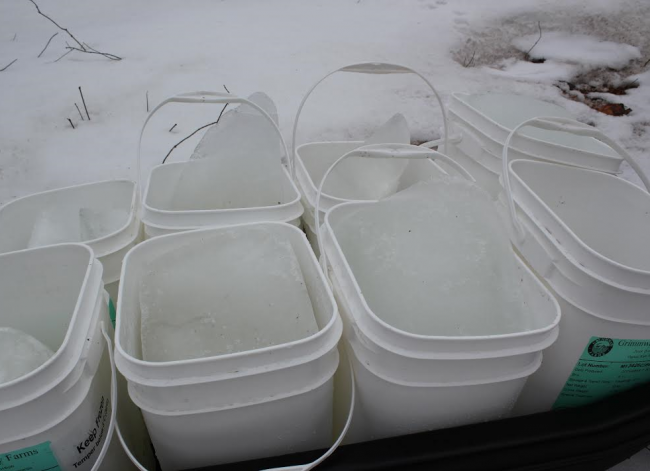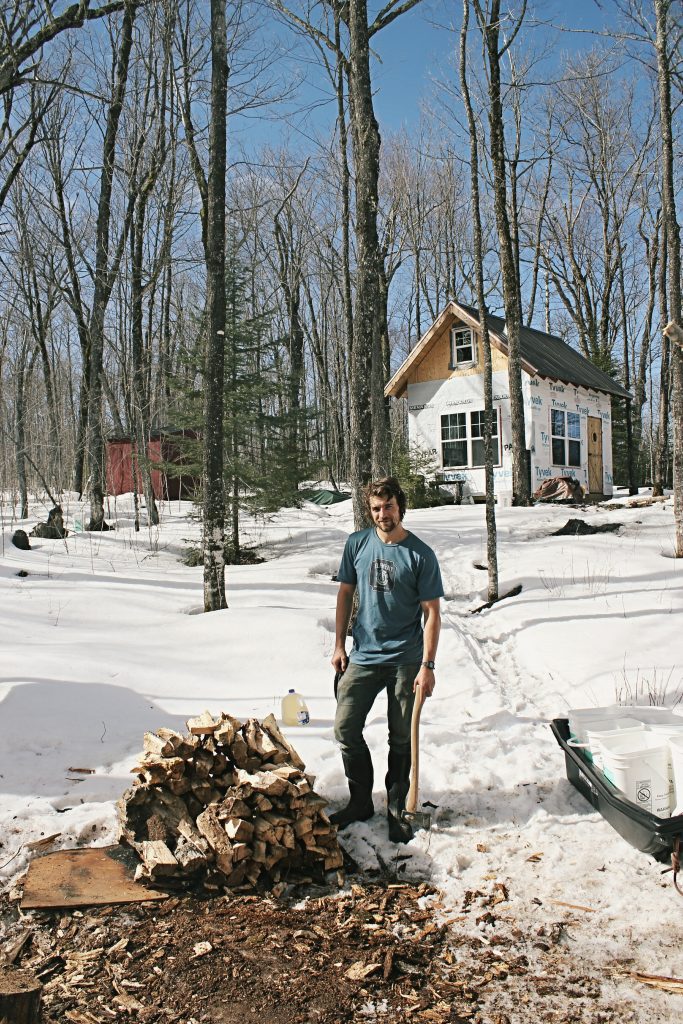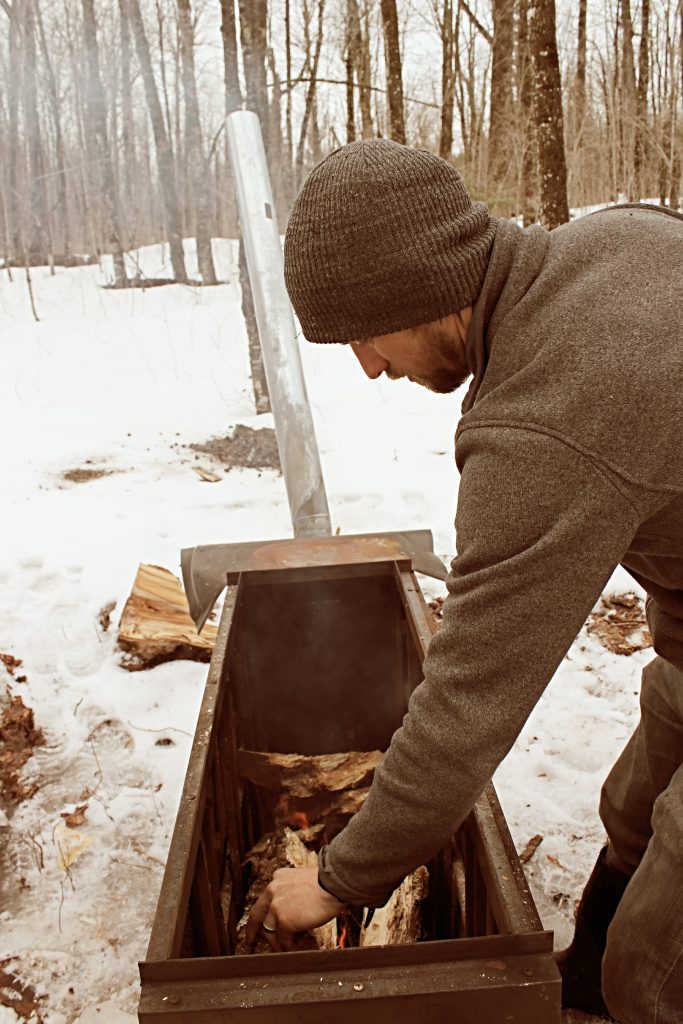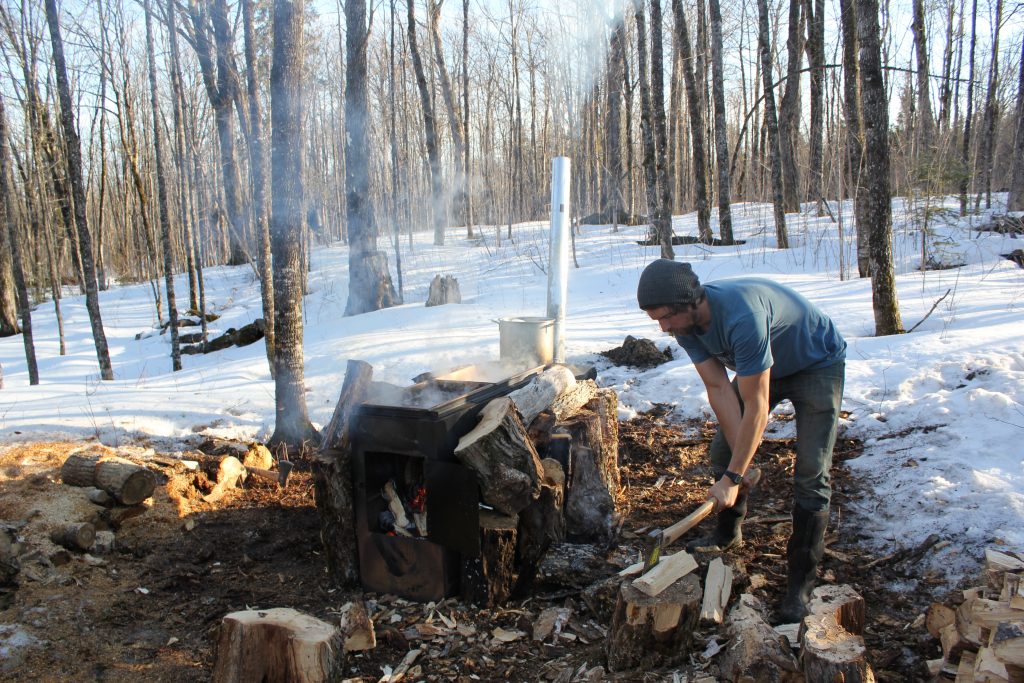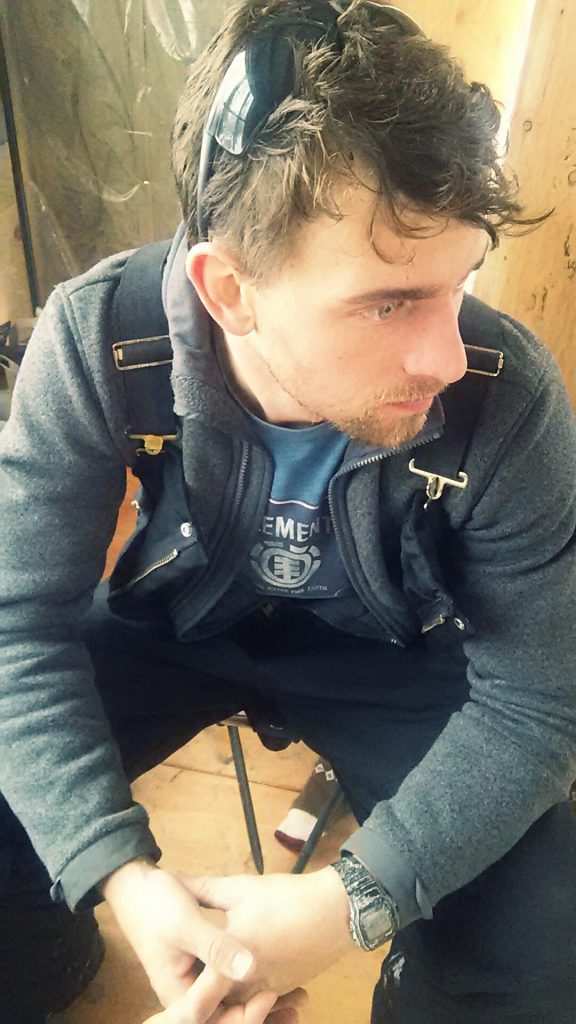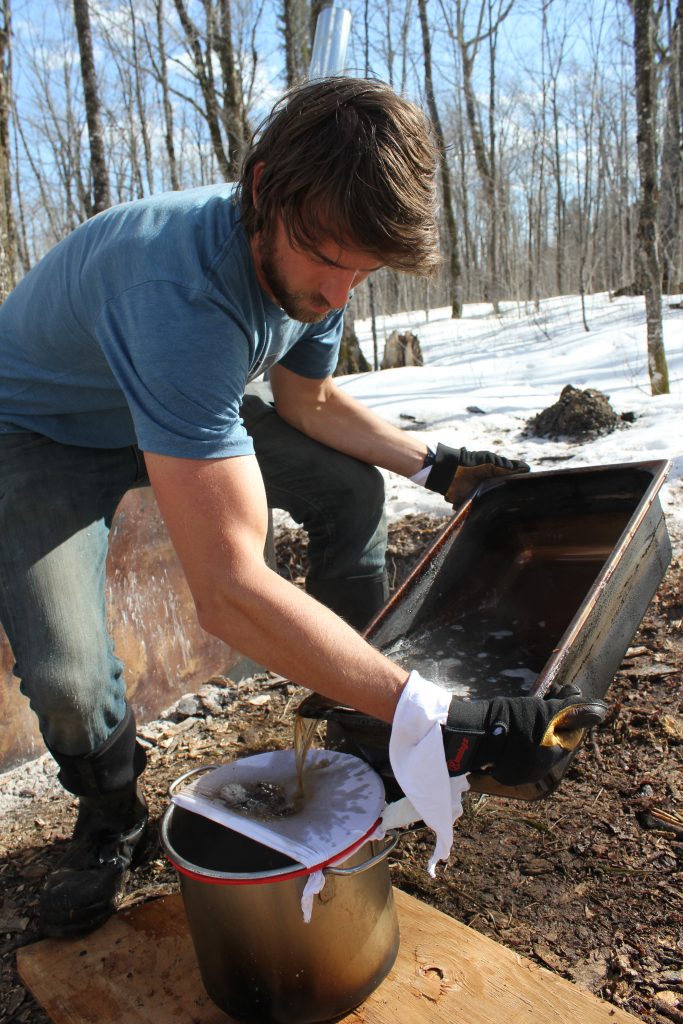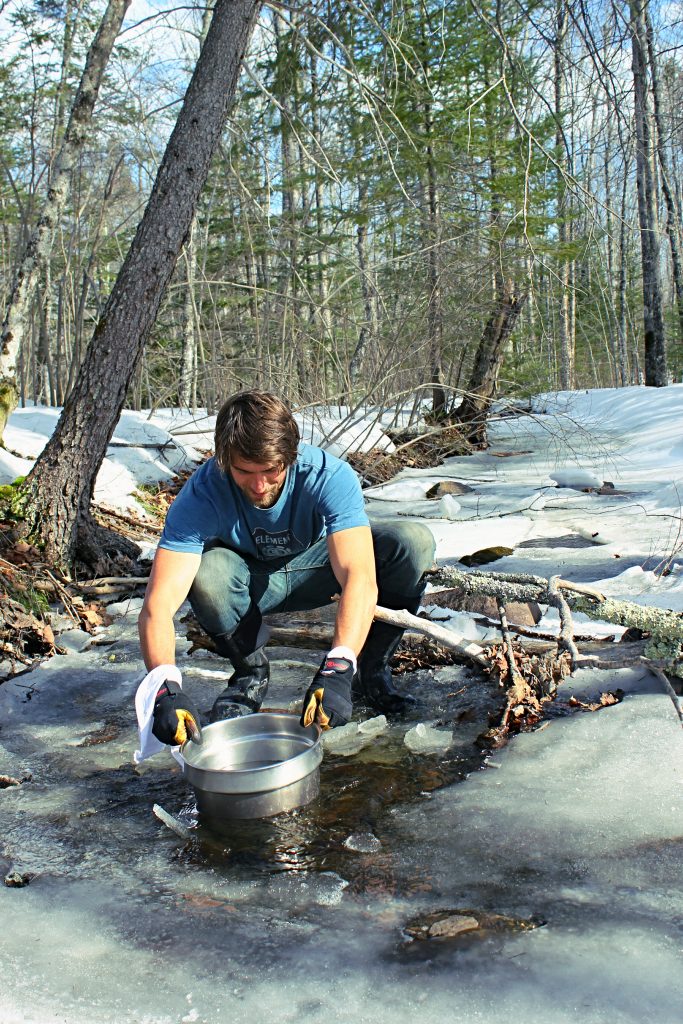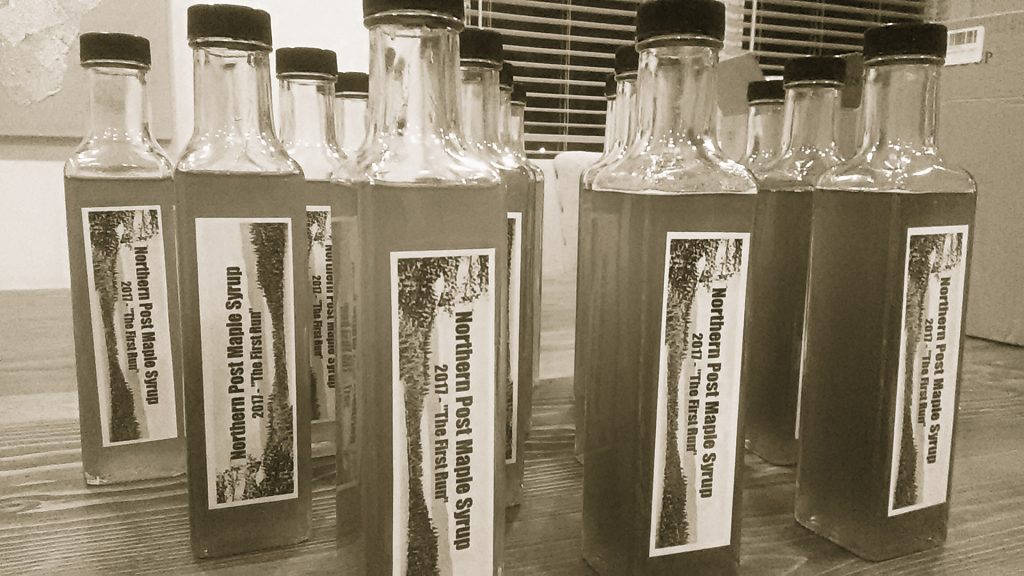I am approaching my 35th birthday and Year 2024 which is the year I learn to play harmonica. For the greater part of a decade, learning the harmonica has been my New Years resolution. It has yet to be resolved, not even close.
The New Year is my favorite holiday. I love that finally and collectively, we slow down and think about the passing of time, what it means, and how we use it. I tend to consider the passing of time more often than your average jane. It slaps me in the face every week from 6:30 on Friday morning to 7pm on Sunday evening as I watch my patients and their families grapple with the loss of it or the new found appreciation of it. Then, on Monday, I come home to find my kids have gotten taller. Time is a thief they say.

To implement another common saying, I would simply describe time as the devil we know. It is better to familiarize yourself with it, hold hands with it, and understand it’s intricacies rather than shun it, run from it, or ignore it. Time can be brutal and precious and so intensely beautiful or sad or both. It will be here whether you want it to or not. We might as well love it.
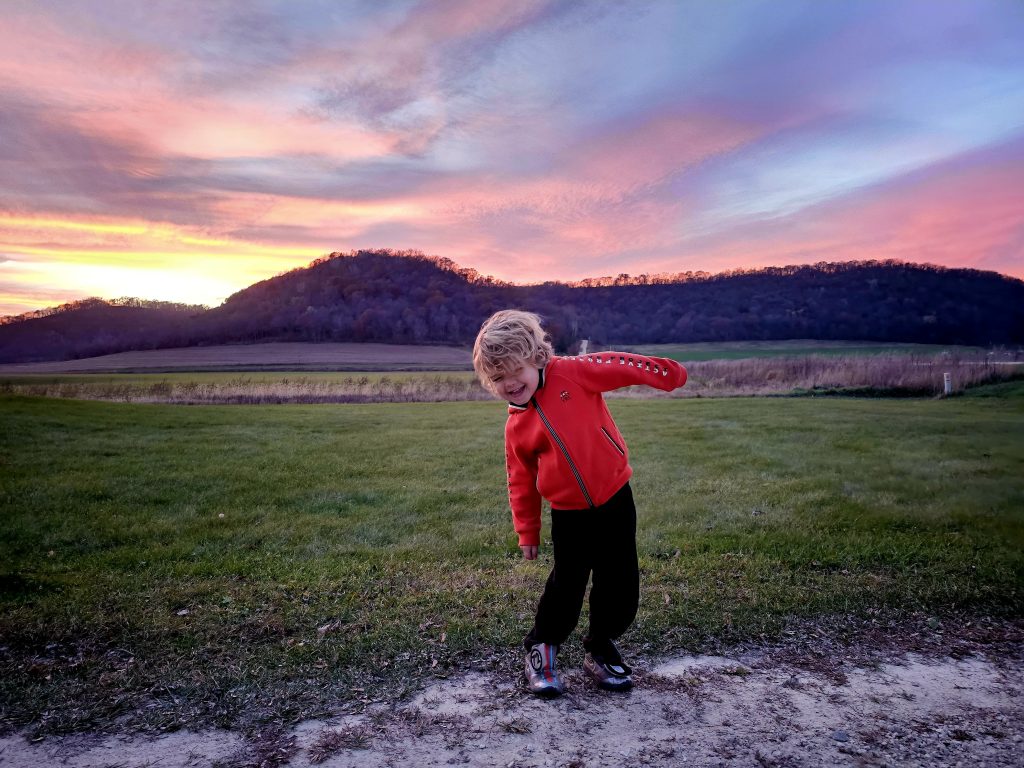
“We might as well love it.” I like that sentence. It feels like a sentence that would fix a lot of little problems- cleaning the house, bad weather, irony, a bad haircut, naughty goats, or loose pigs.
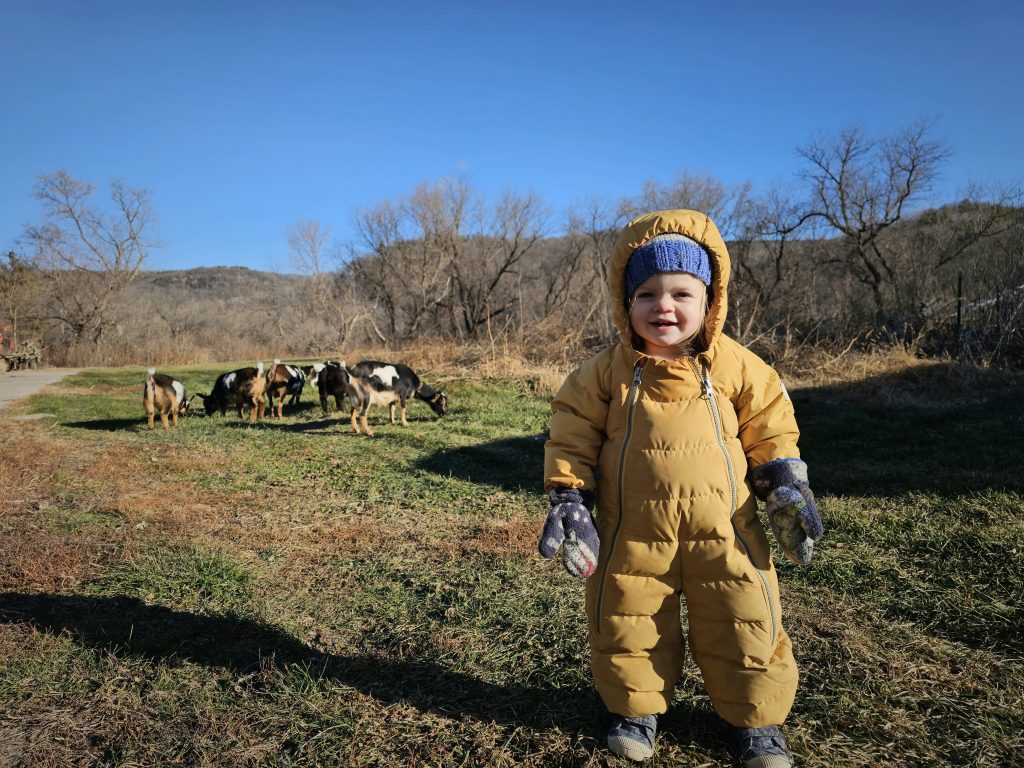
I thought I would save the loose pigs story for another time, but here we are. It occurred on October 17th. I was at work for a mandatory class that I felt like I’ve taken 25 times before.
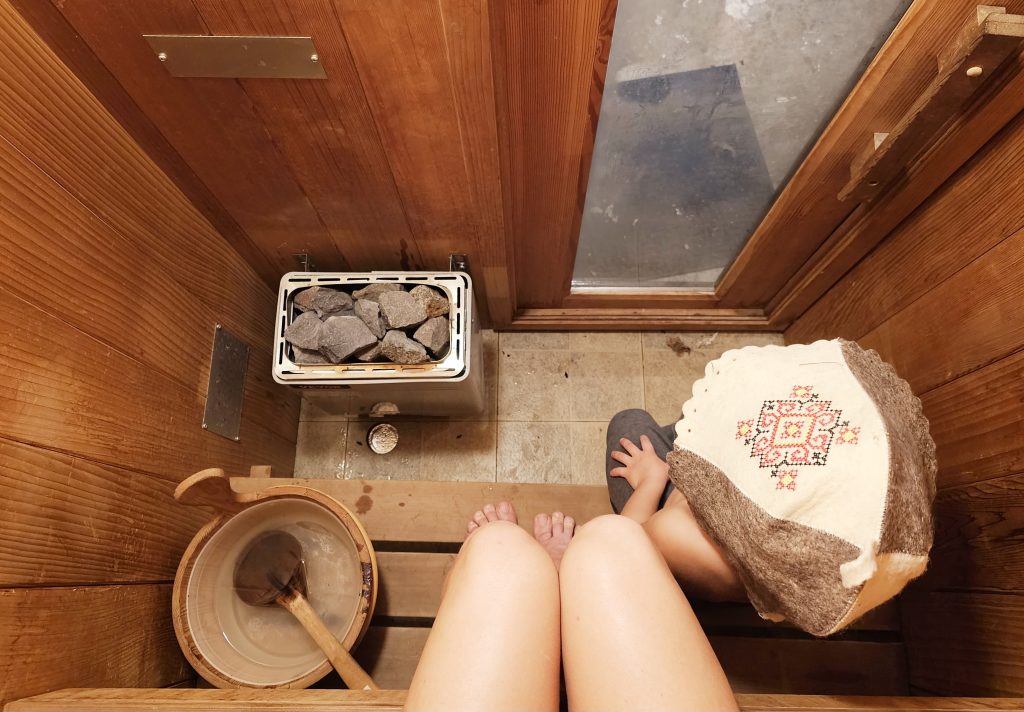
Unbeknownst to me, Michael was dealing with something much more challenging- the pigs were out.
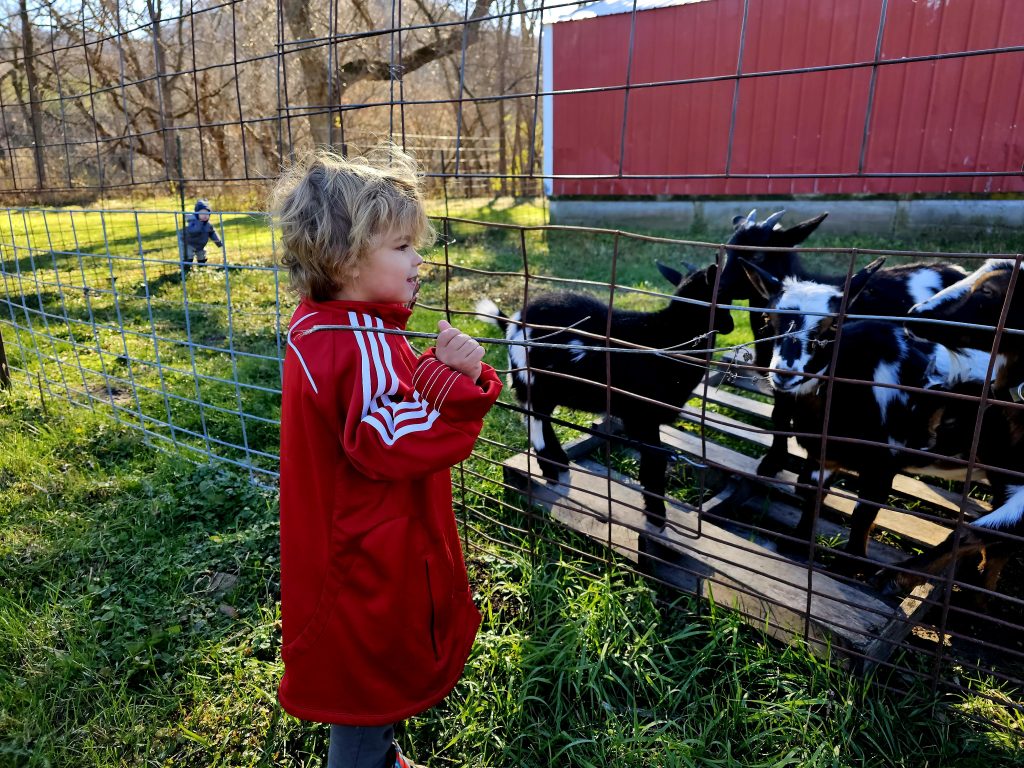
We had the pigs in a temporary electric fence as we were utilizing their snouts for garden cleanup with the idea that their hinders would also be useful for fertilization.
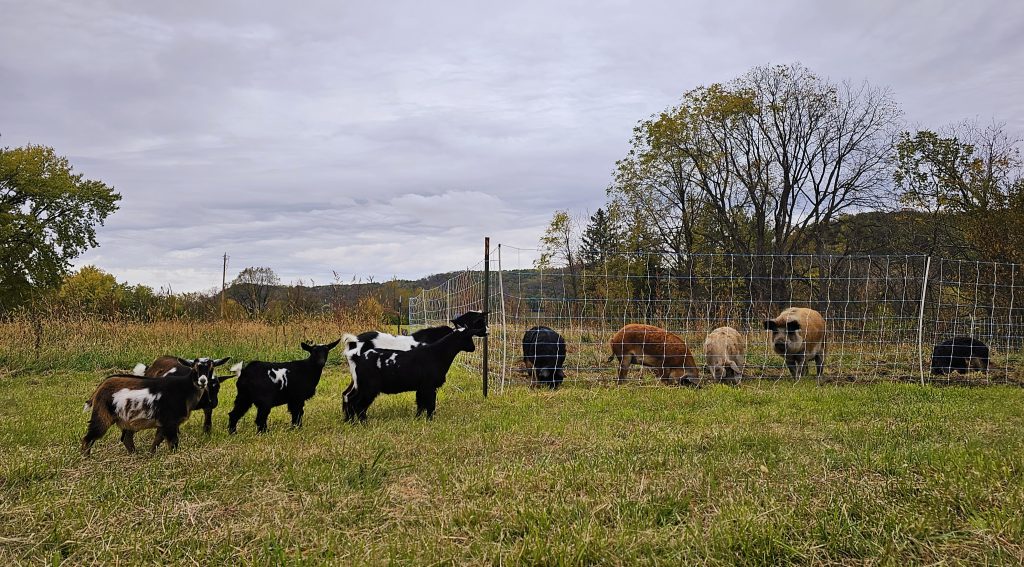
Turns out, their snouts are not only useful for tillage and weed control, but they also make quick work of grounding out a fence. The old adage is true- pigs are smart.
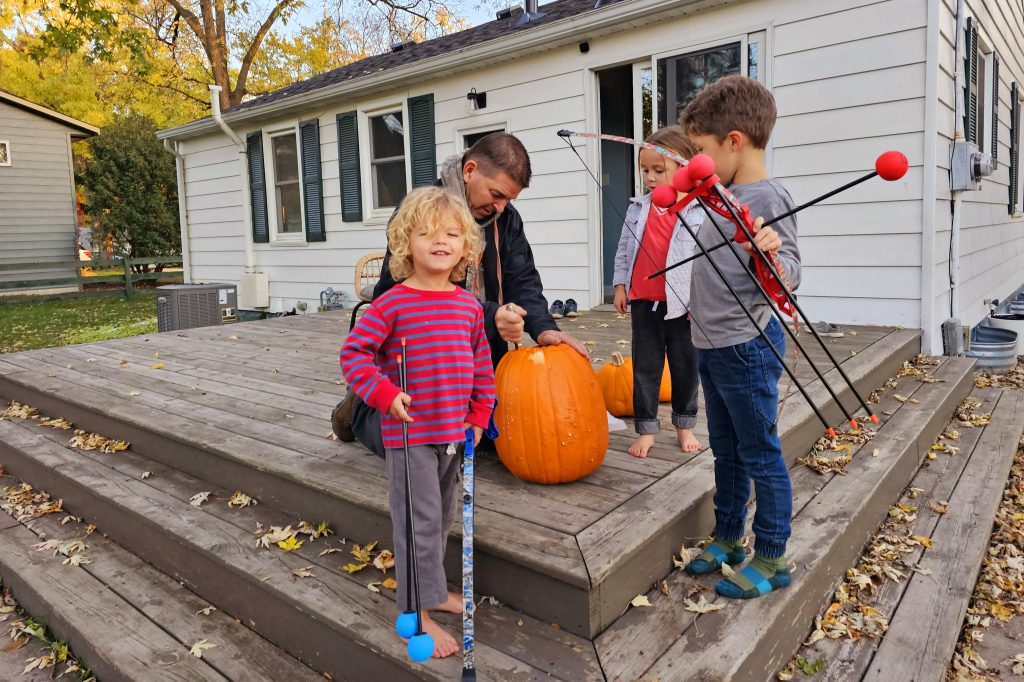
The pigs are so smart that they much prefer me over Michael. This proved a bummer for us when they got out on Michael’s watch, and he was unable to coerce them home. Instead, Rosie and her 4 daughters- Pearl, Esther, Ruby, and Sweets darted. Poor Michael was juggling five loose pigs and two loose kids and none were cooperating. Michael rarely makes things look difficult, but this must have been a sight to see.

We live off a gravel road with farm fields to three sides of us and dense woods to the other. A decent sized creek separates our woods from a large state forest. Our pigs are of the mangalitsa breed- a robust, wooly breed that would certainly thrive through the coming winter with or without us. This piece frightened me- did we just lose our pigs to public land? Will they turn feral and cause some problems? I’ve traveled to a handful of places where feral hogs are a real land and water disturbance.
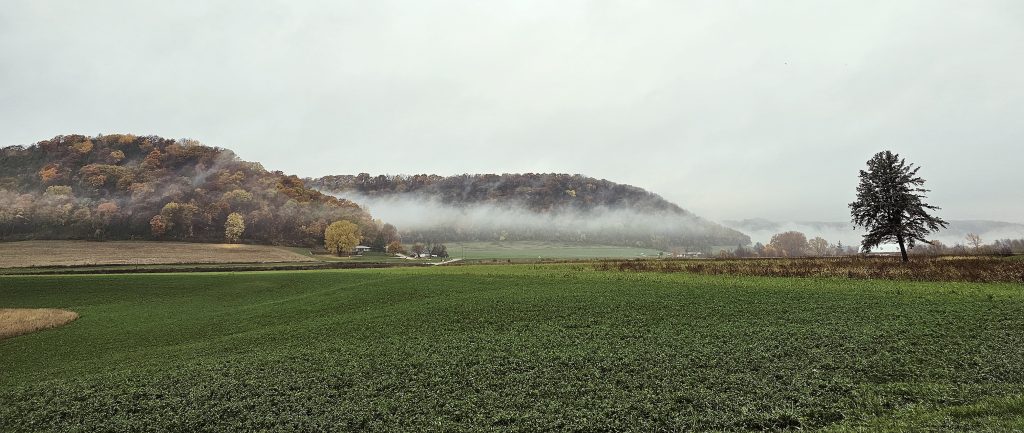
After a frantic Google, I was not reassured. In typical Google fashion, I was greeted by tales of turmoil including articles about “super pigs” that are making their way to Minnesota from Canada and bringing all sorts of destruction with them. I also found a Minnesota statute that prohibits one to “allow feral swine to run at large”; it appears to be a misdemeanor.
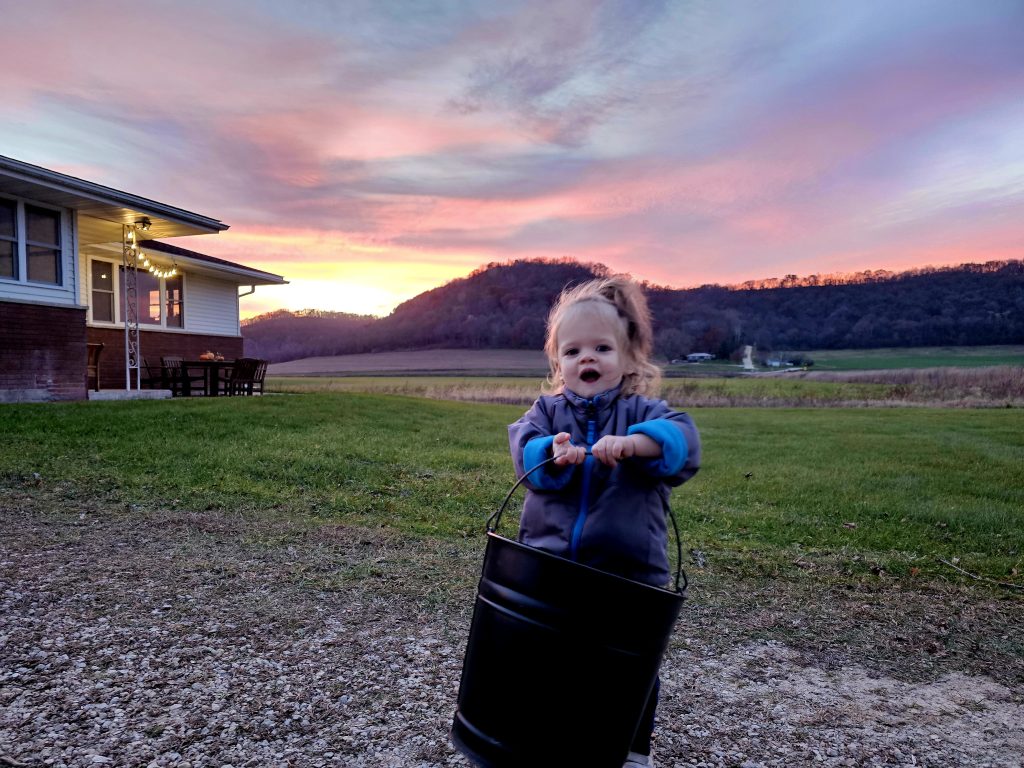
I drove myself home from work at an illegal rate. By the time I arrived home, Michael and my dad had scoured our property three times over by foot and wheels and soon by drone thanks to my cousin Zach. The drone told us that the pigs were not in the fields, but the big forest to the east remained a mystery.
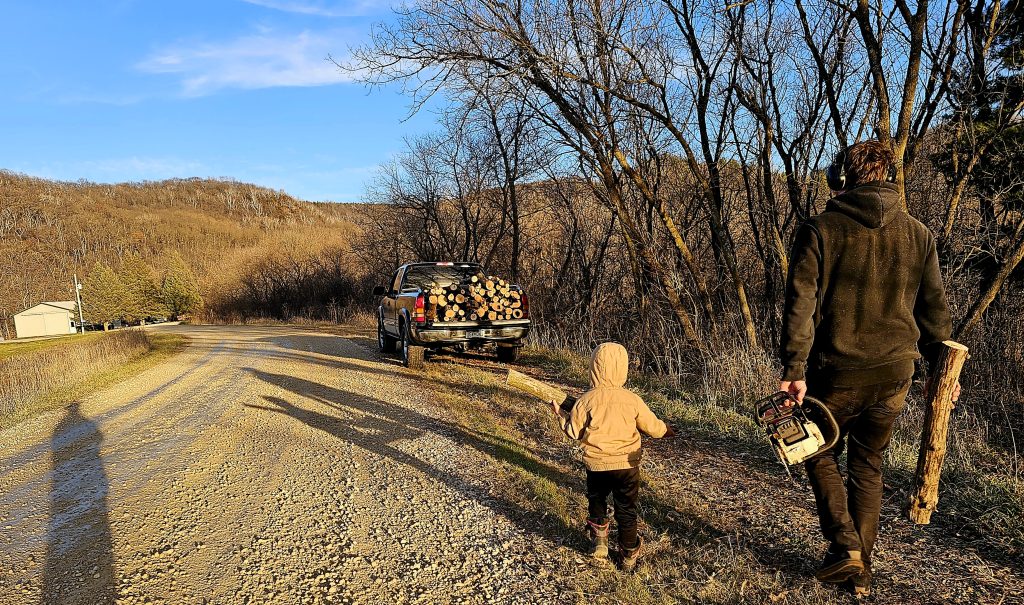
The pigs have now been missing for five hours. Michael has given up, and I still think I’m going to get life in prison for swine at large. I tell Michael about my misdemeanor concerns and overall worry about the pigs’ potential impact on private and public spaces. Michael’s immediate reply was, “I could use a misdeamenor,” and proceeded to call the DNR to ‘fess up and get some info on what we should do if our pigs can’t be found. What a guy.
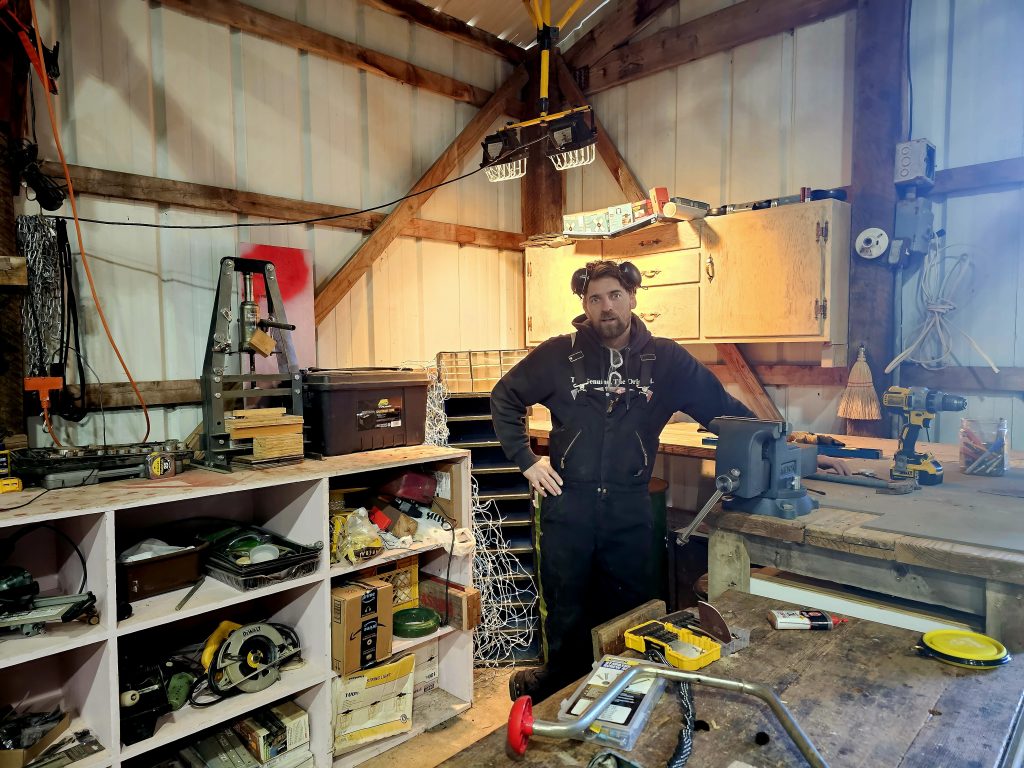
I called neighbors to let them know about our swine at large. Whomever I called only asked how they could help and shared their own stories of lost livestock. I guess the consensus was- “Welcome to farming!”

Michael and I lunched, put the kids down to nap, and when we nearly threw in the towel on our search, I told Michael, “I’m going to take one more walk by the river.”
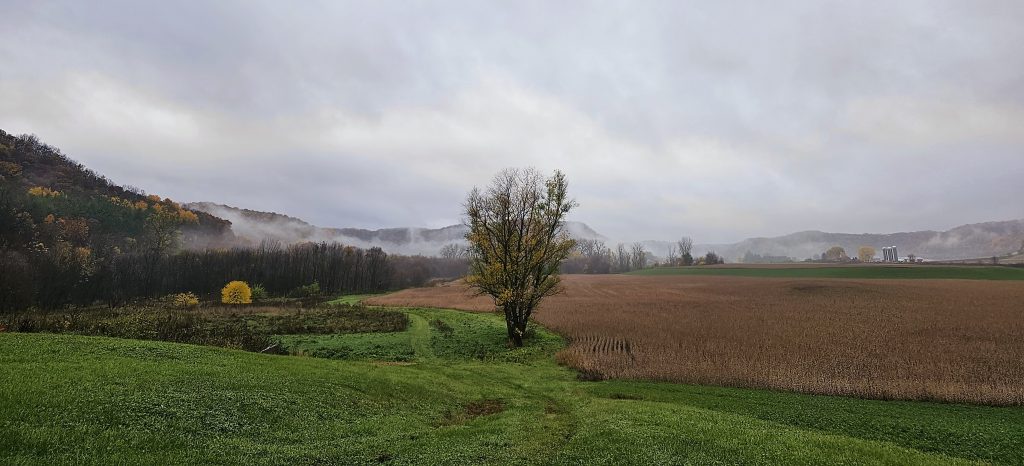
Rosie, our mama pig, is my girl. I love her very much. As I downtroddenly sauntered along our side of the creek, I shook a little container of corn and in my sweetest voice, yelled “Rosie! Rosieee!” My hope was minimal.
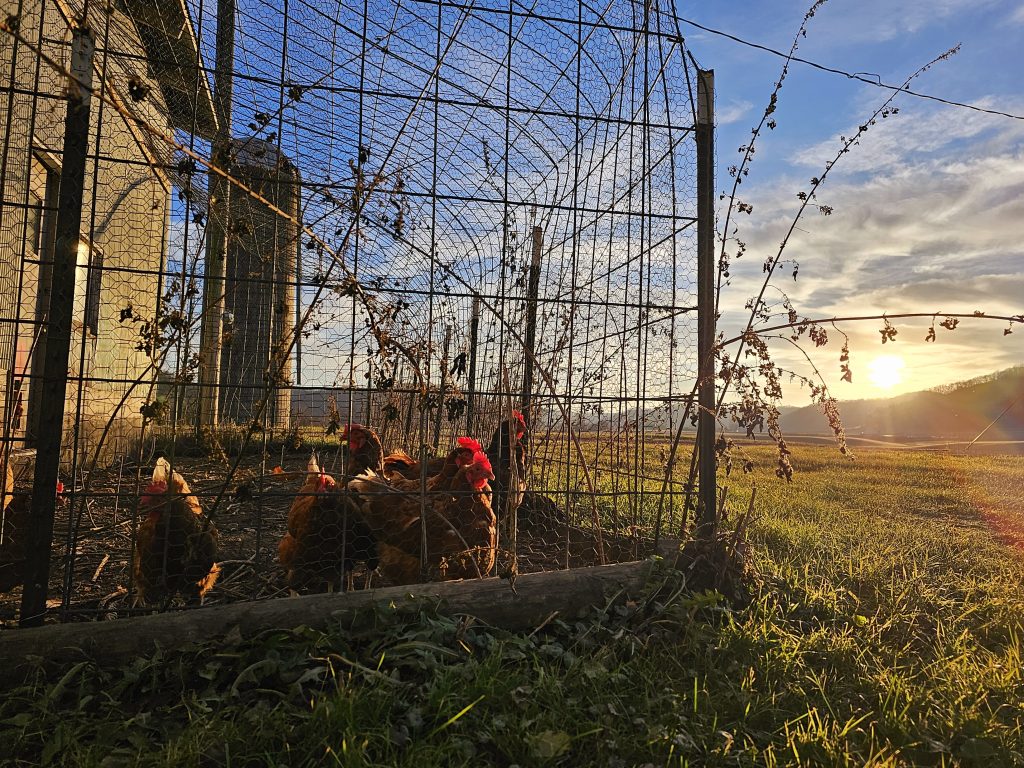
I answered a phone call from my cousin but hung up on her immediately when I heard a distant grunt. It was my grunting Rosie coming toward me on the other side of the creek! Her four little ladies were strutting behind her. I was so relieved.
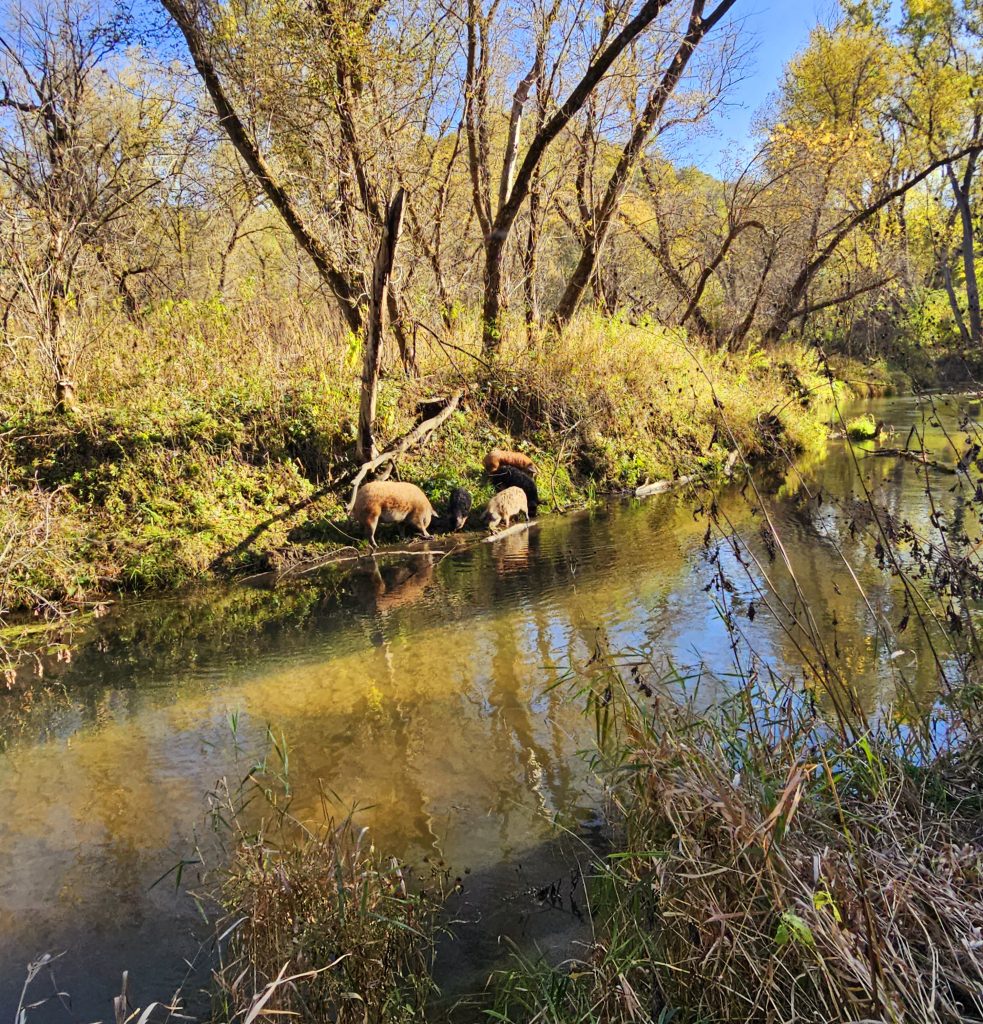
There is one single bridge that crosses the creek. Did Rosie and her piglets swim across or had they walked the half mile there and half mile back?

I tried to lure Rosie across the creek. She dipped her front feet in the water and immediately backed away. I would need to go get her.
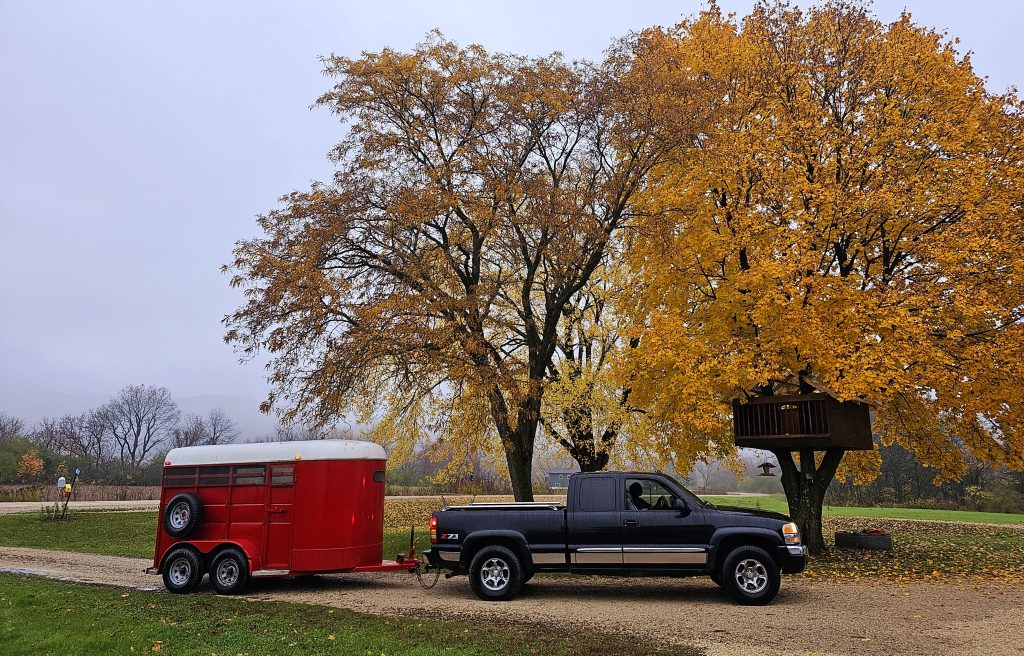
Michael called my mom to watch the kids. I called my aunt Arlette to see if she would come with me to get the pigs. Rosie loves Arlette, and I needed all the influence I could get. Michael and my dad stood by at a distance with their weaponry. I guess you could say that the shotguns were Plan B.
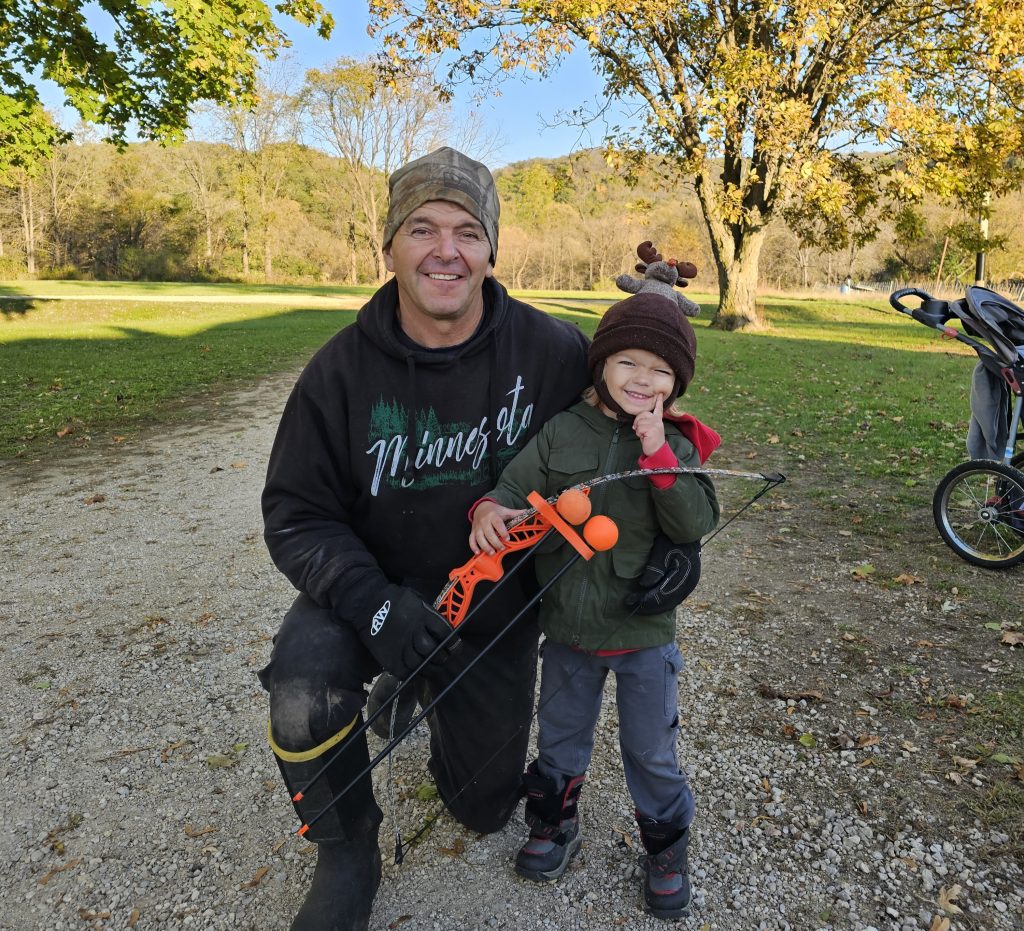
I’m not sure Arlette knew what she was getting into when she showed up in Crocs. We would be traversing little peaks and valleys, inevitably emerging full of cockle burrs, getting muddy, and possibly choosing a water passage. The Crocs did not slow her down.
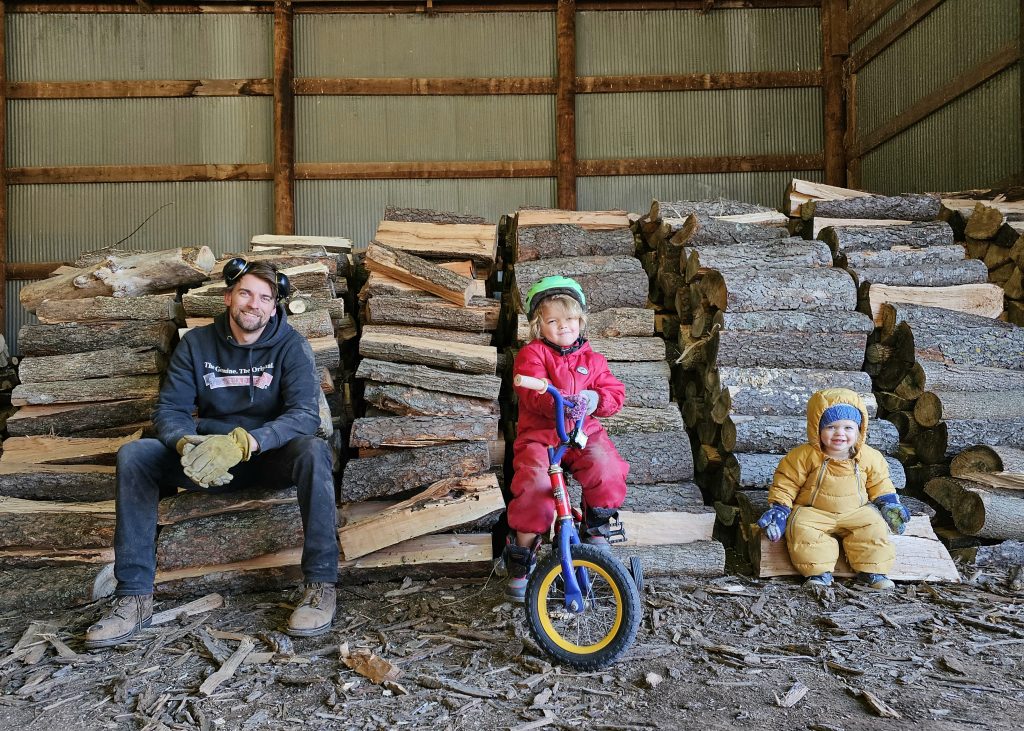
The next couple of hours were a blur. Arlette and I were in the zone, strategizing paths and constantly coaxing forward while preventing any off shoots. Esther insisted on lying down and taking many breaks while the other pigs stopped to root around when they found something of interest.
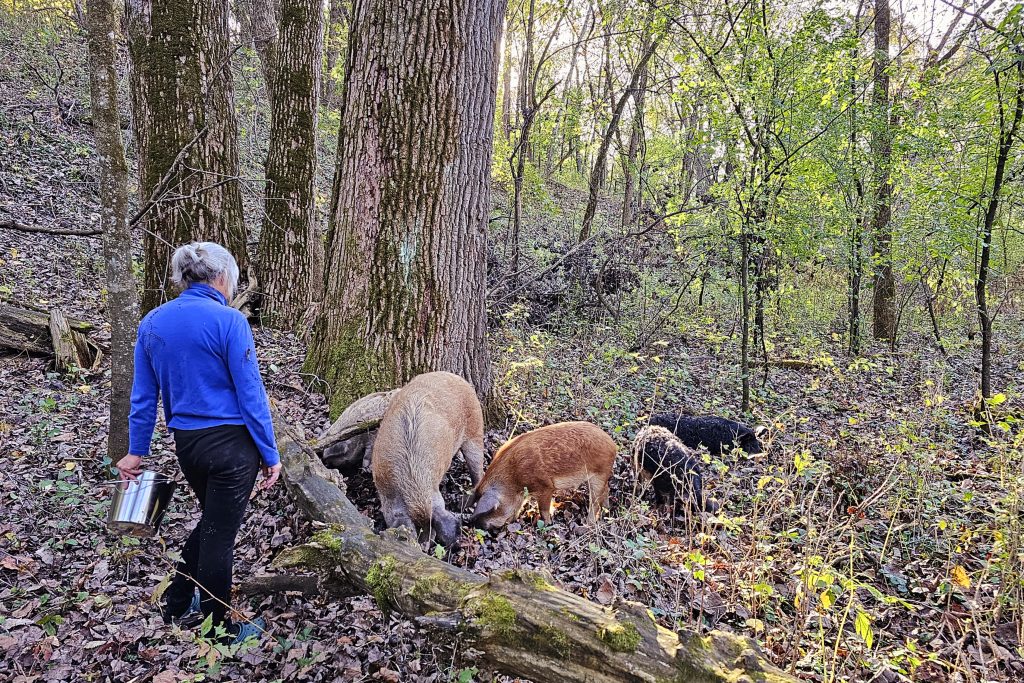
For the first half of the journey, we debated if we would try a stream crossing. We opted for the bridge route instead. I got nervous about cars that might pass onto the state land; this could spook the pigs into immediate dispersal. Michael and my dad stood by the road while trying to be out of site of Rosie who would be immediately suspicious of Michael.. and apparently for good reason.
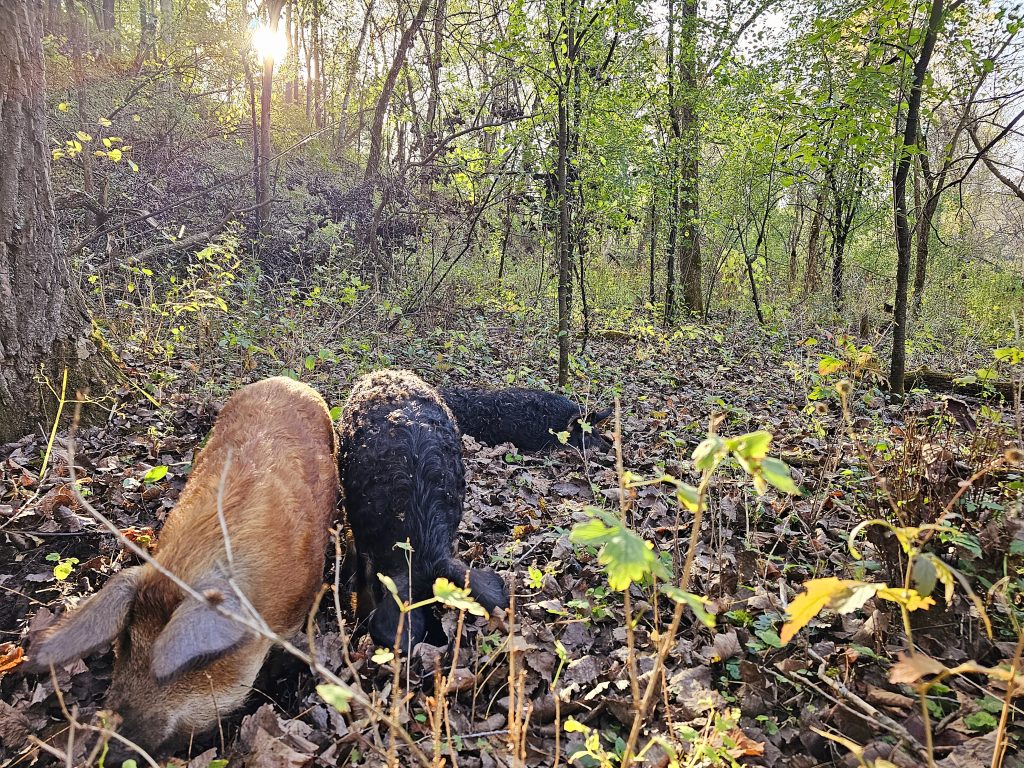
On second thought, this whole scene looked very suspicious- Arlette and I covered in cockle burrs and mud, five pigs trailing us at varying distances, and two guys with guns and a truck and trailer 50 yards behind. At some point, my mom and the kids were also a part of the march.
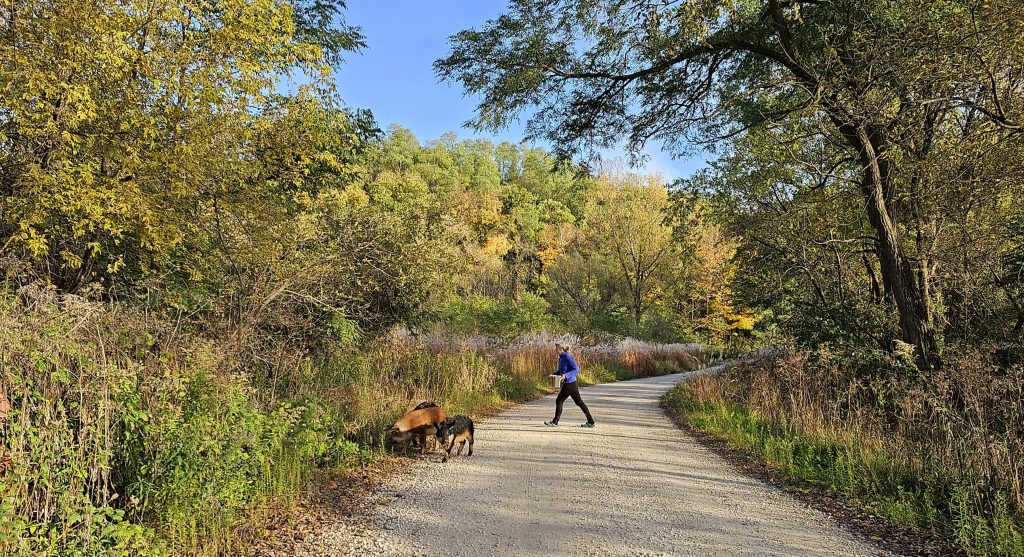
We passed Arlette’s house on the way to our house. At this point, we thought we would lure the pigs into her garage. I grabbed her decorative pumpkin from the front porch and said, “Arlette, Rosie would love this!” at which point Arlette chucked the pumpkin onto her cement driveway to bust it up for pig bait. This memory lives rent free in my head as I laugh to think about the sacrifice of fall decor for this seemingly necessary intervention.
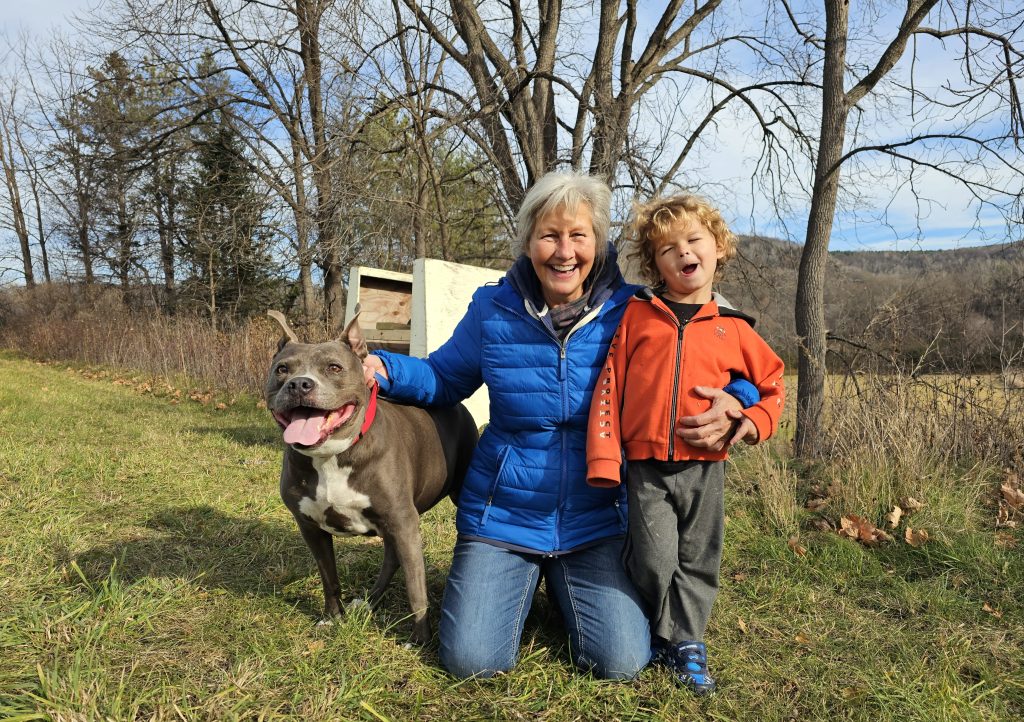
The pigs did not buy into the garage idea, and instead, we got them all the way back to our barn. The pigs were wiped and so were we.
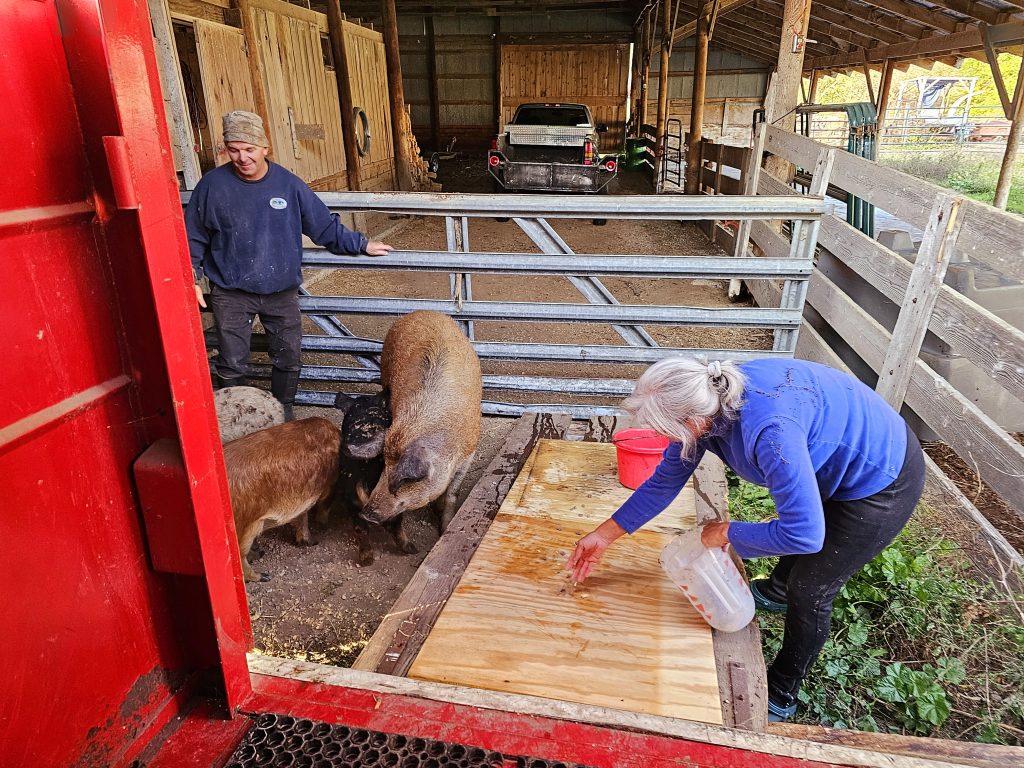
On the next day, I replaced Arlette’s pumpkin and Michael made an appointment with the butcher. I will not be serving life in prison after all, and Michael never did get his misdemeanor. There’s always next year.

Happy New Year!
